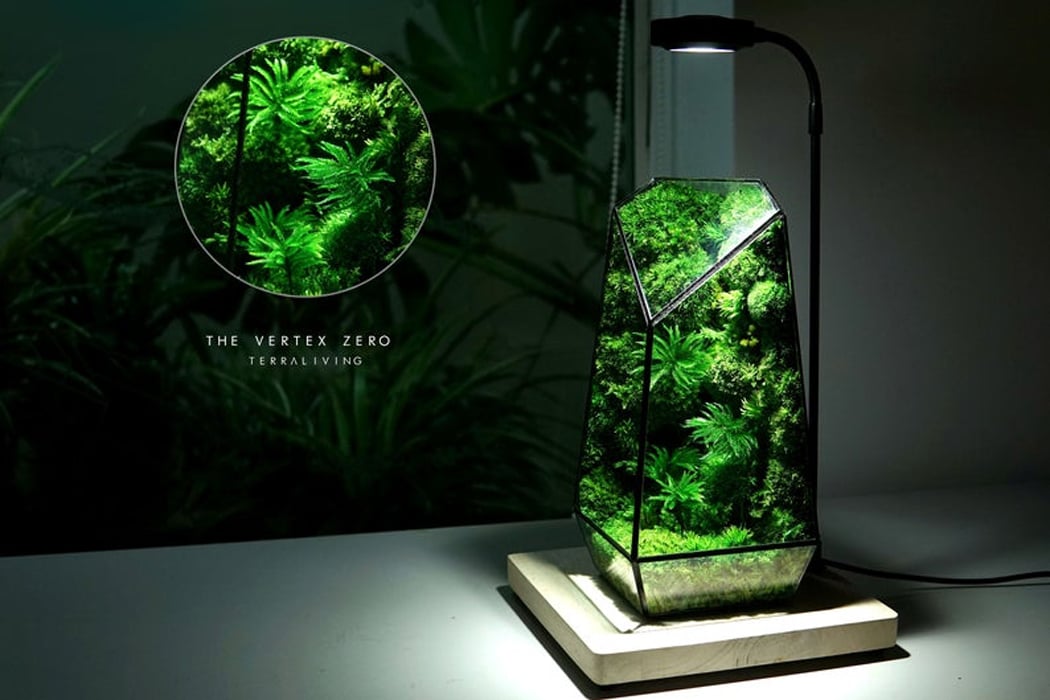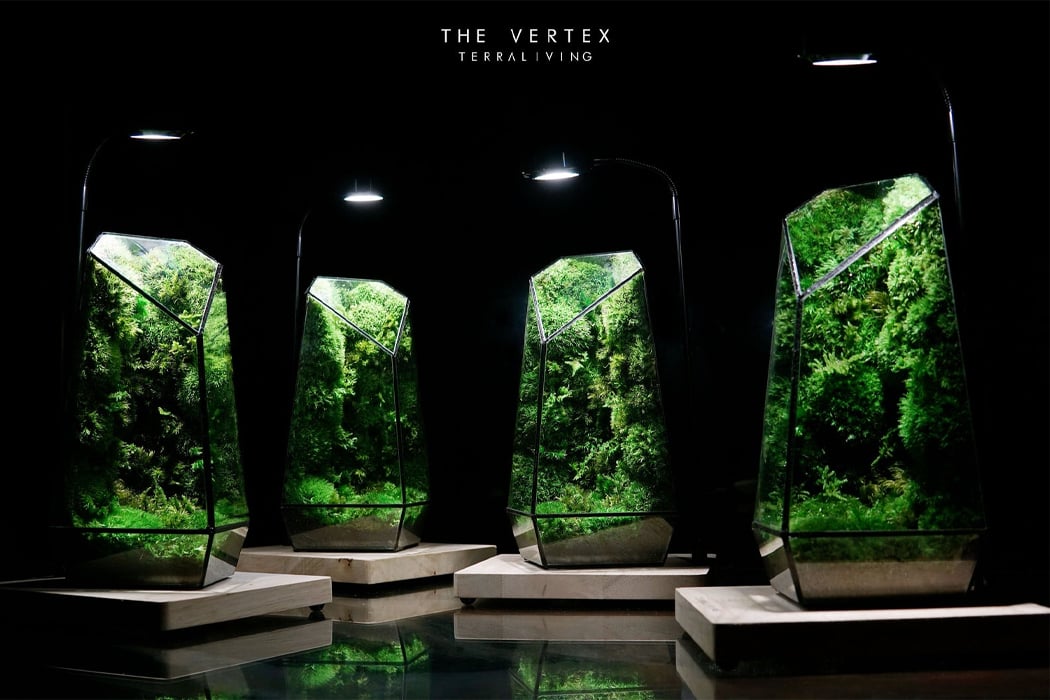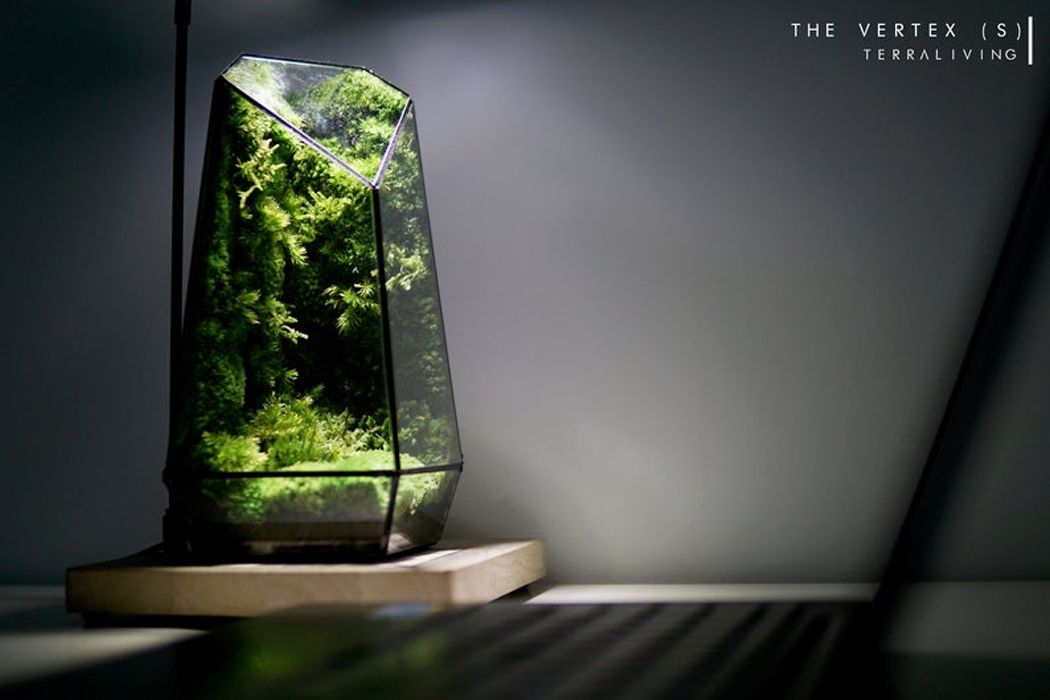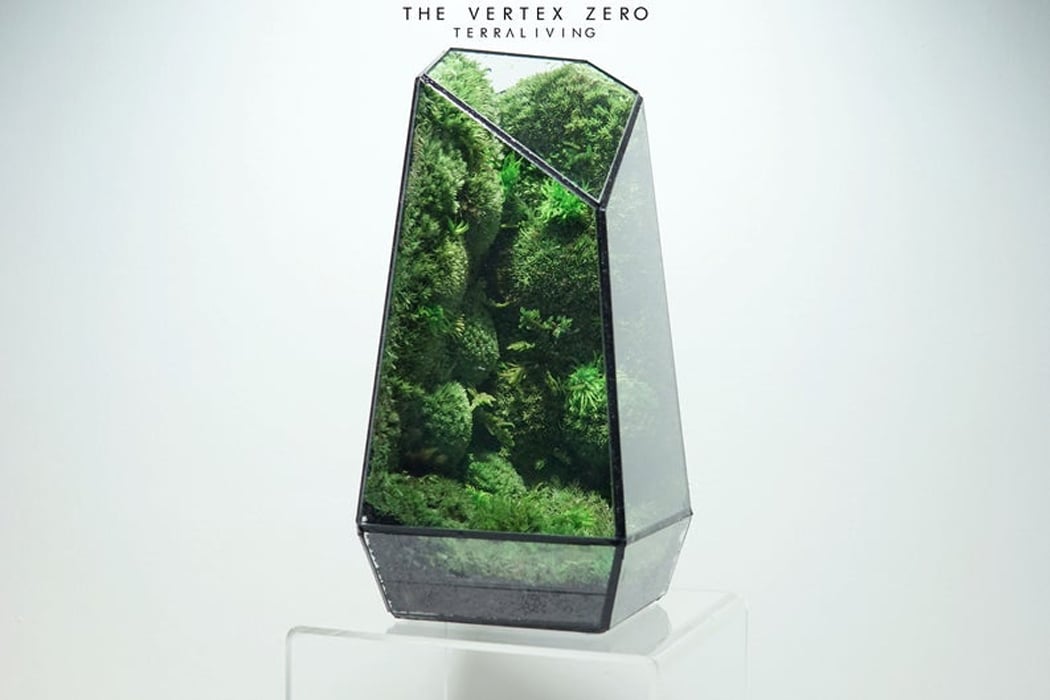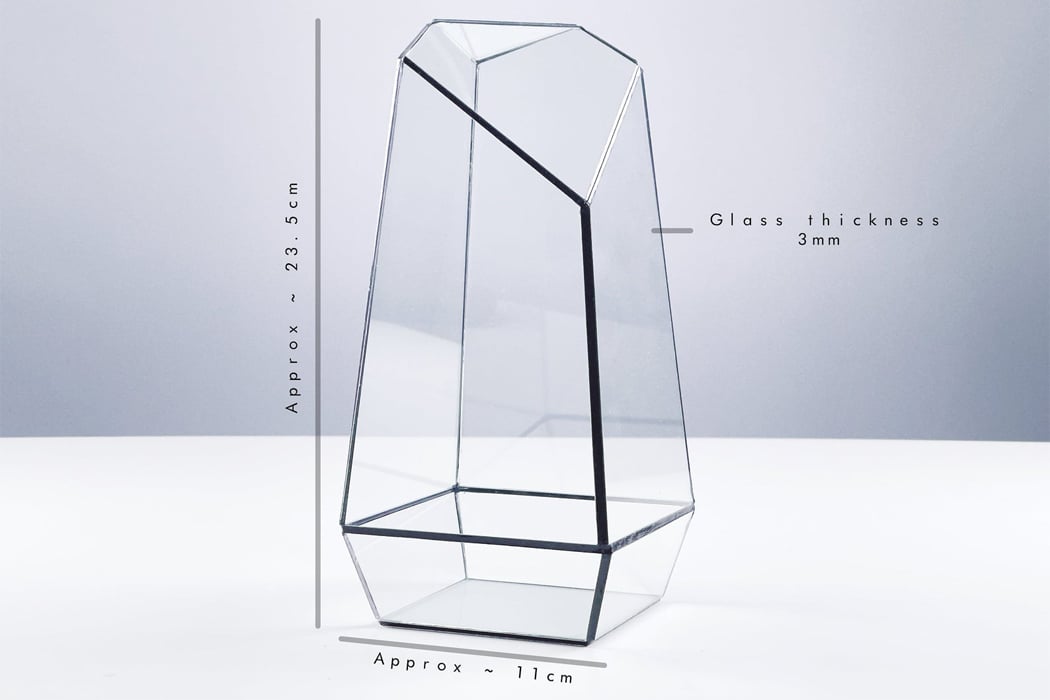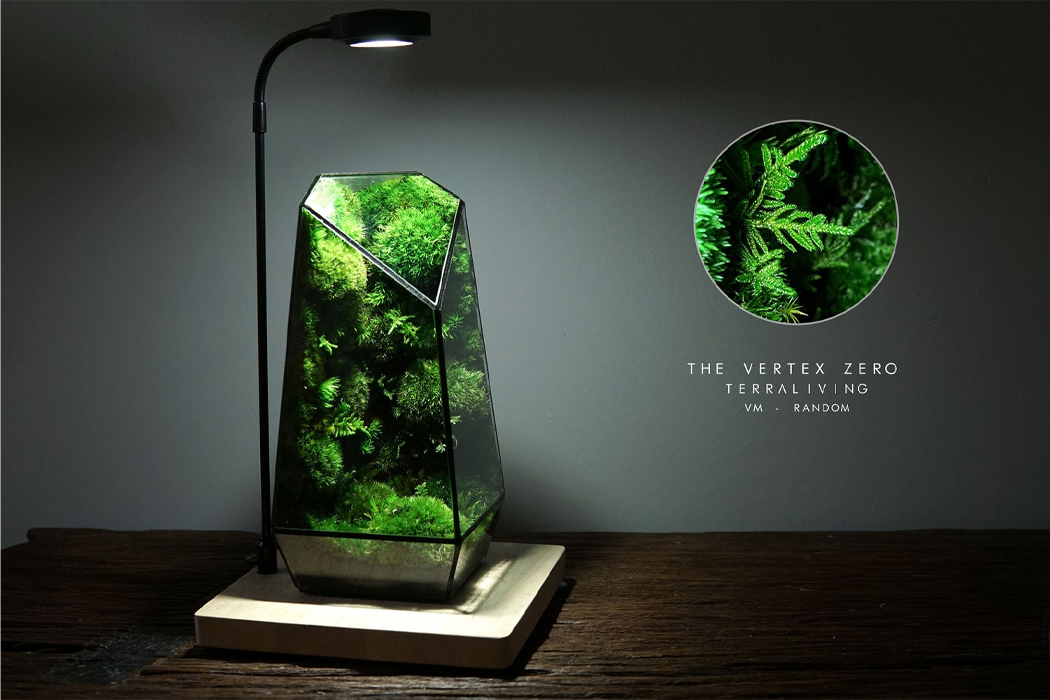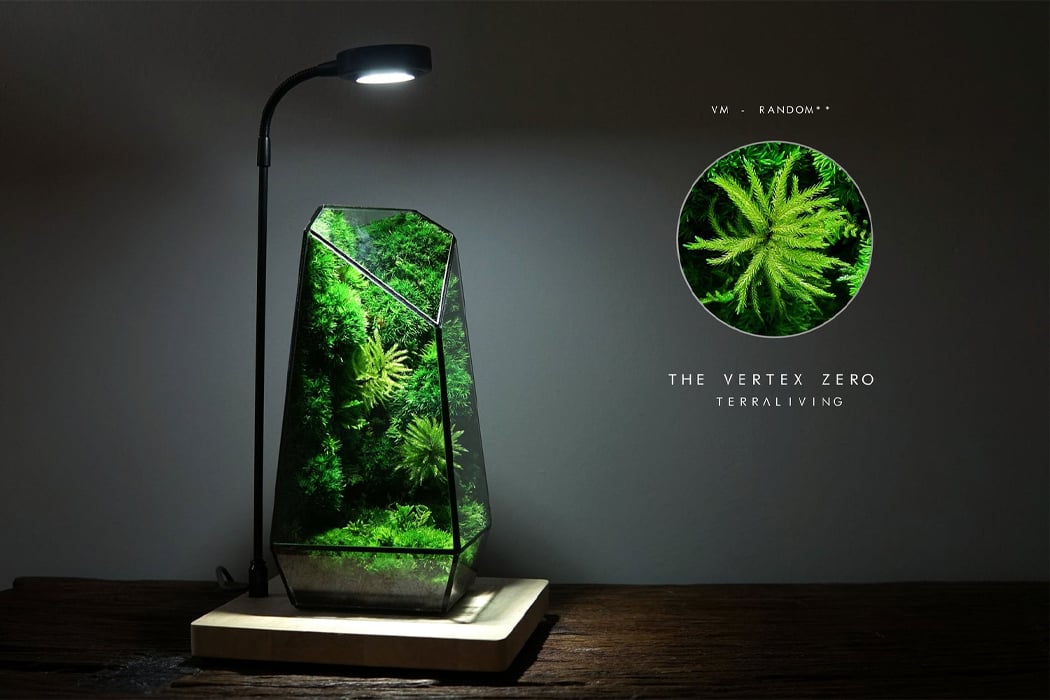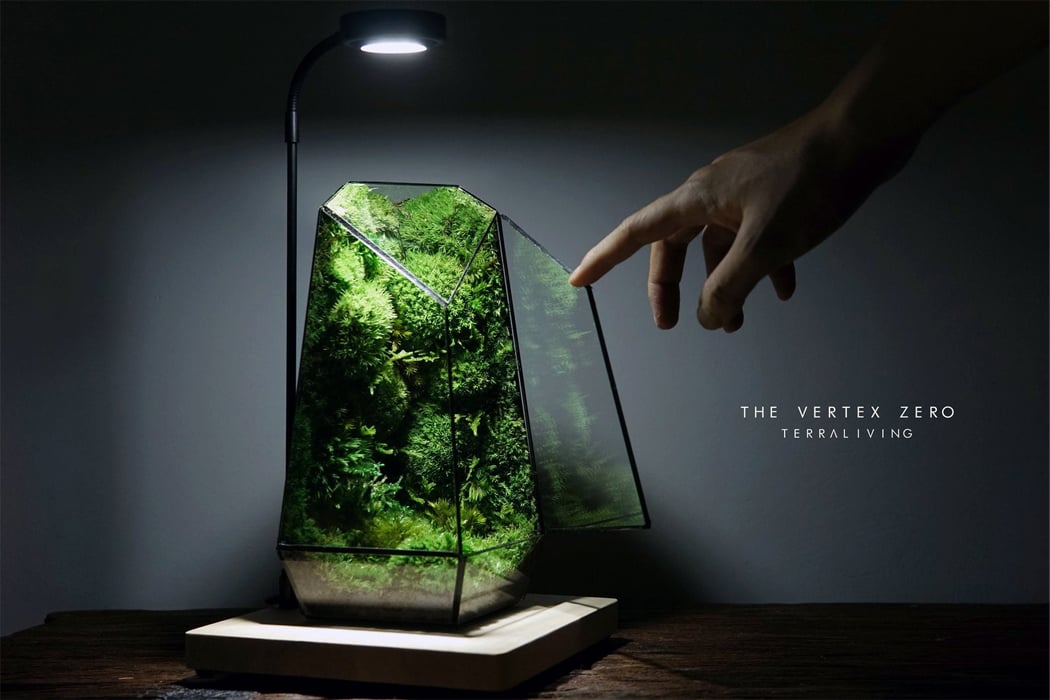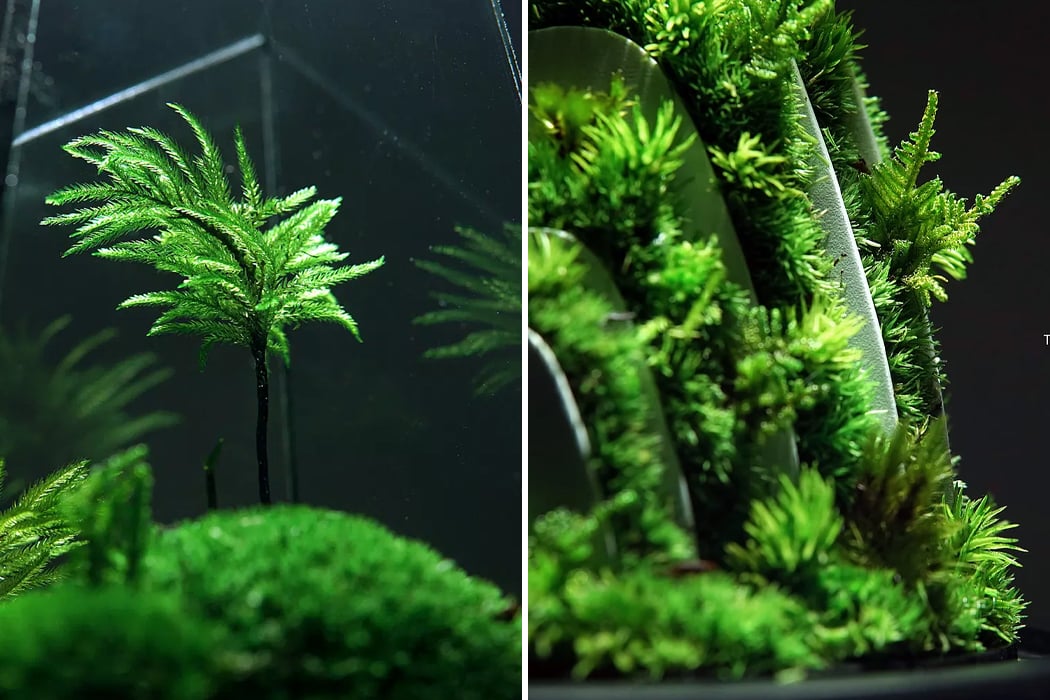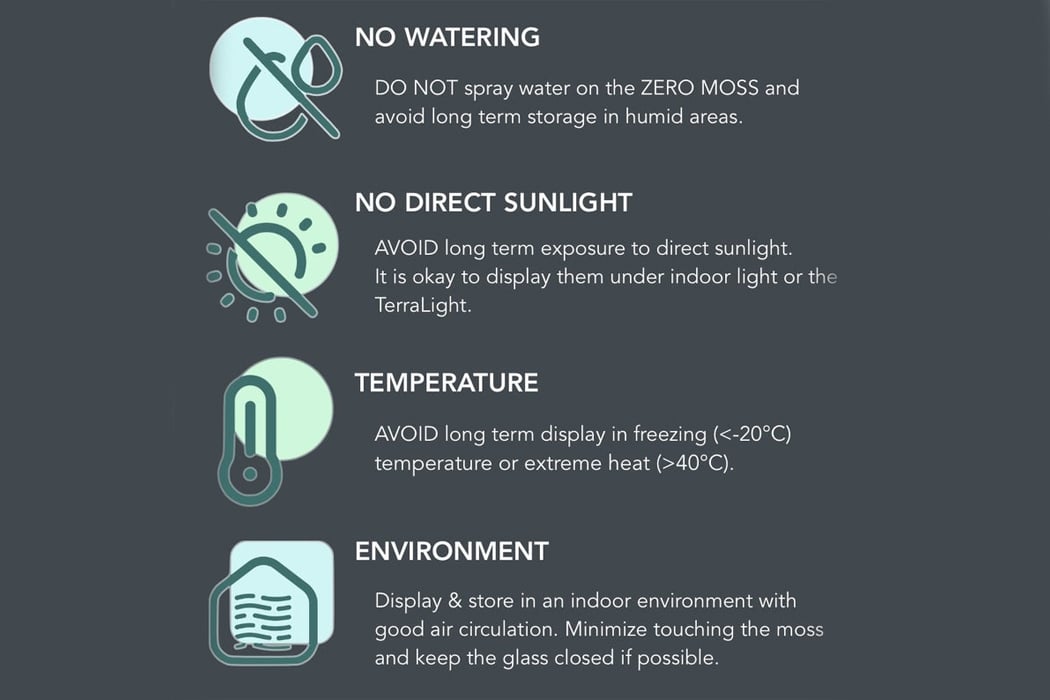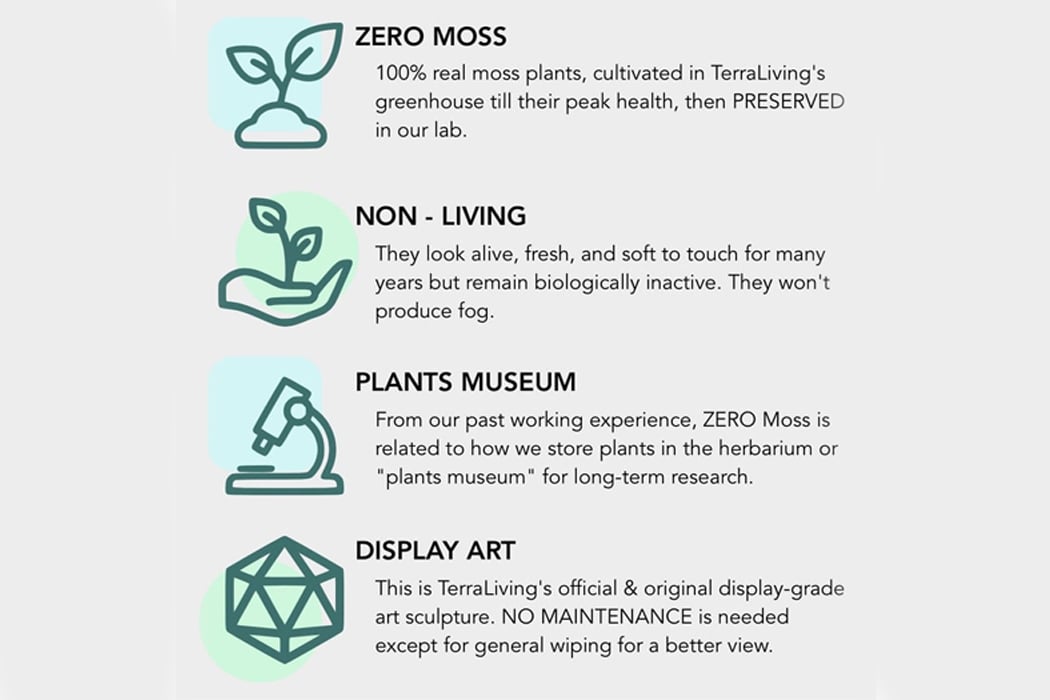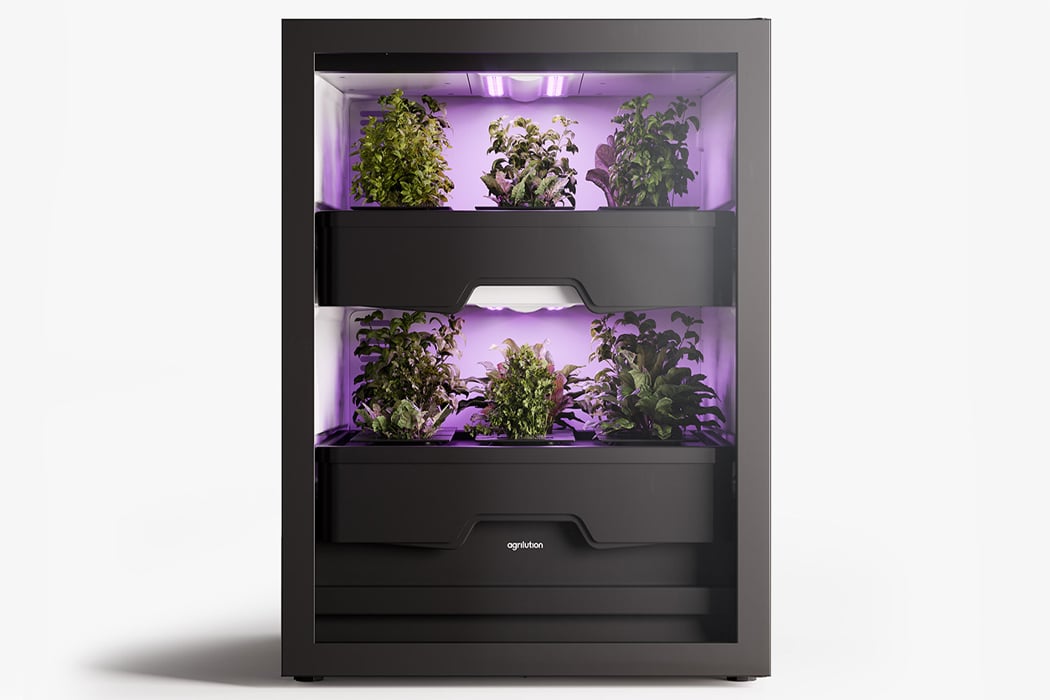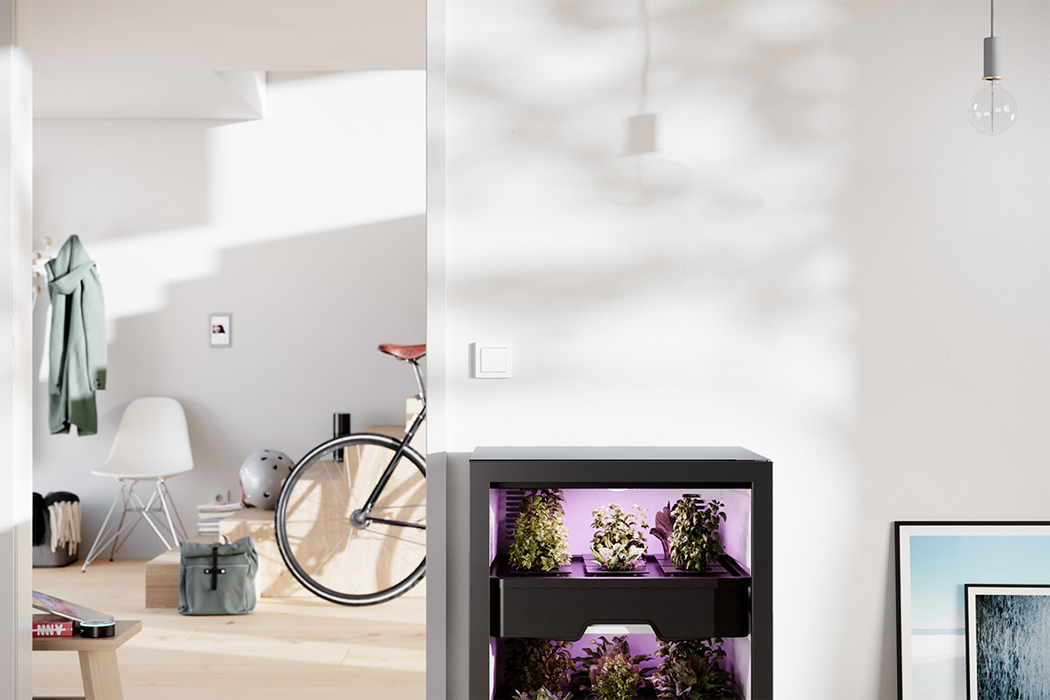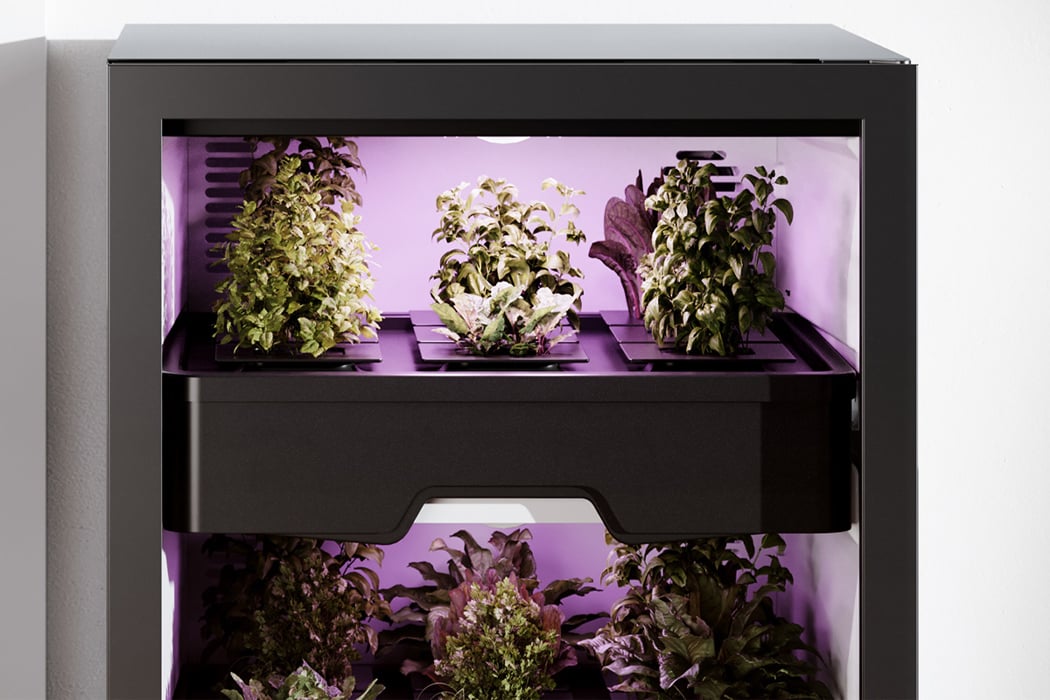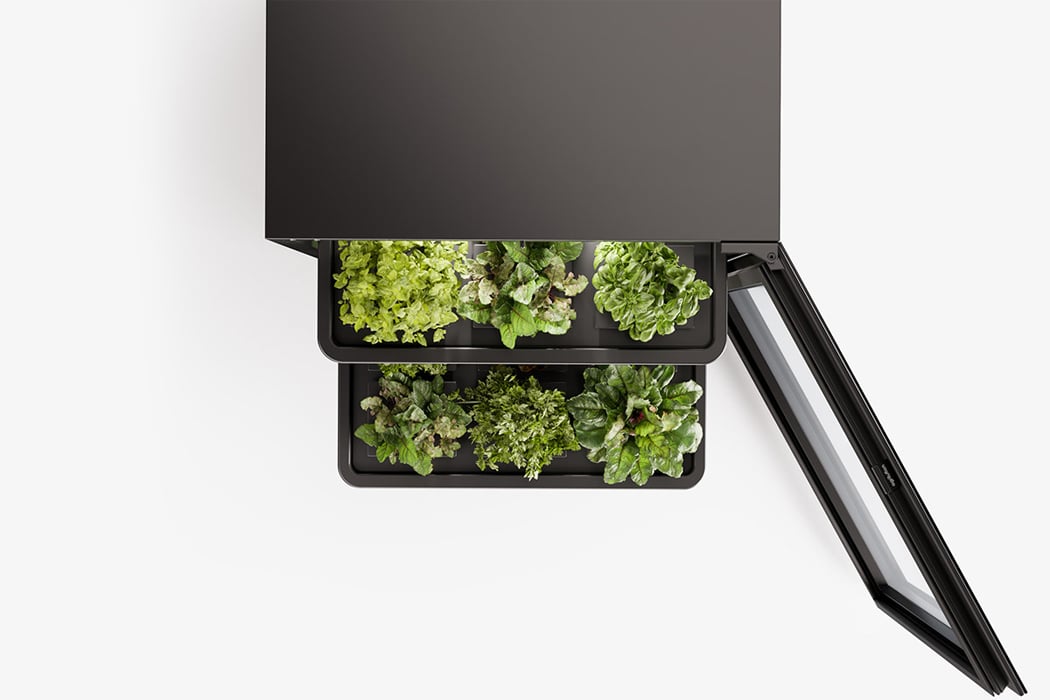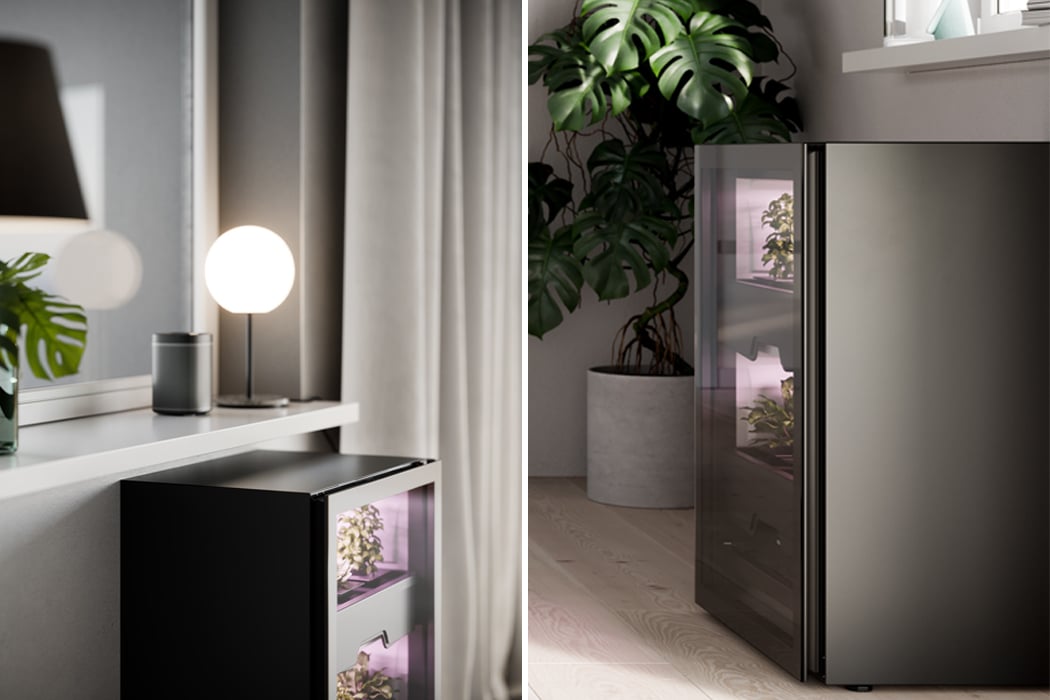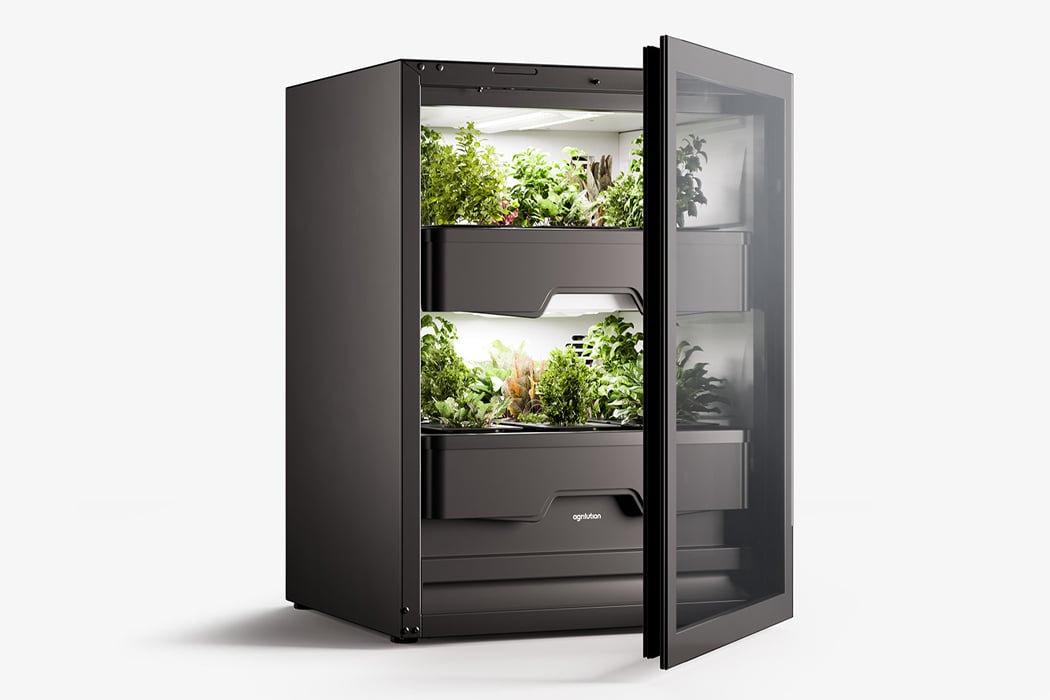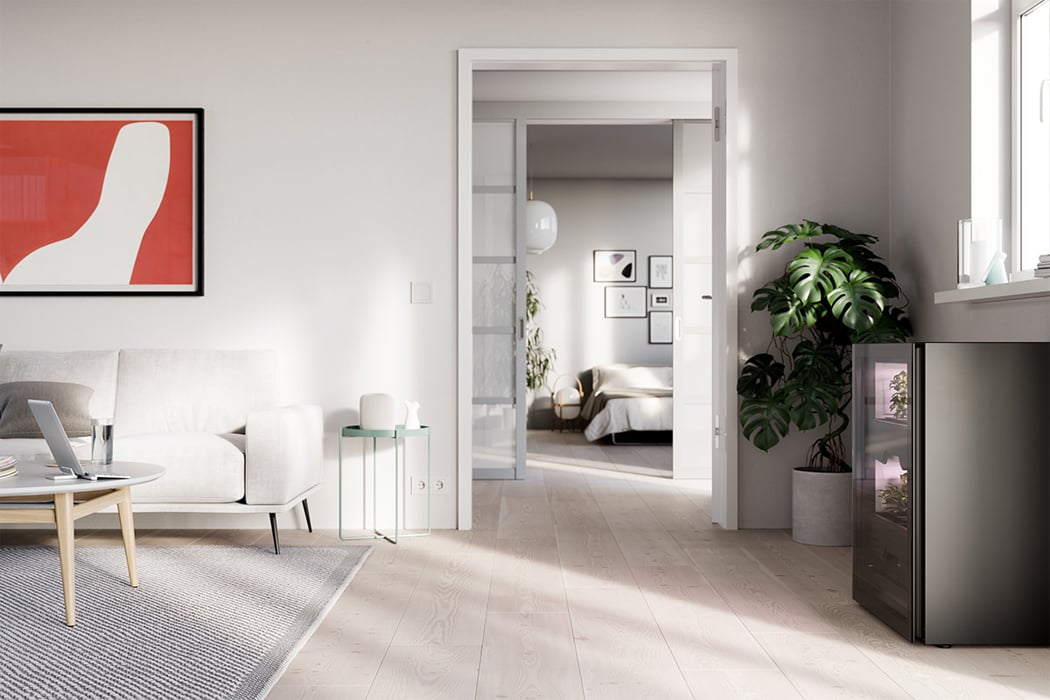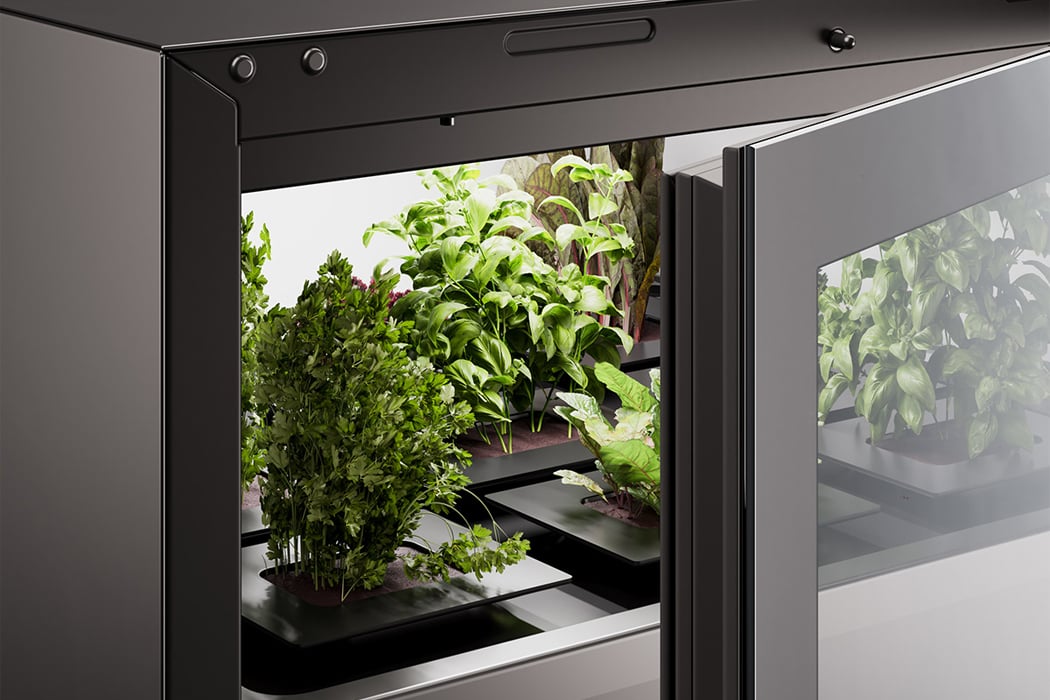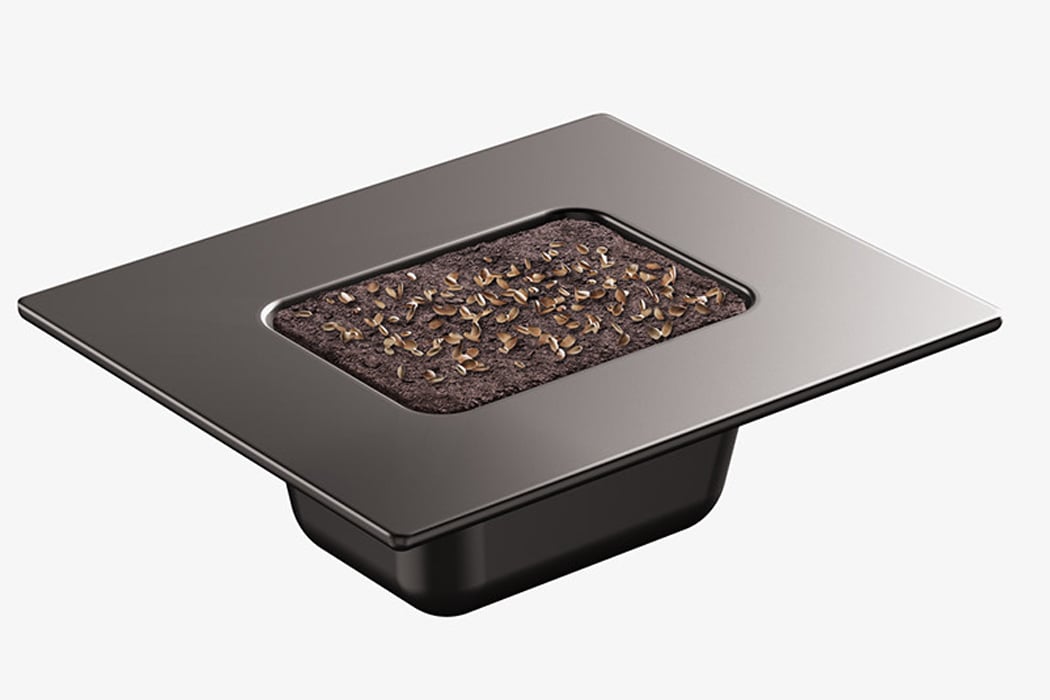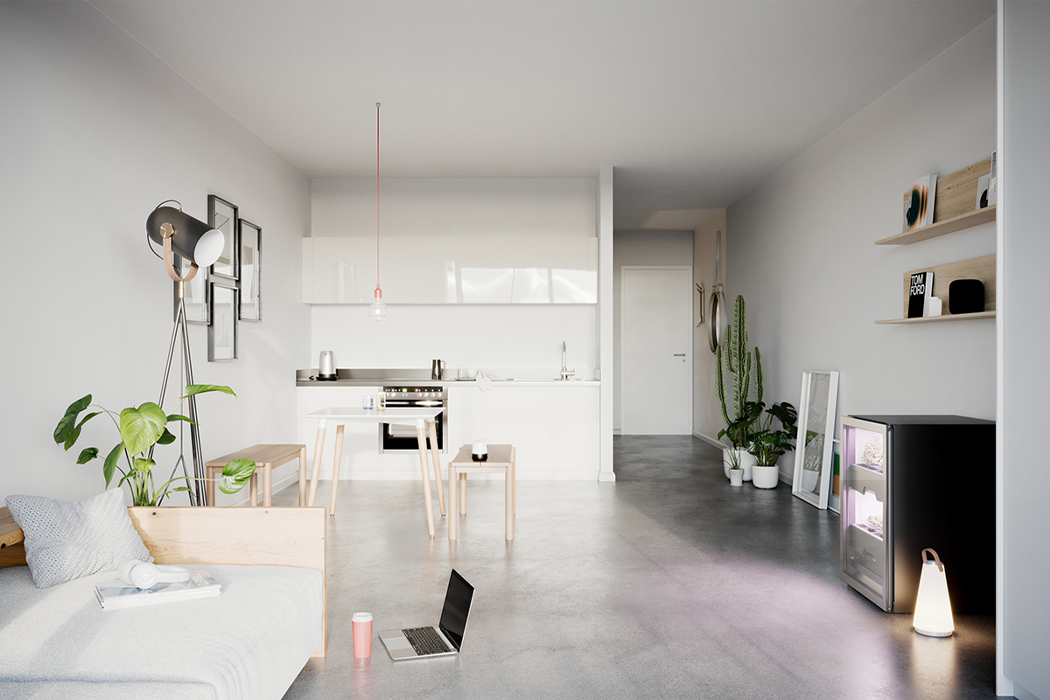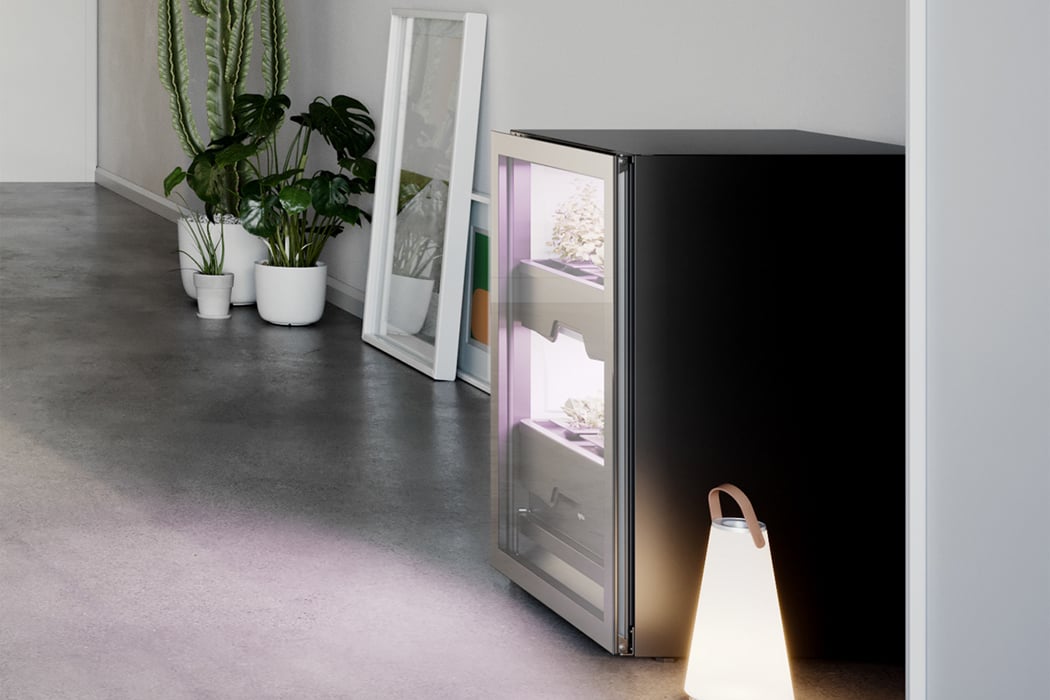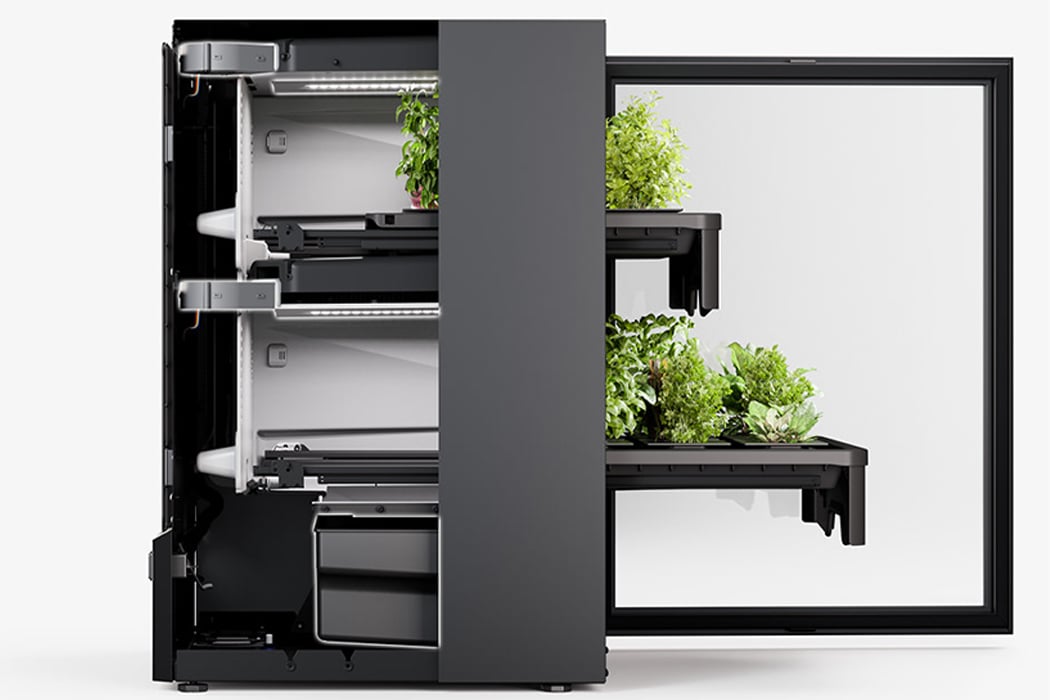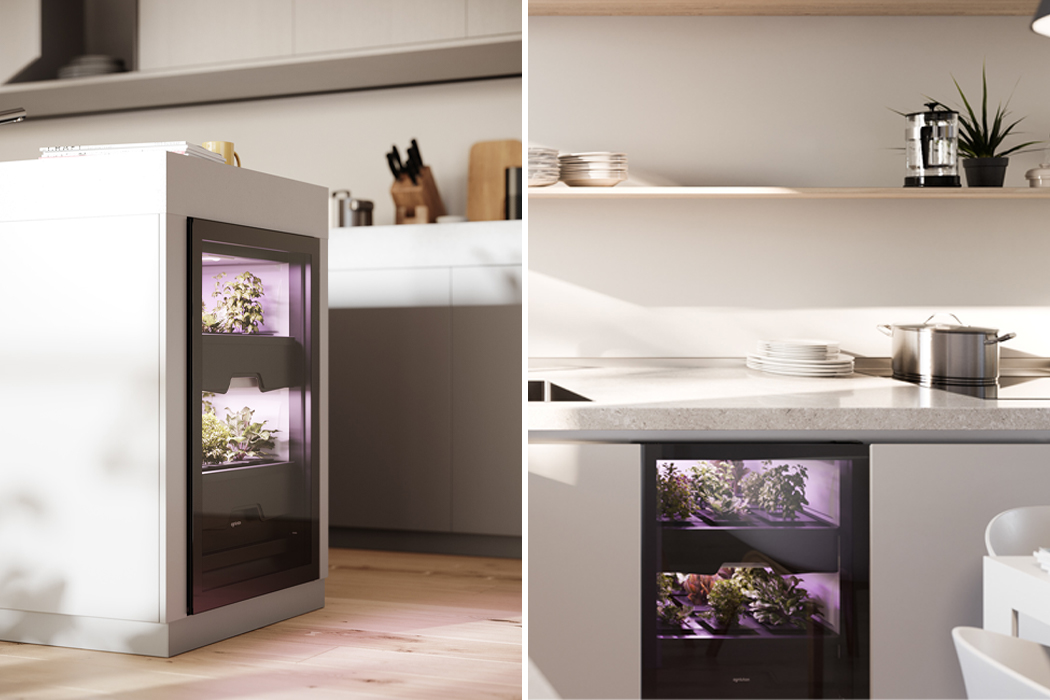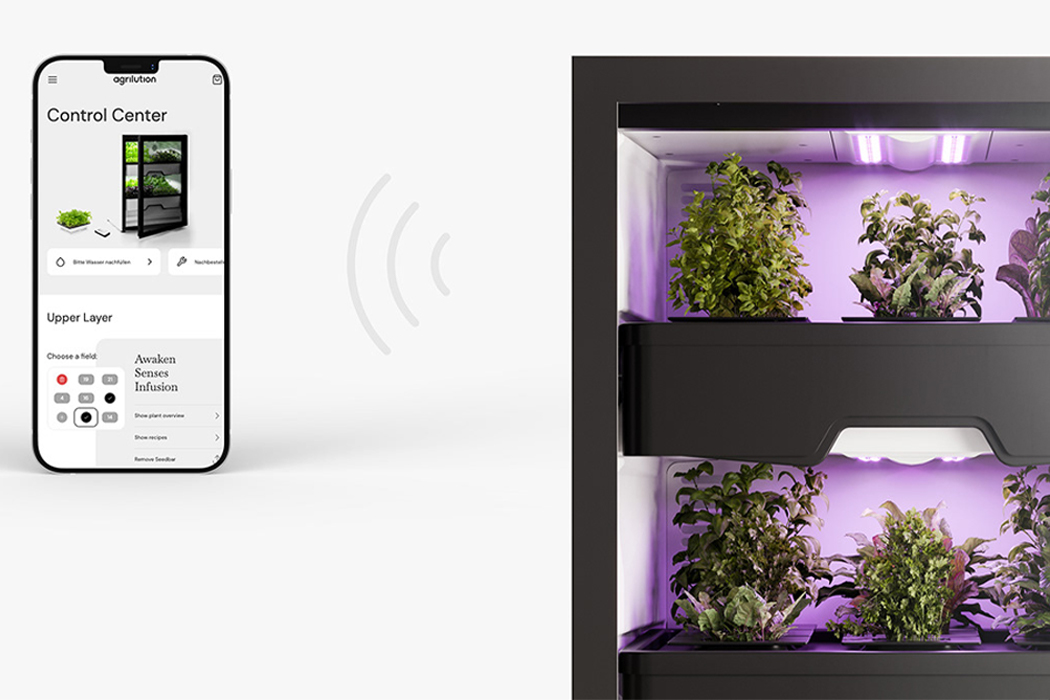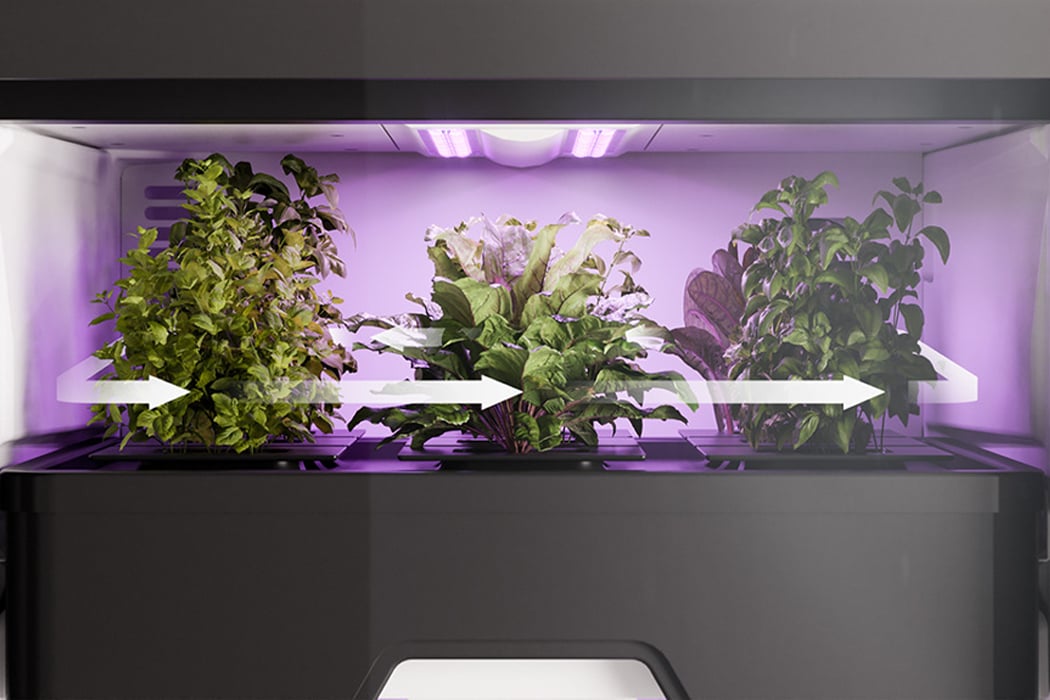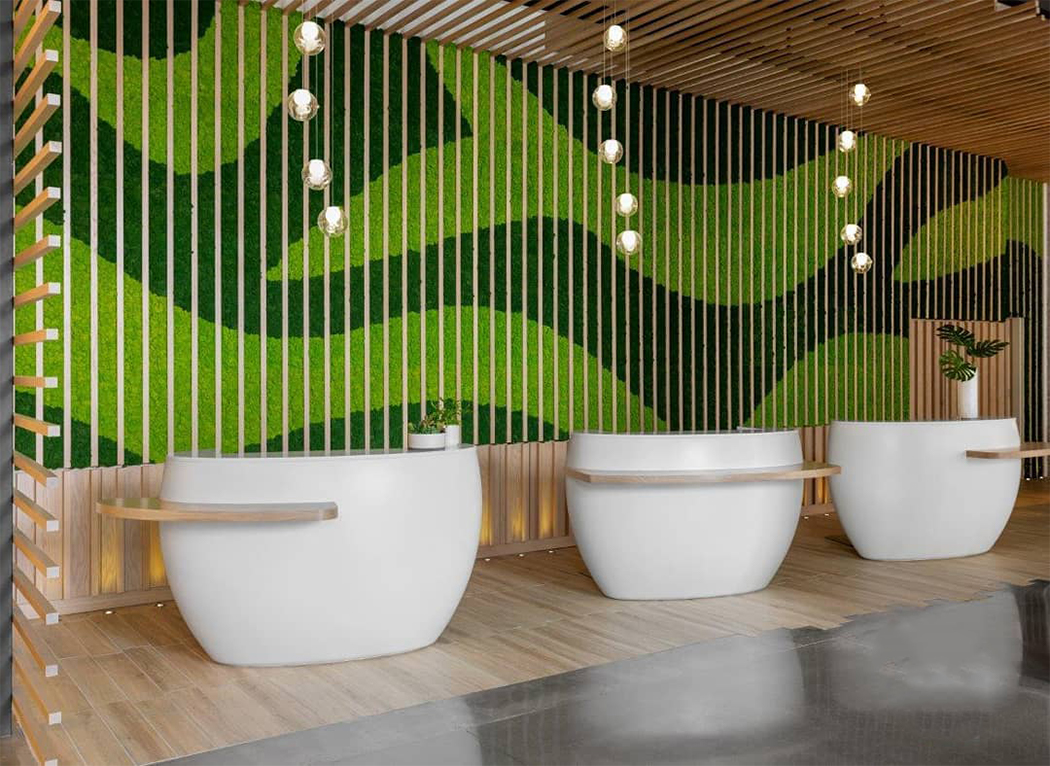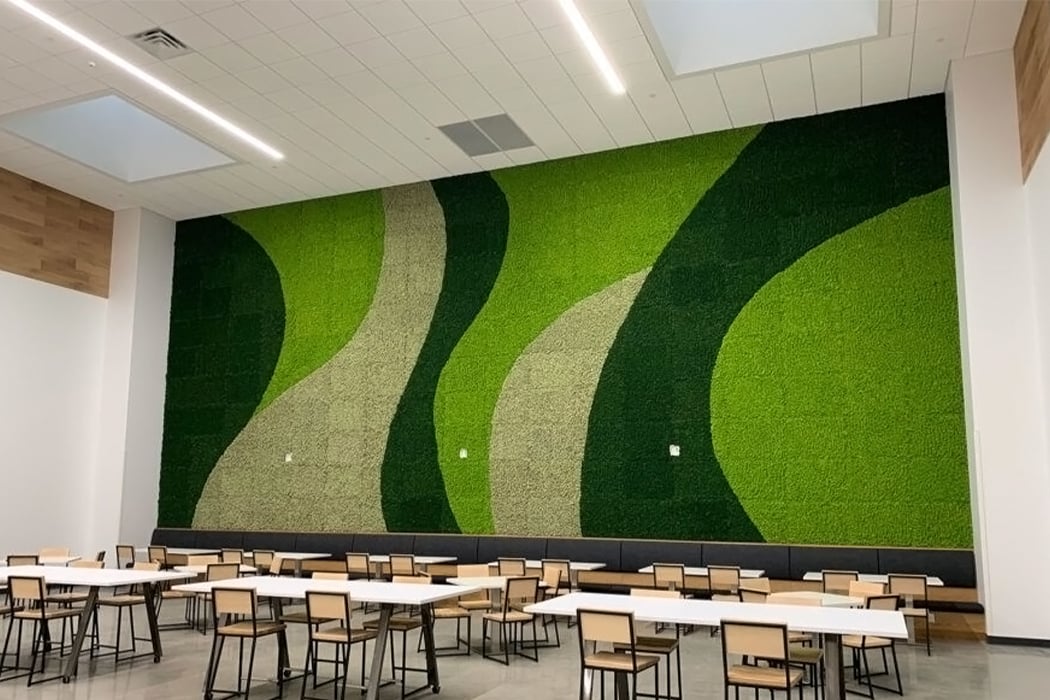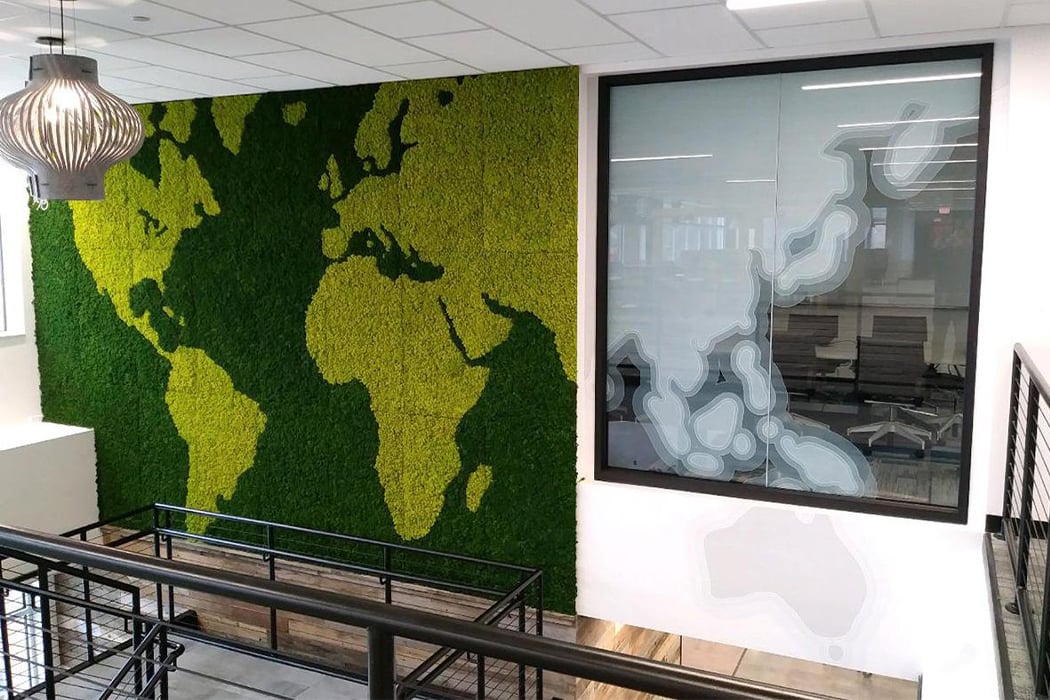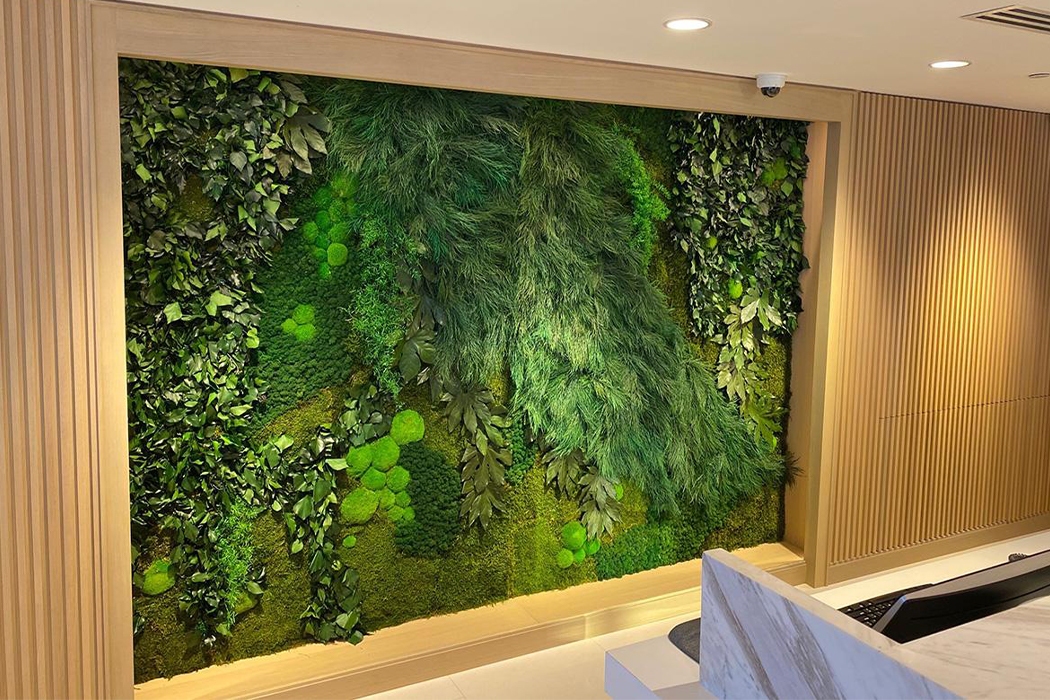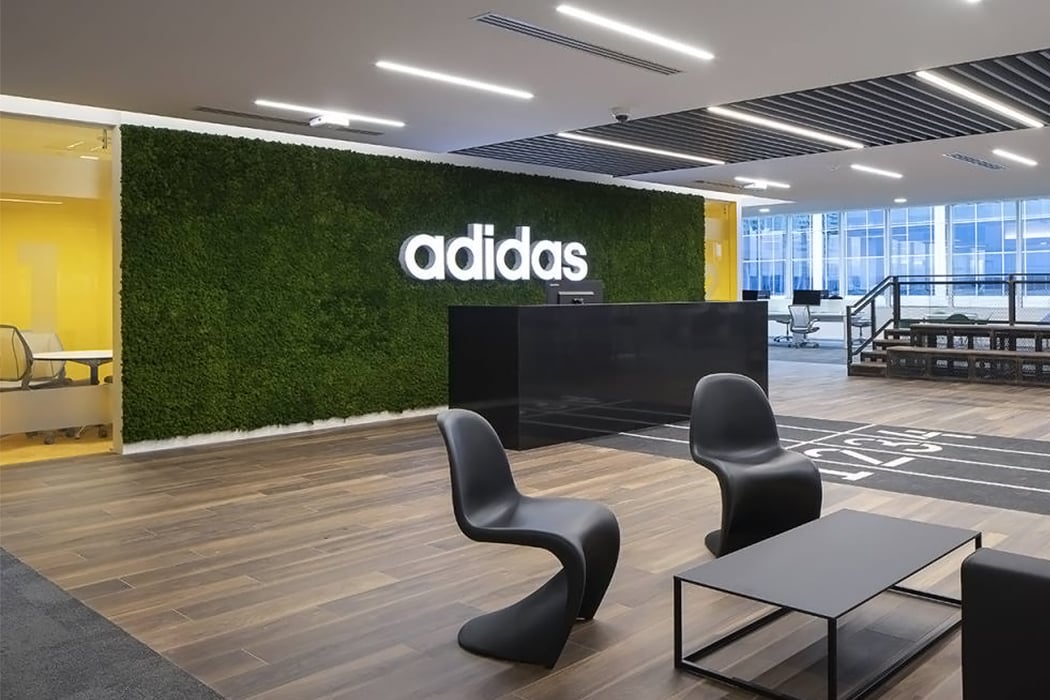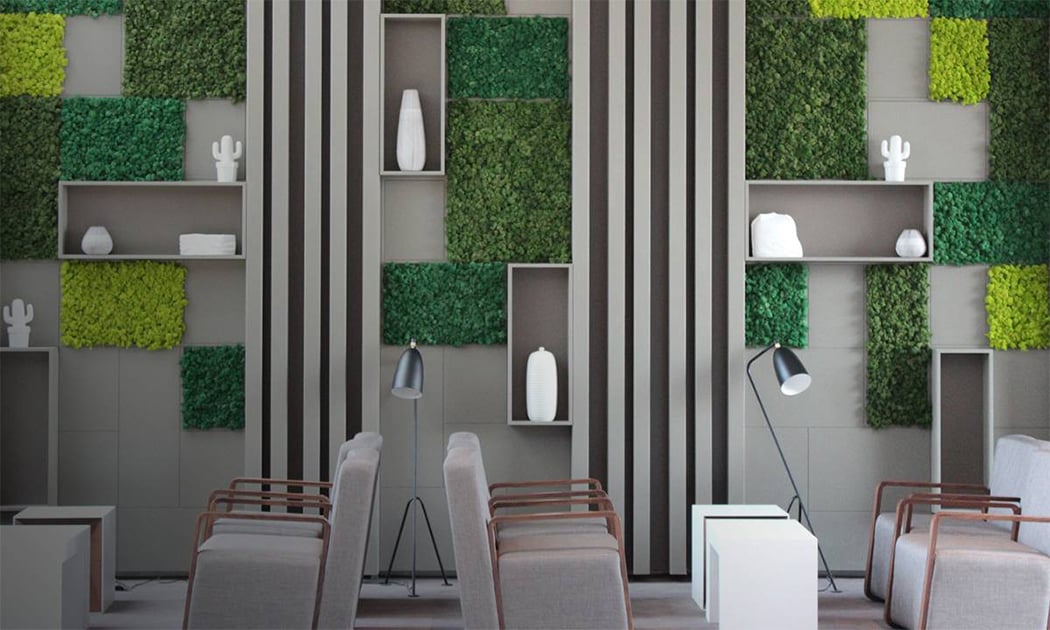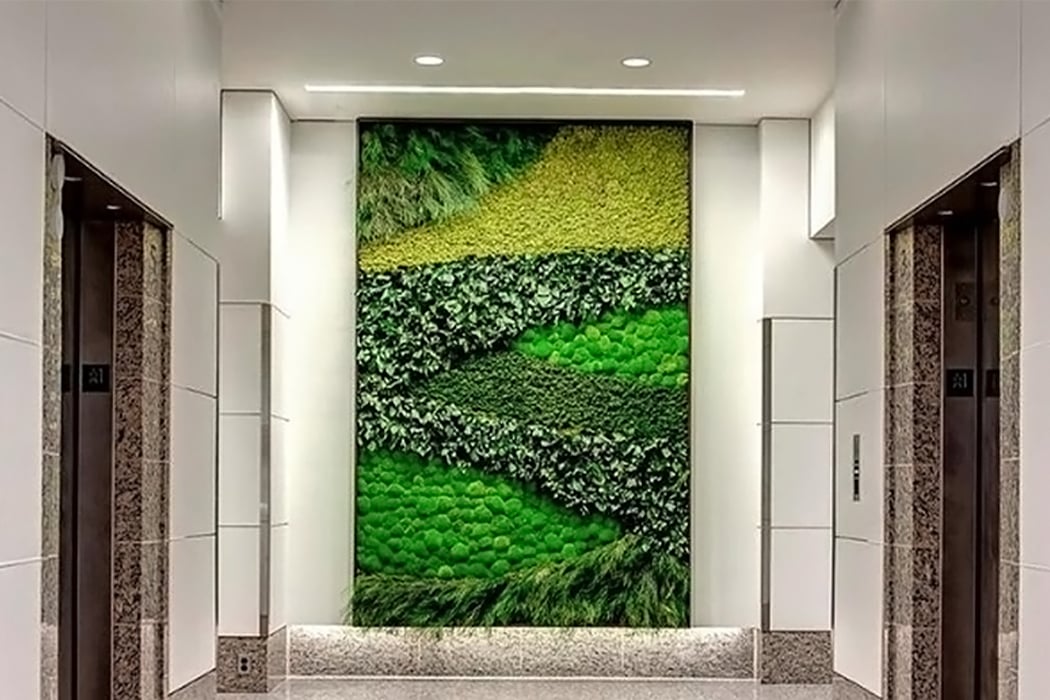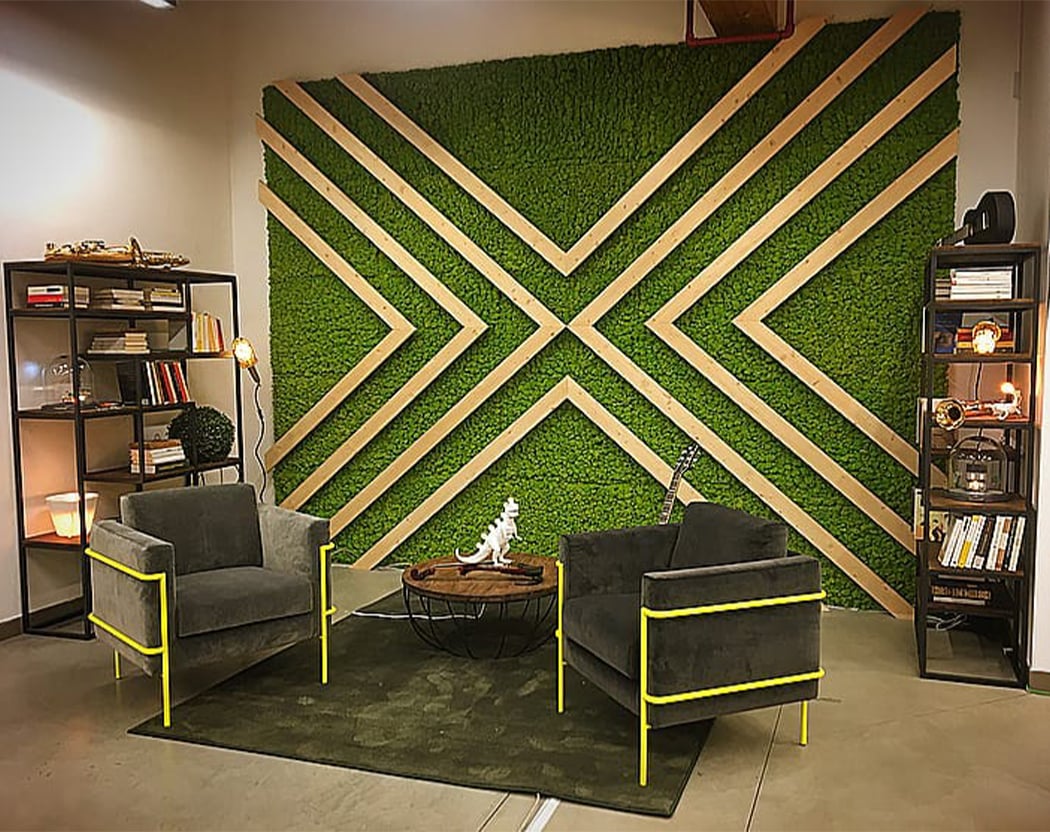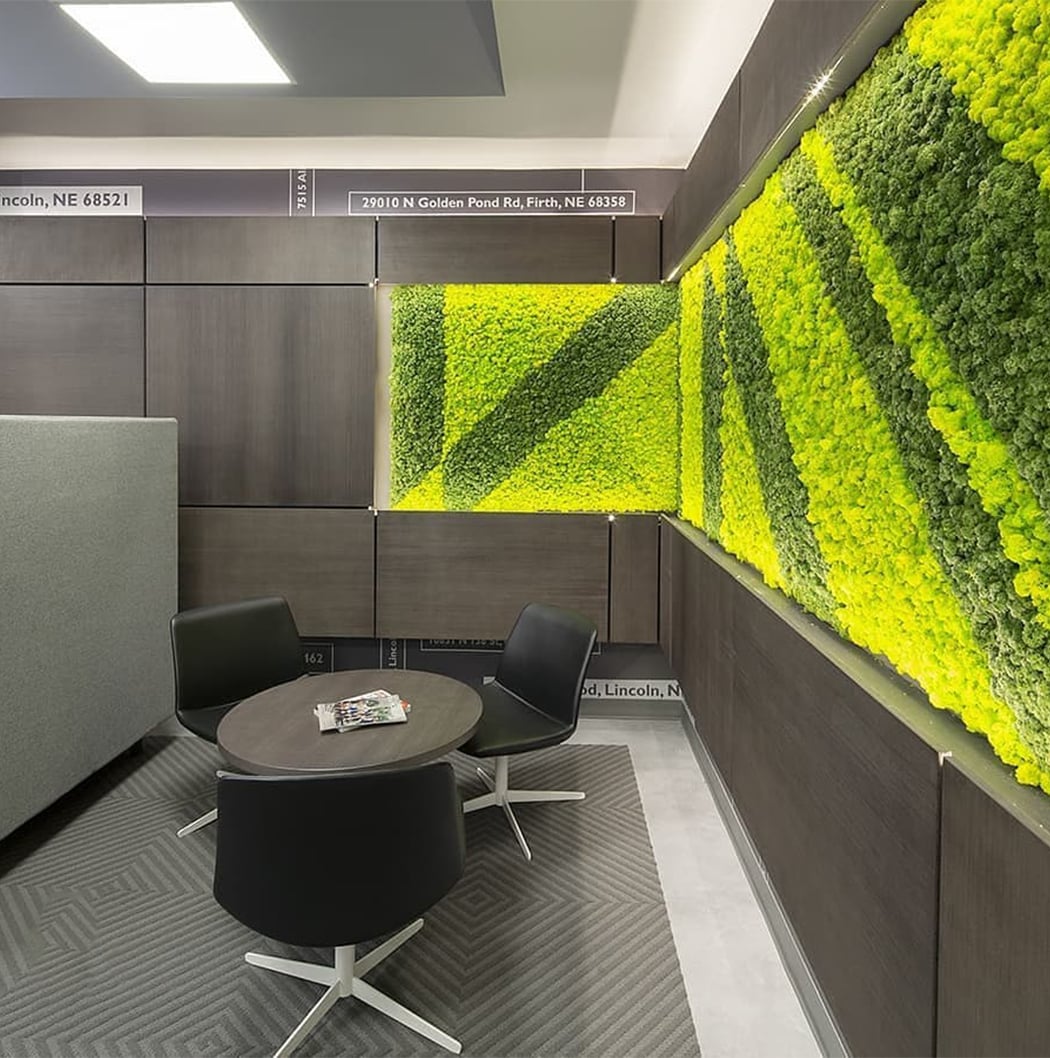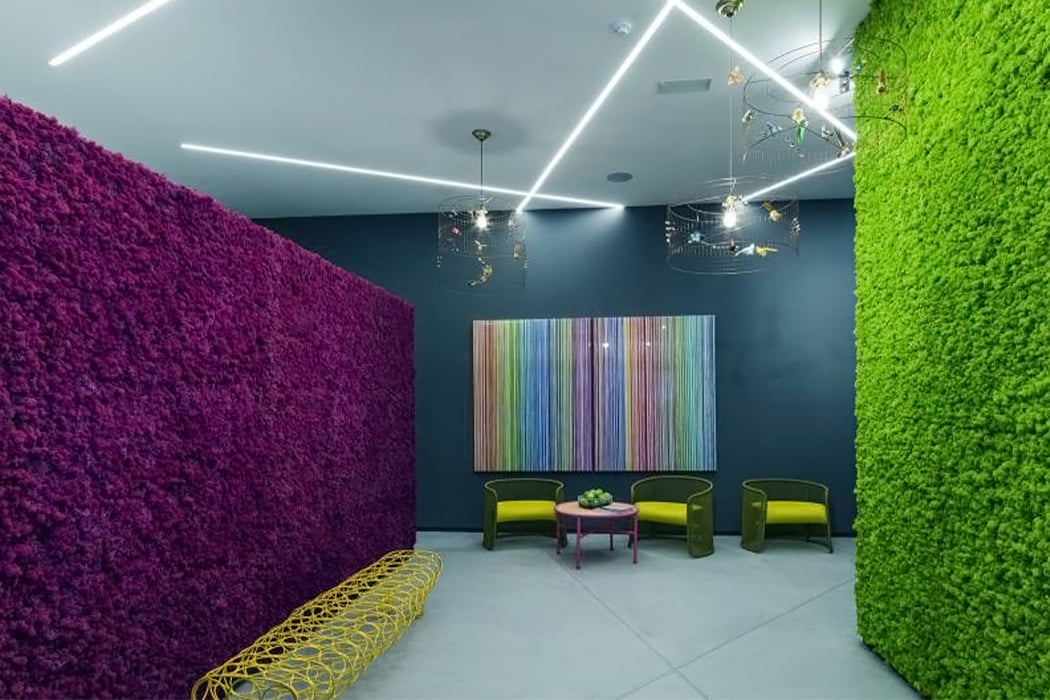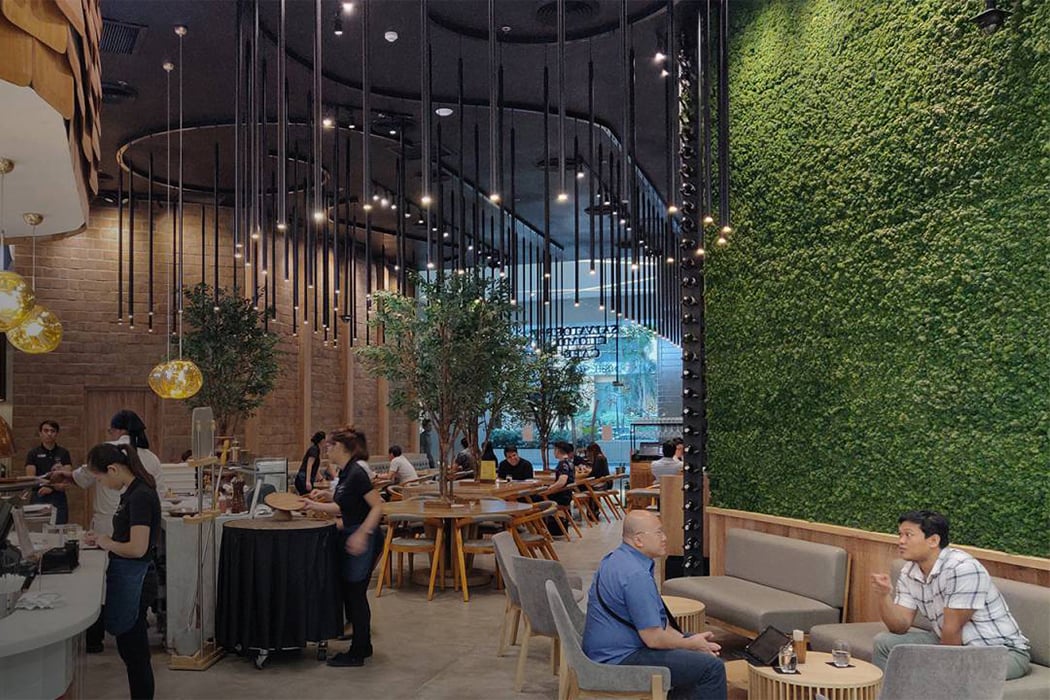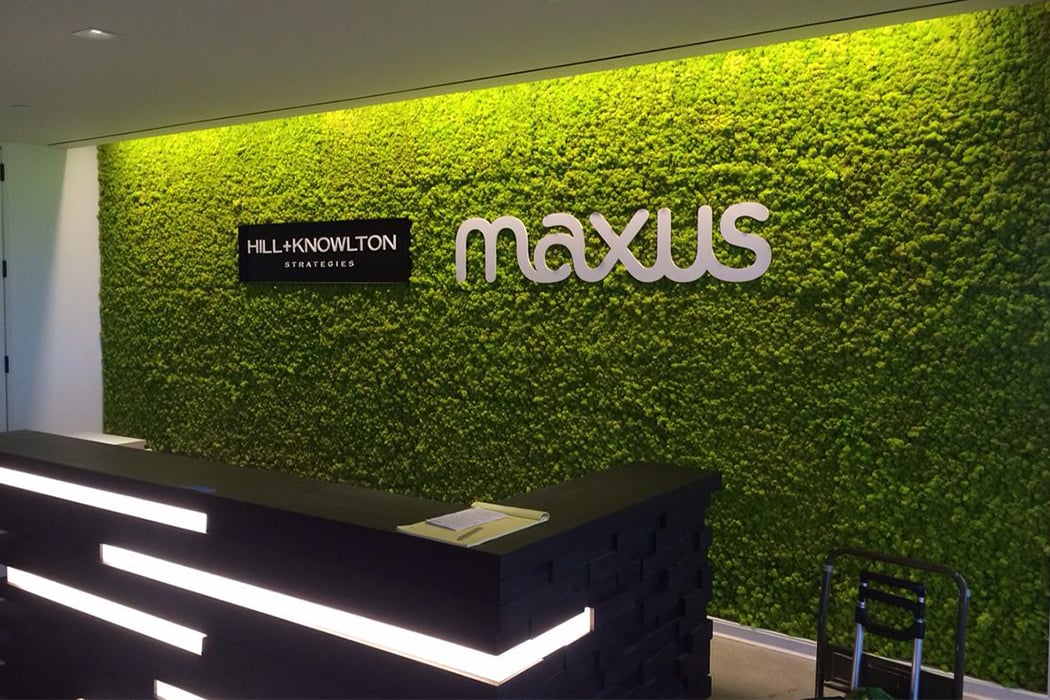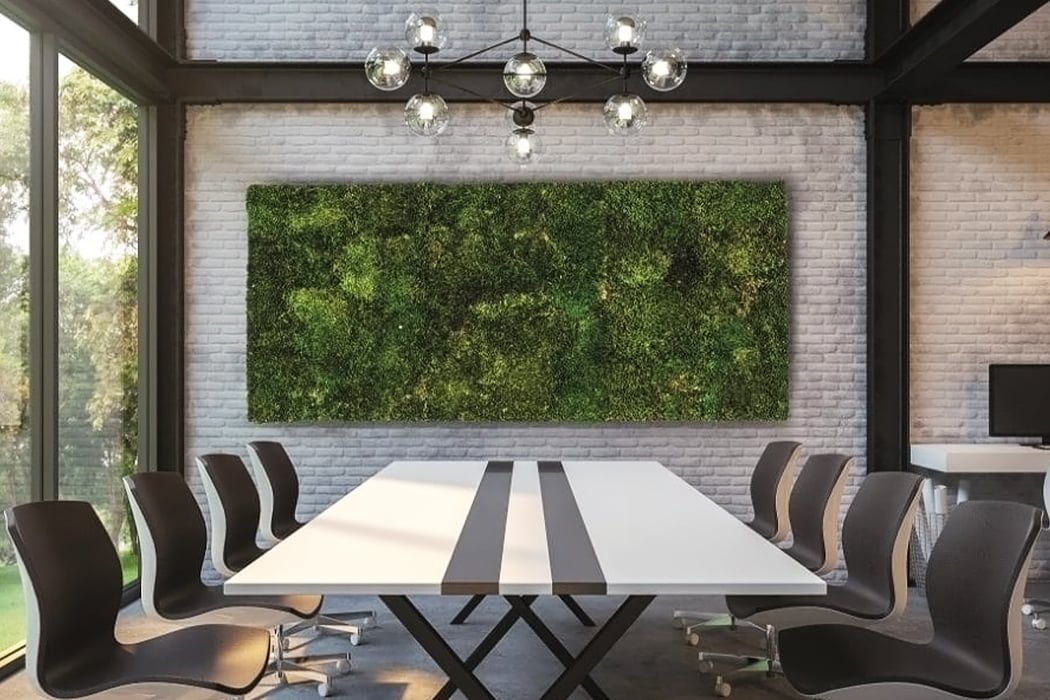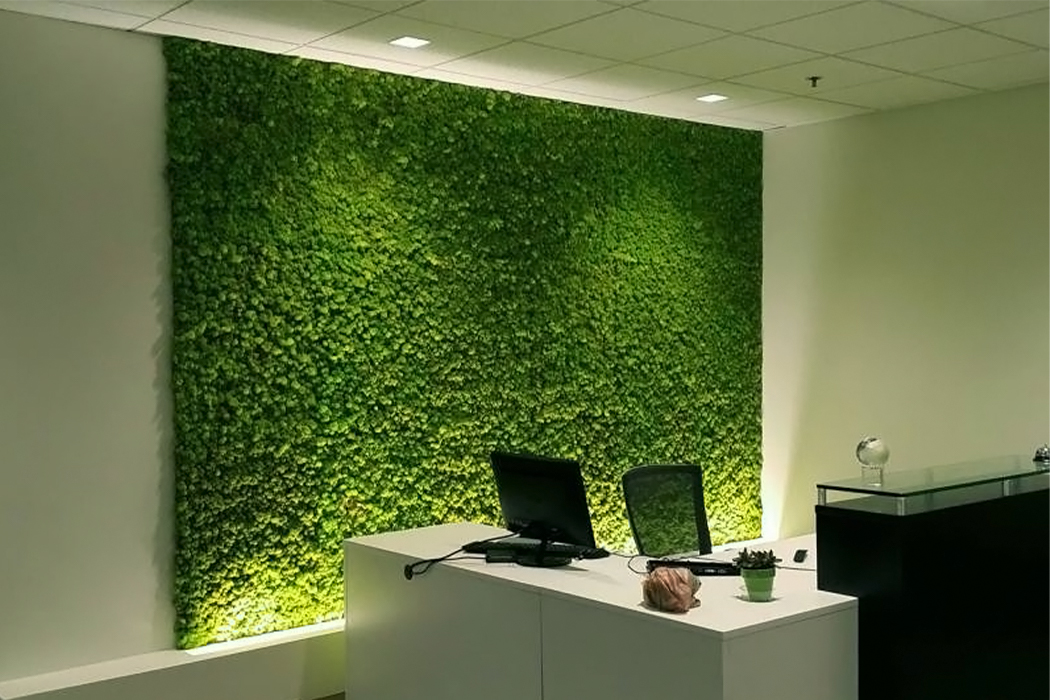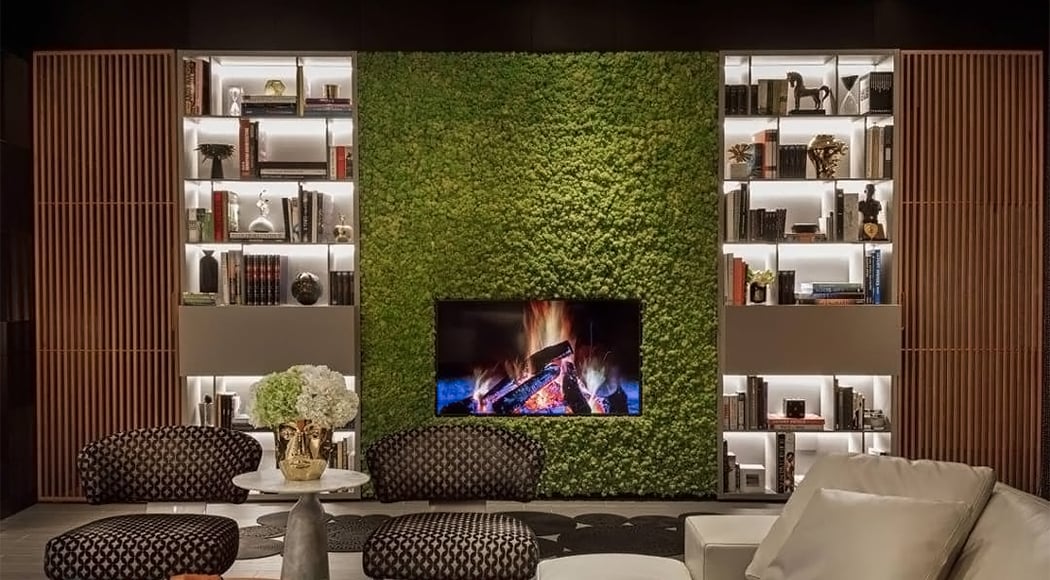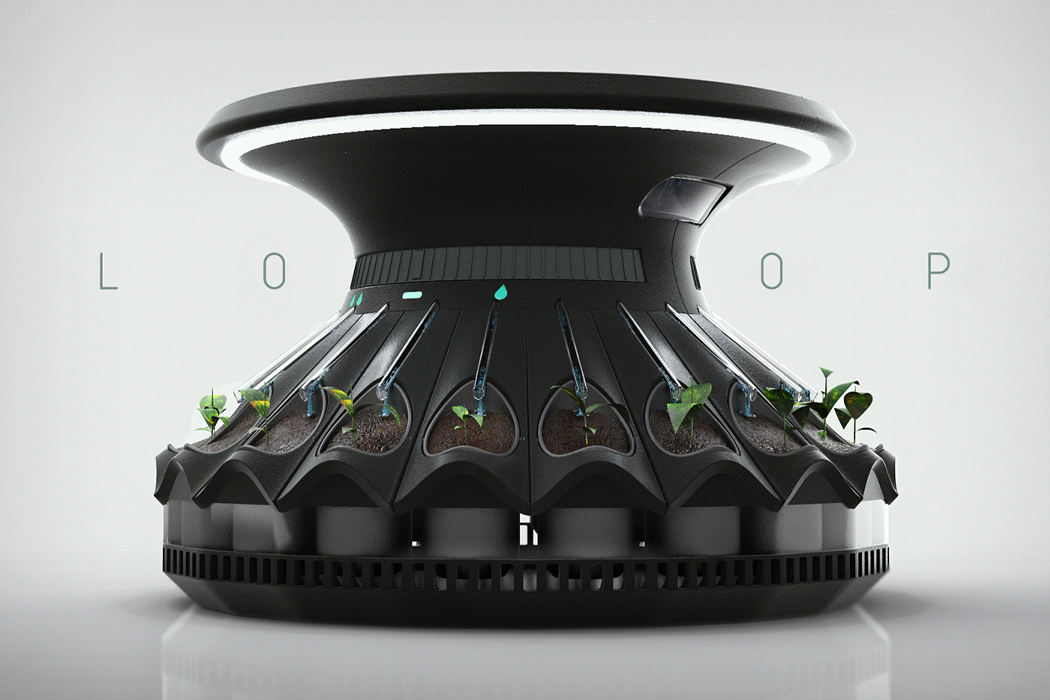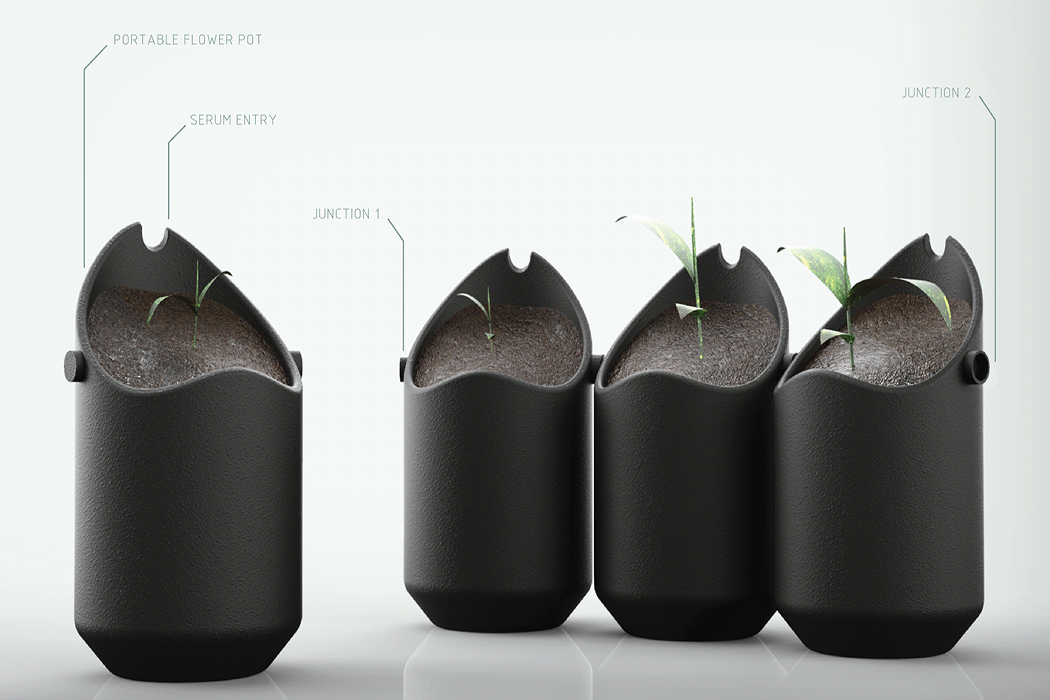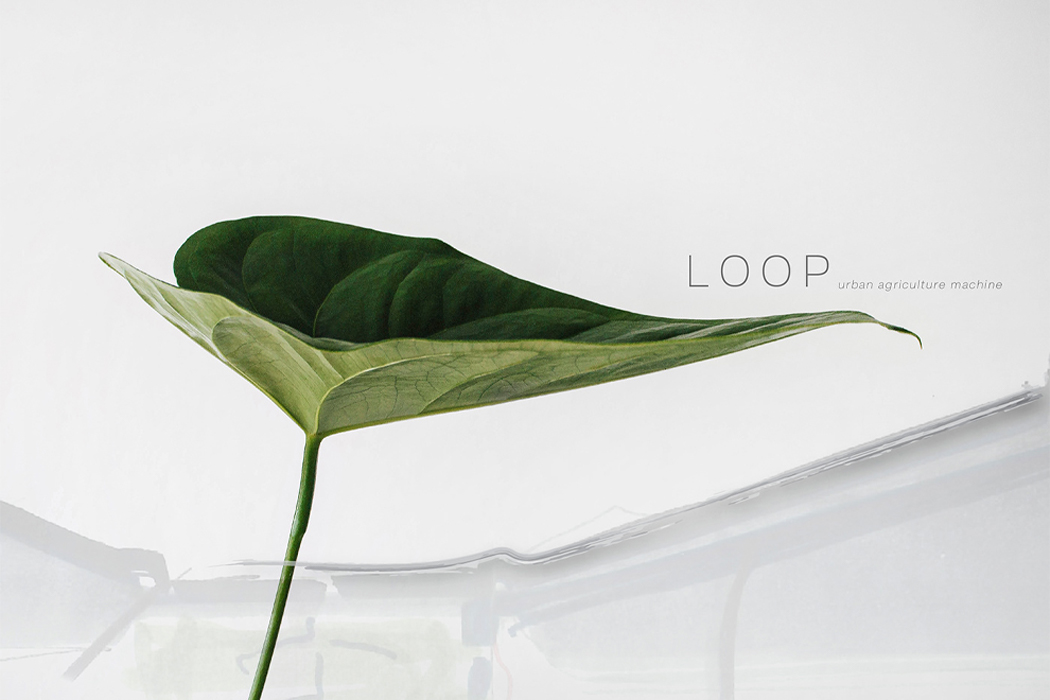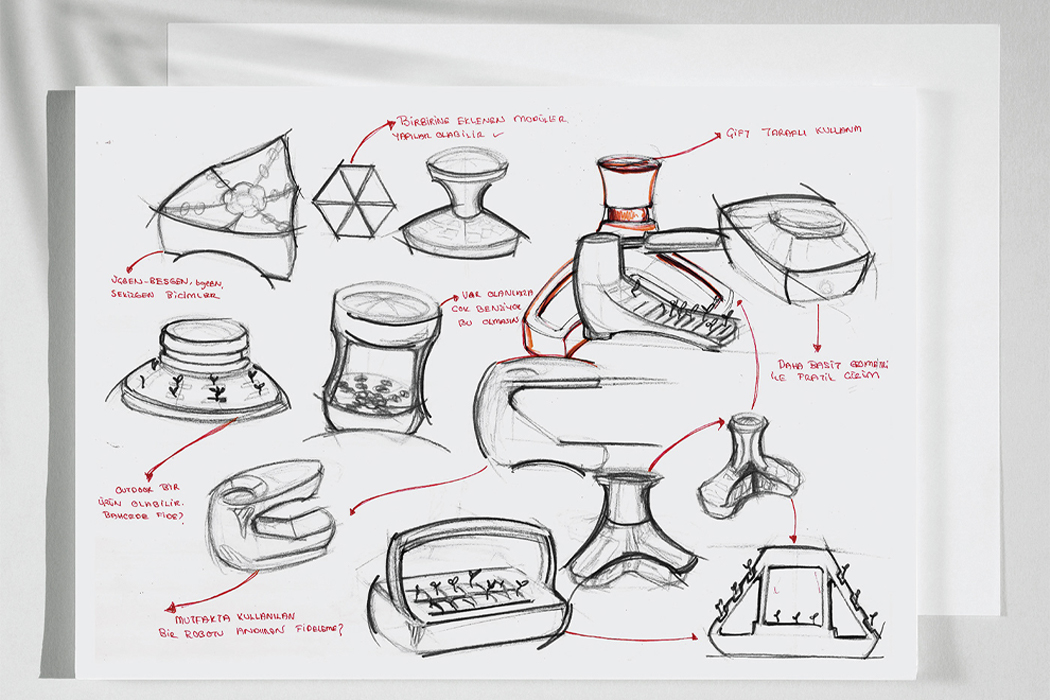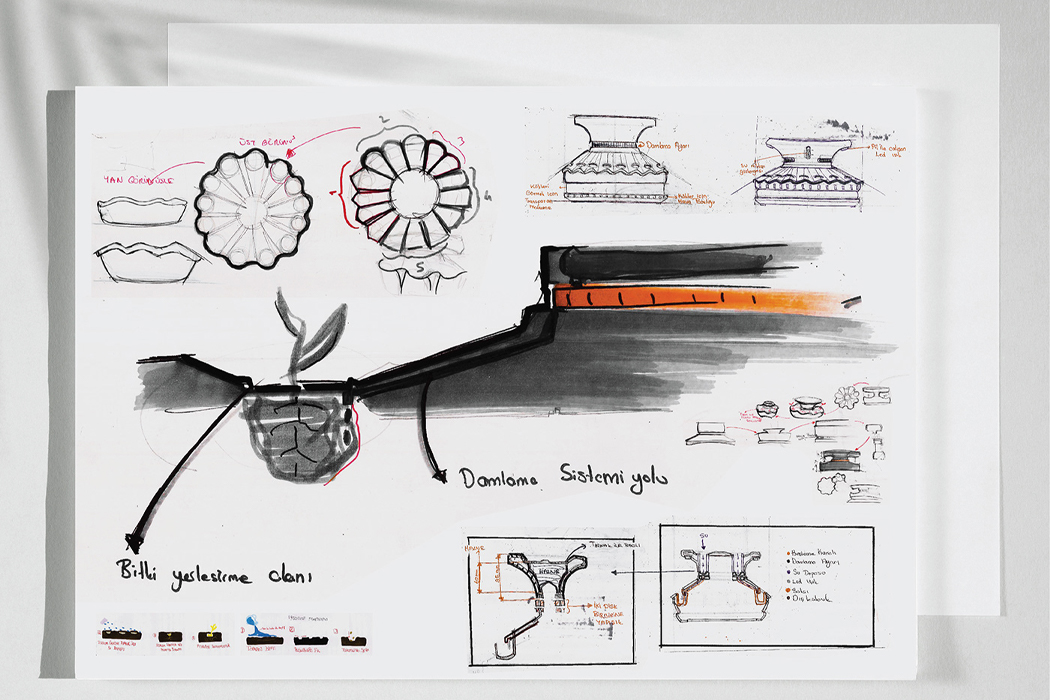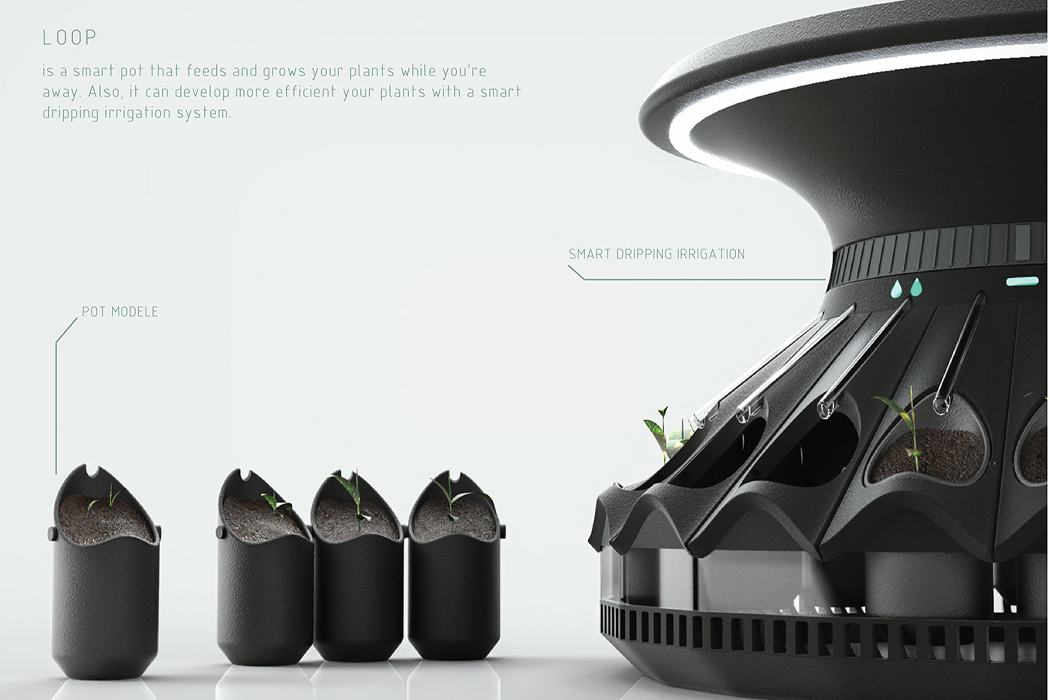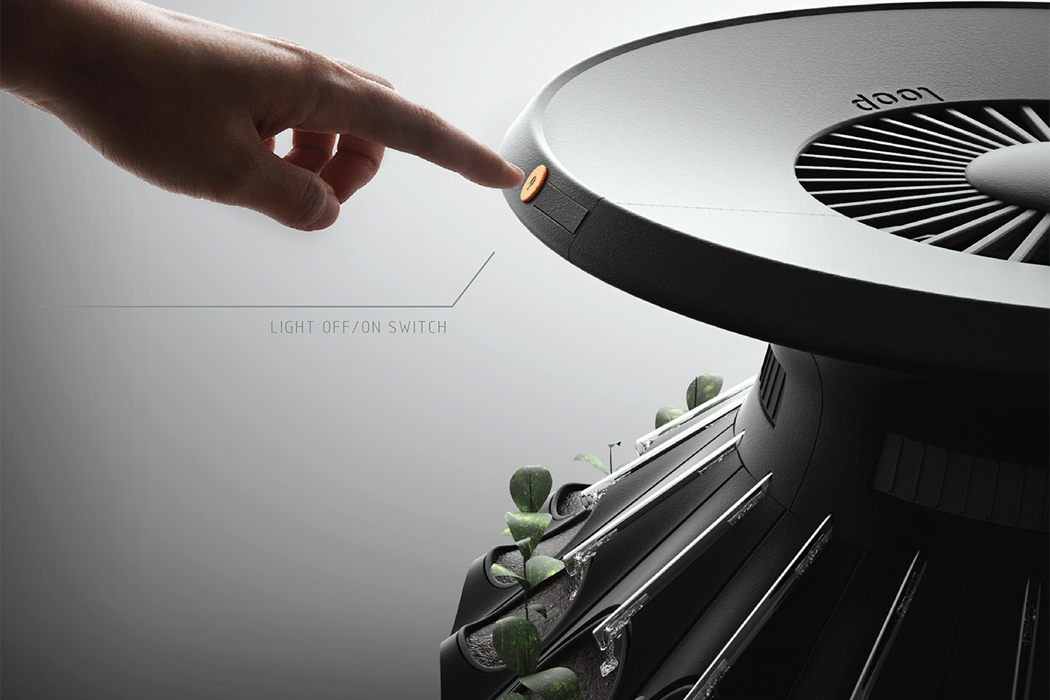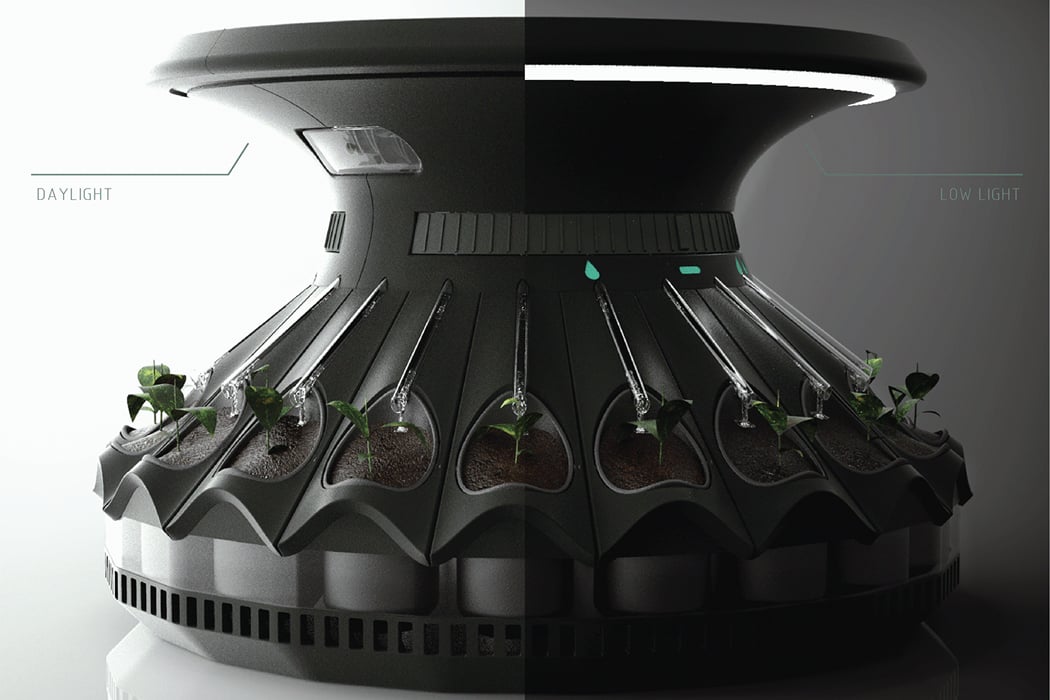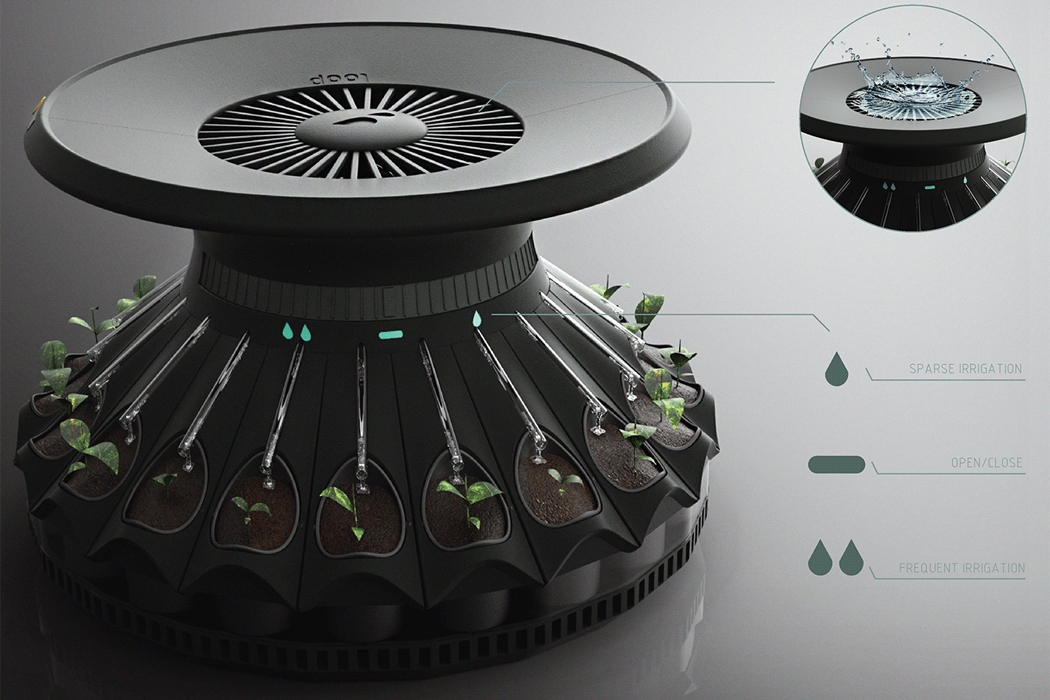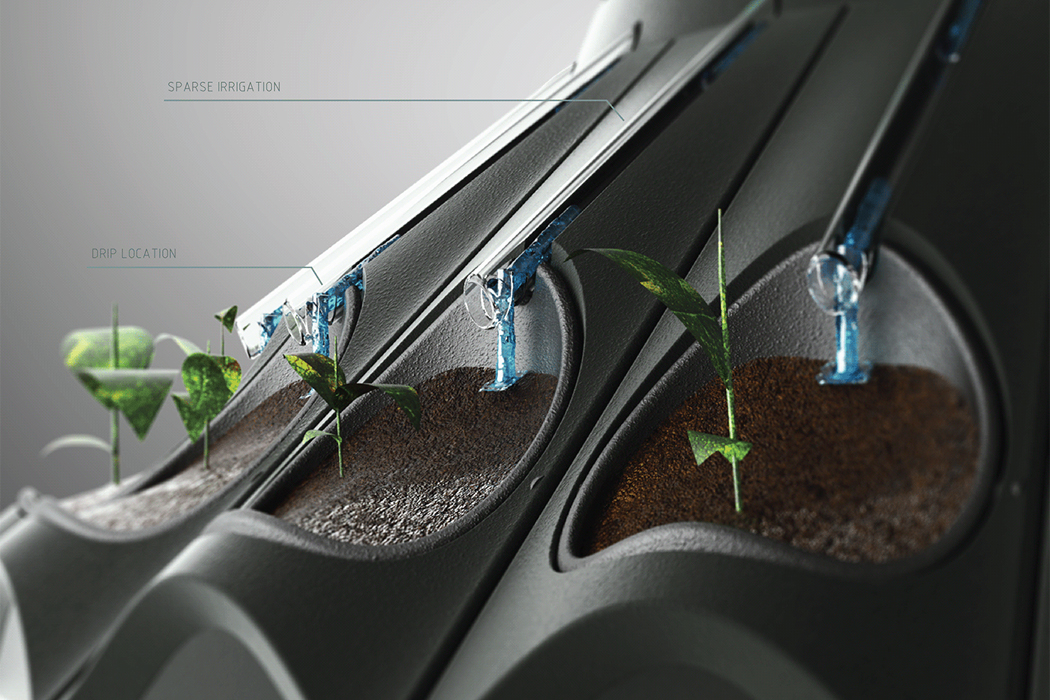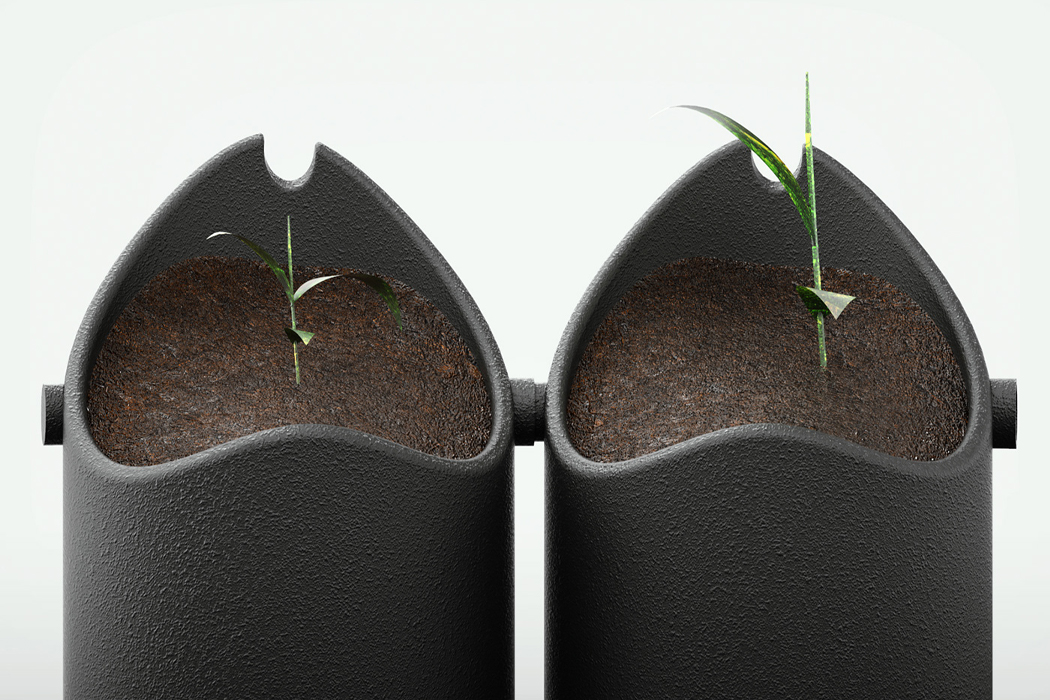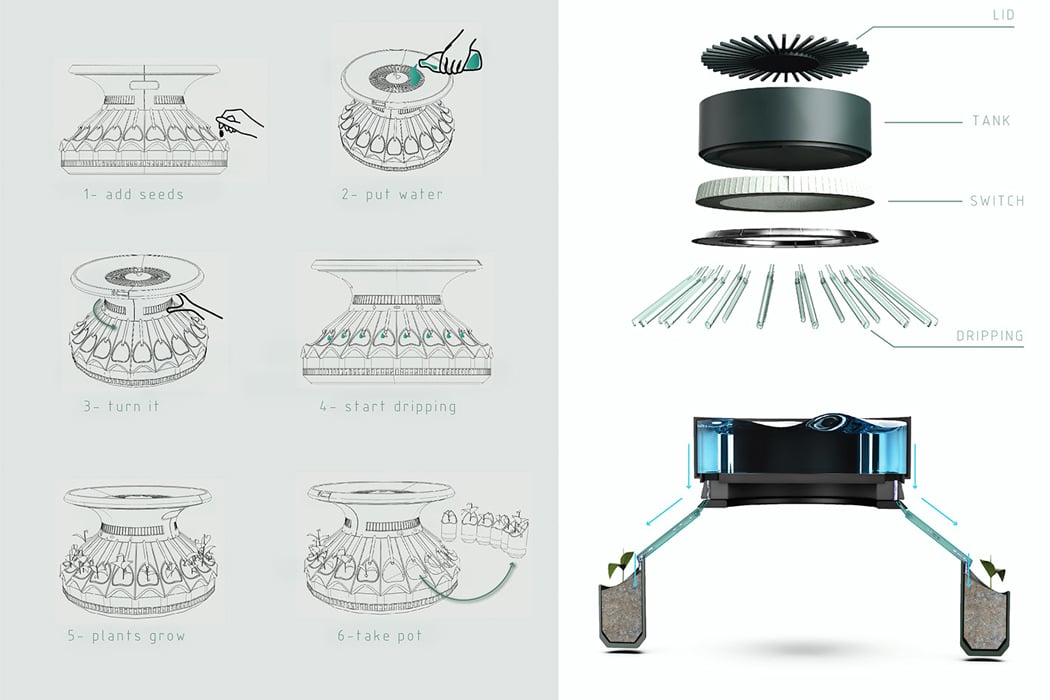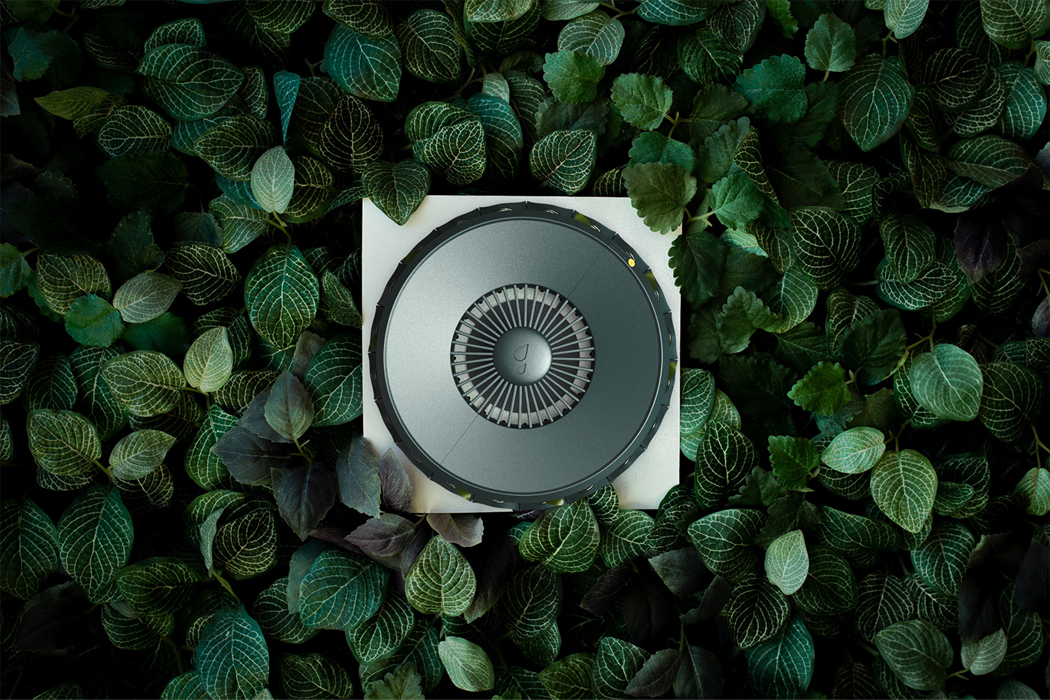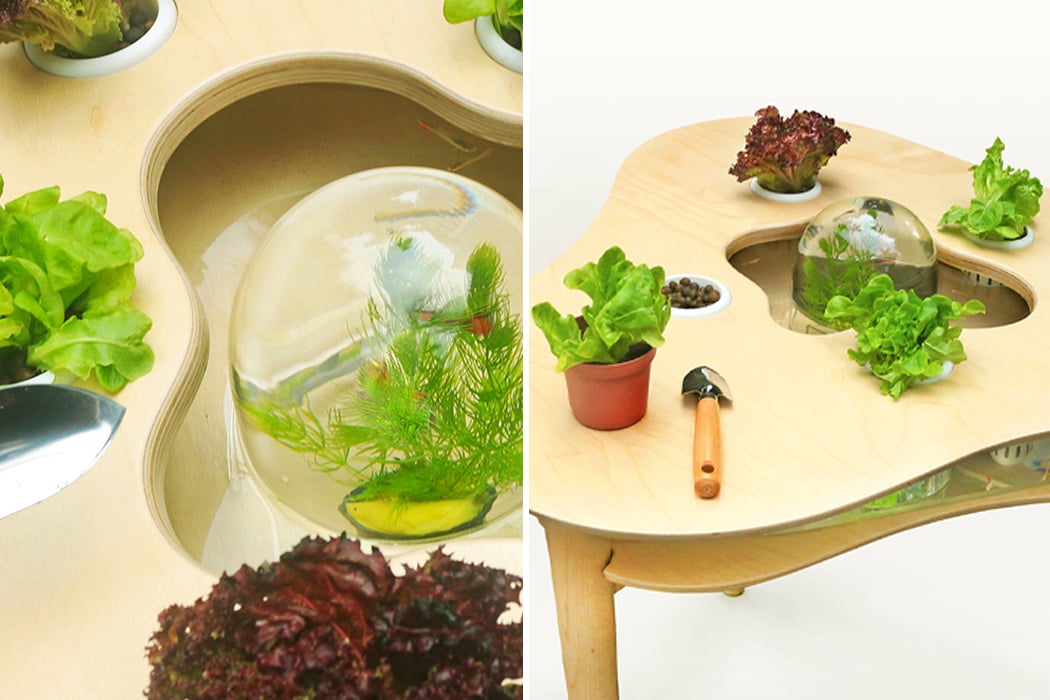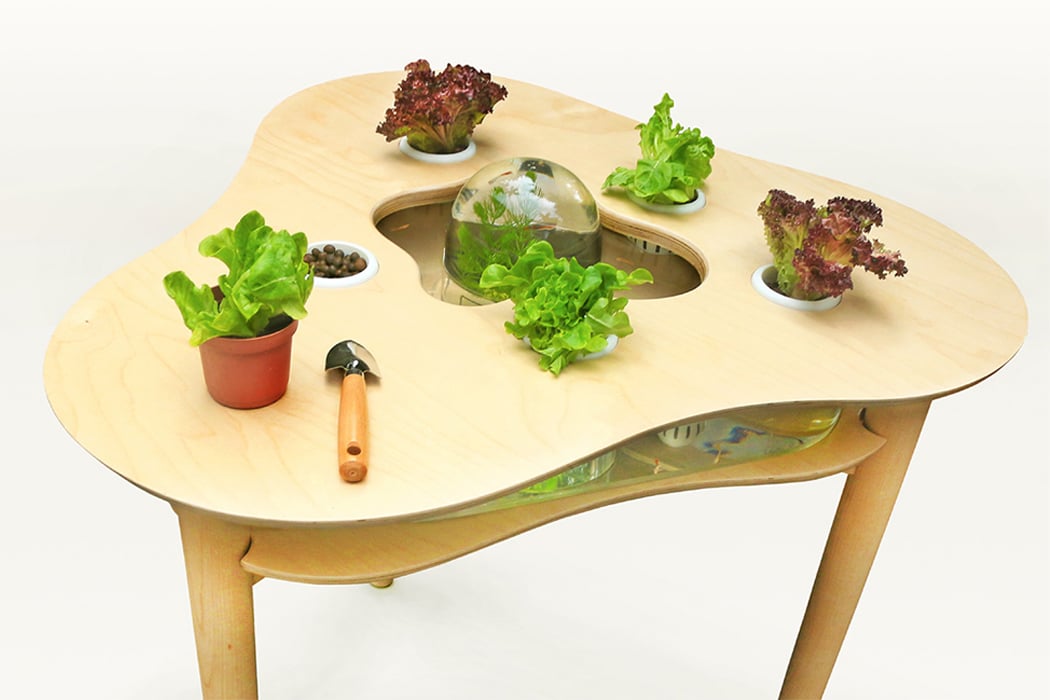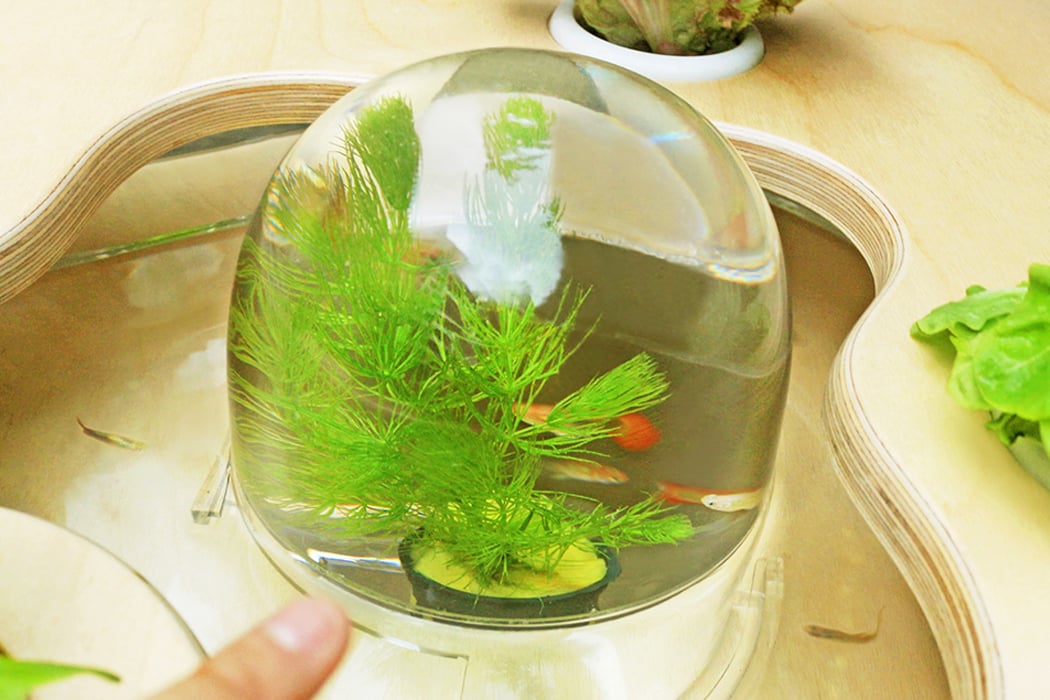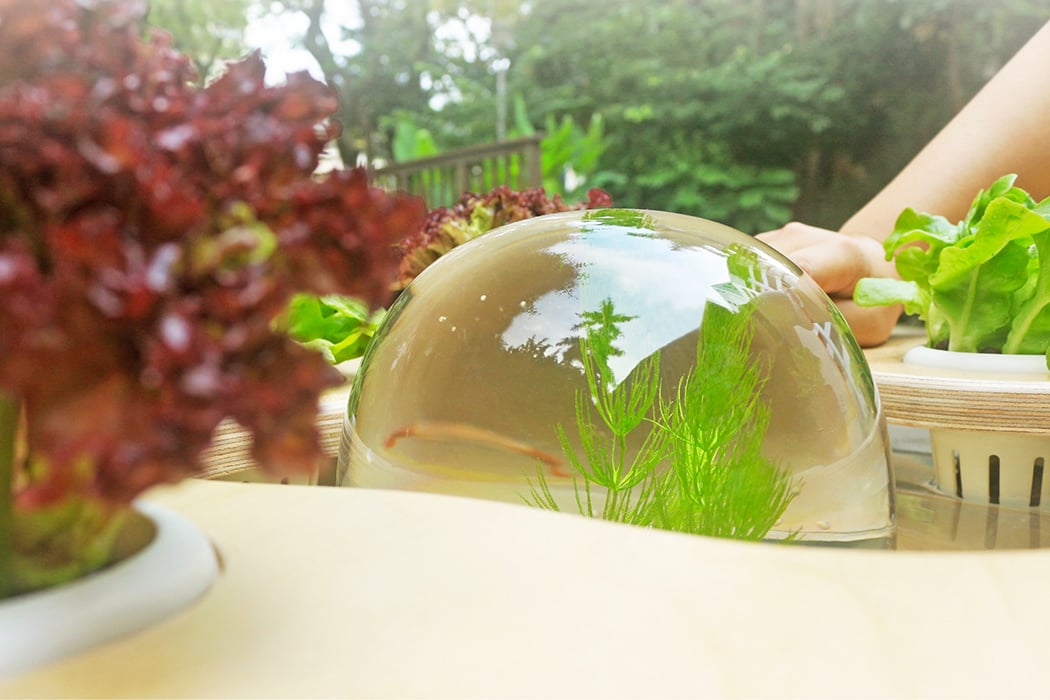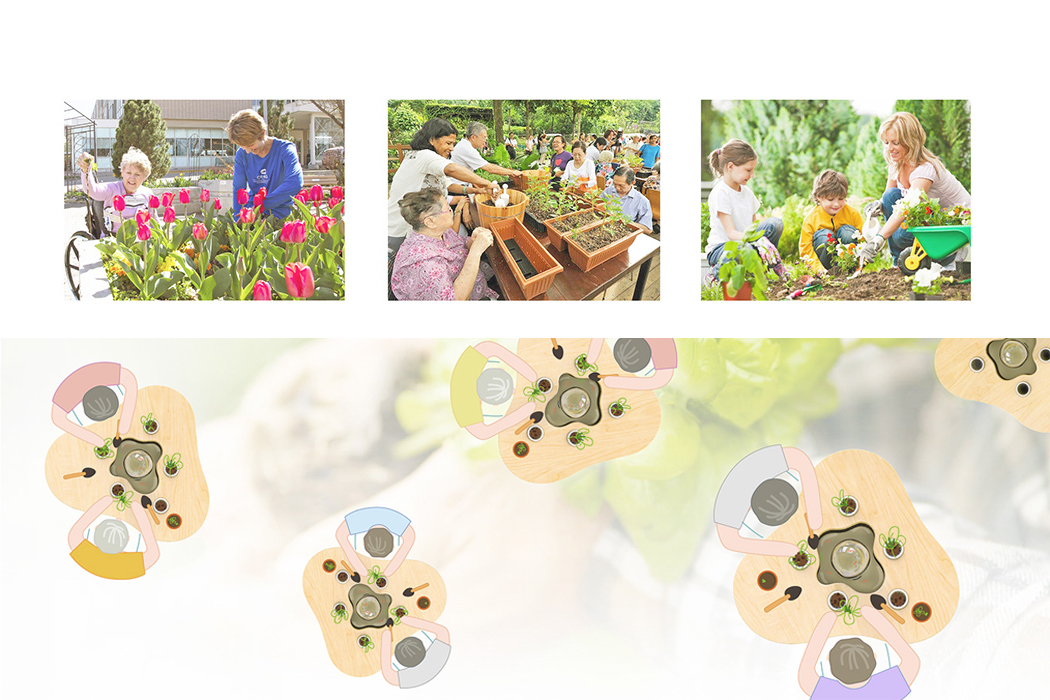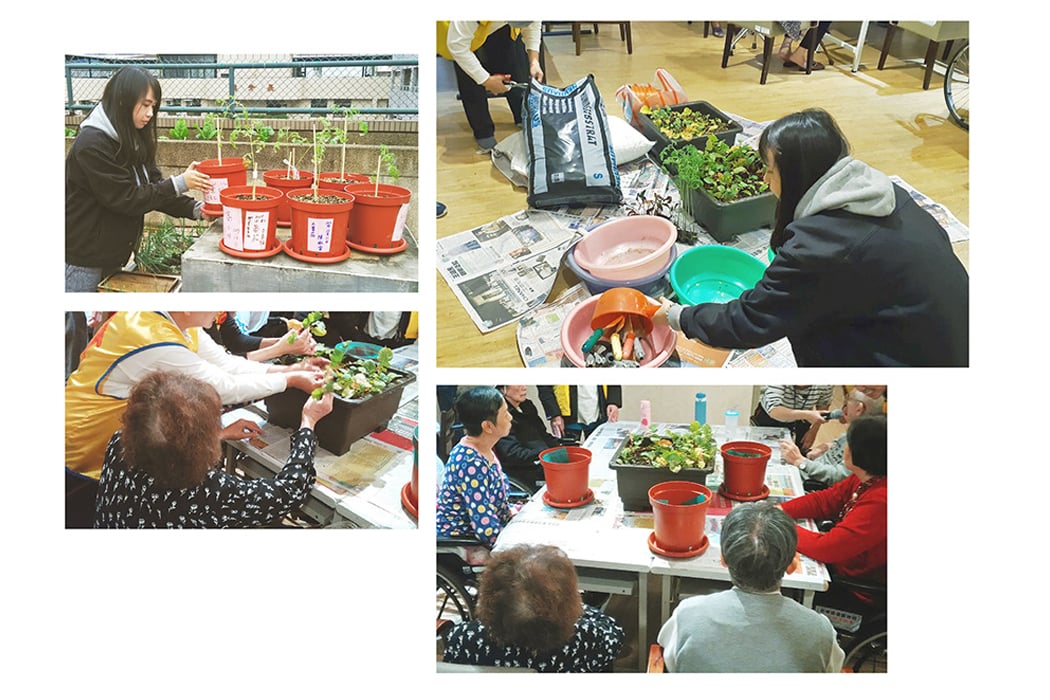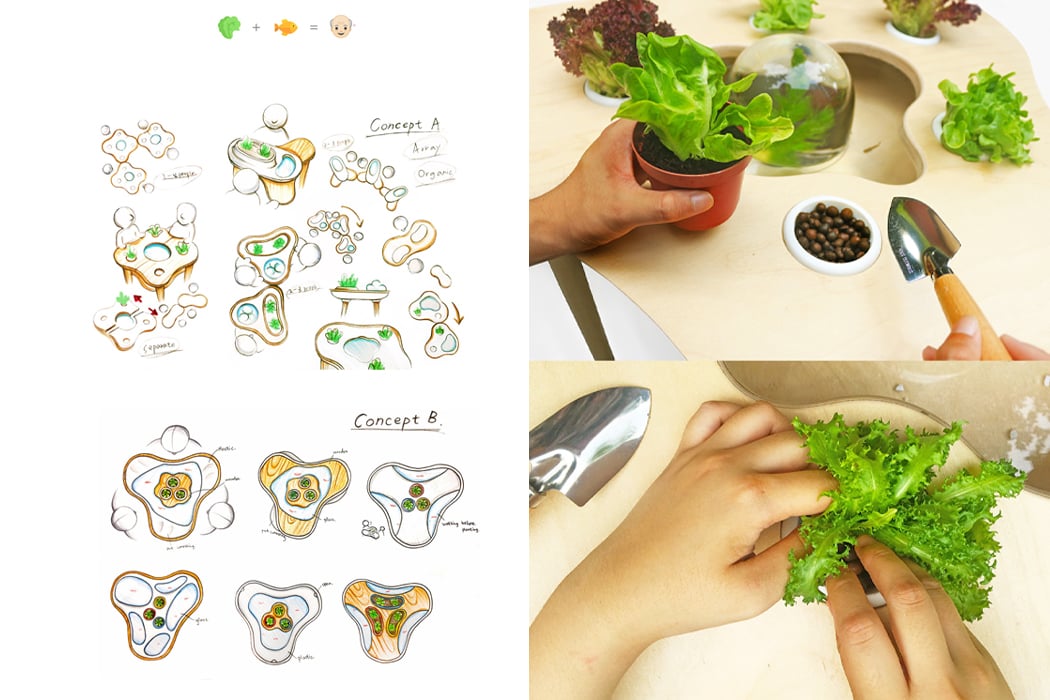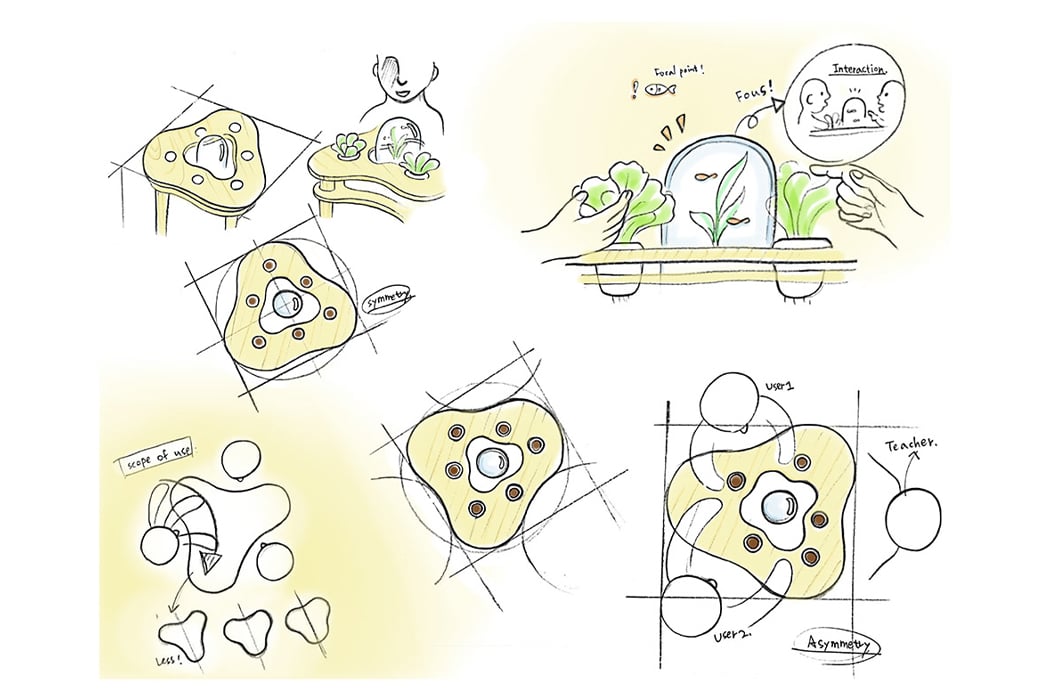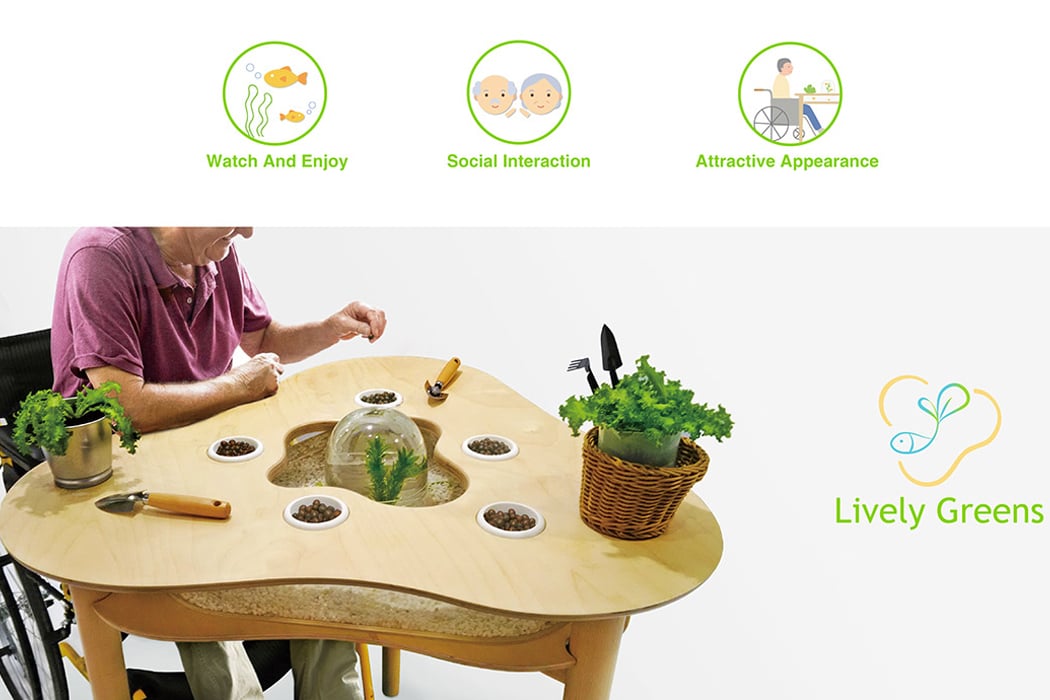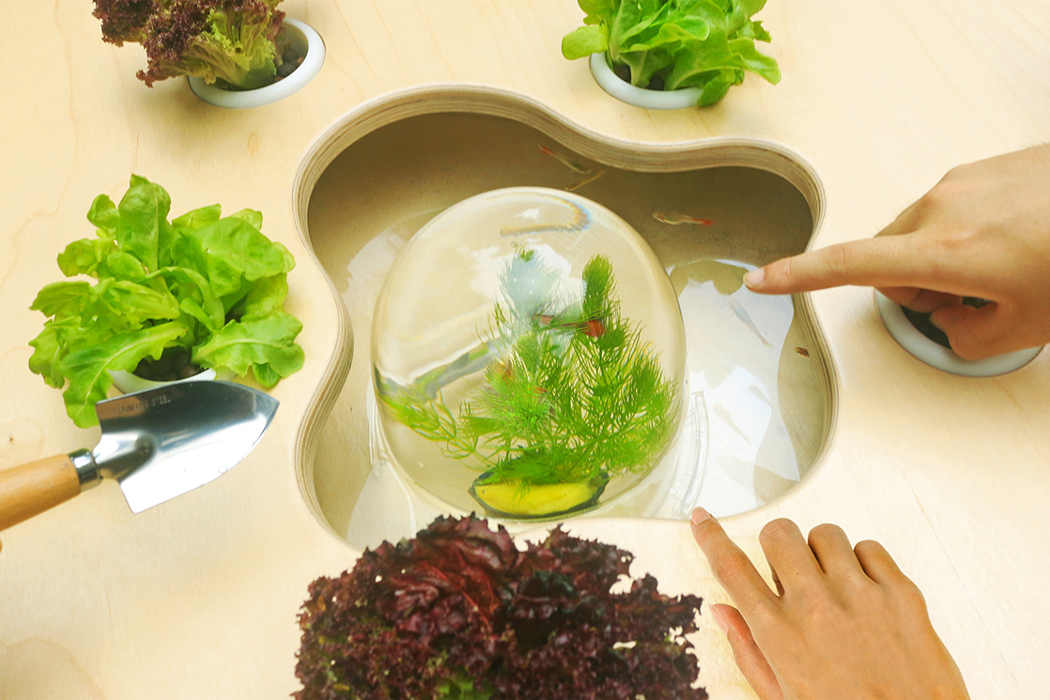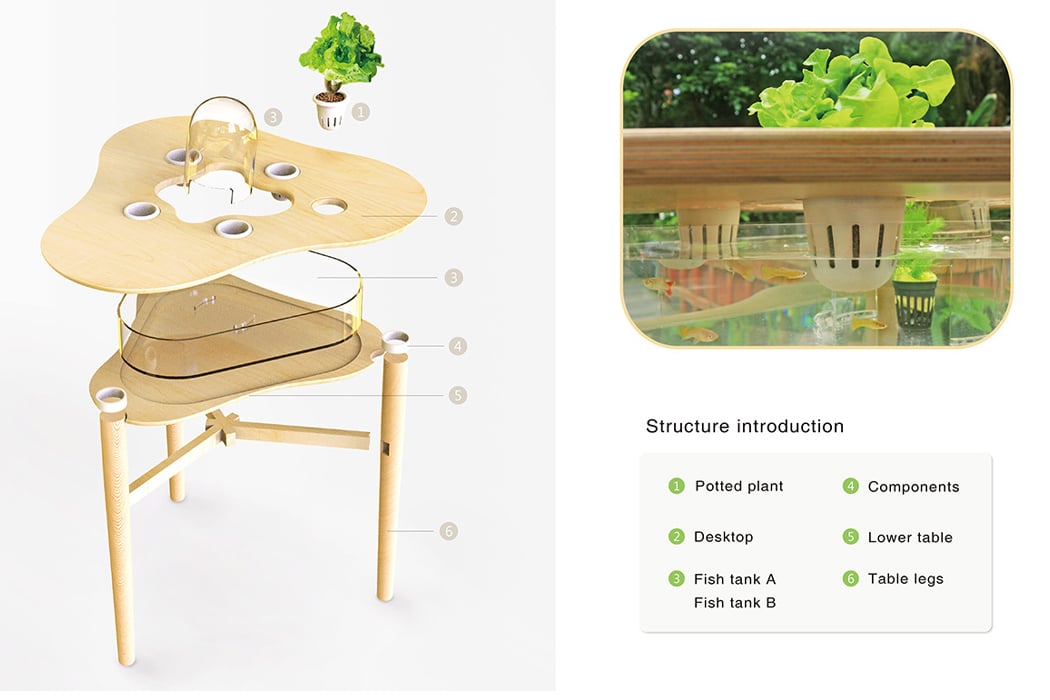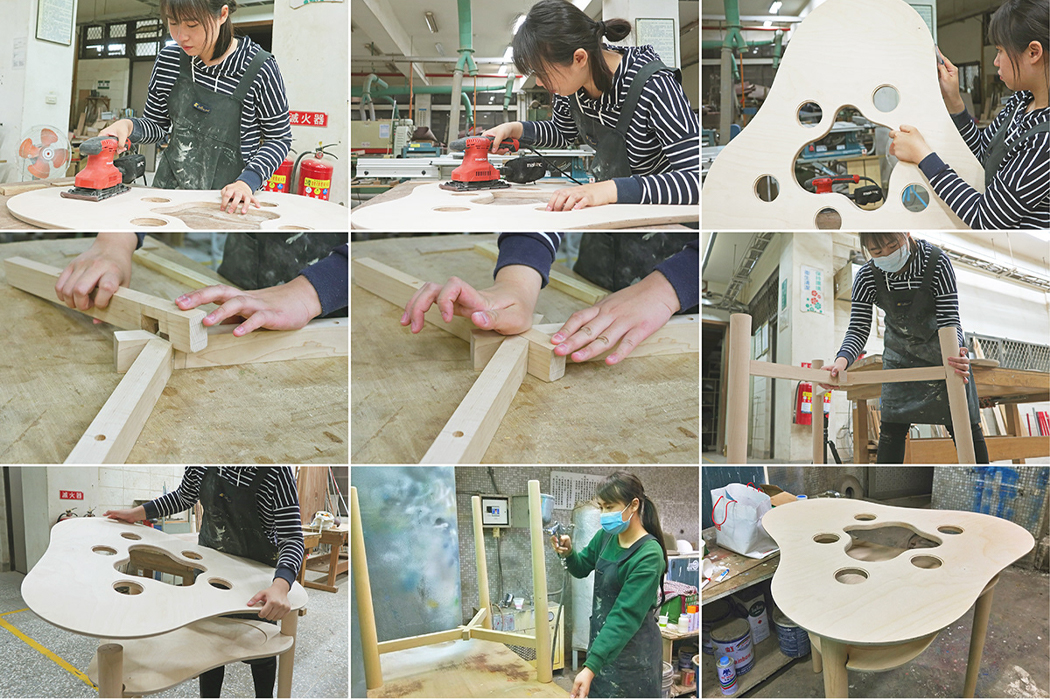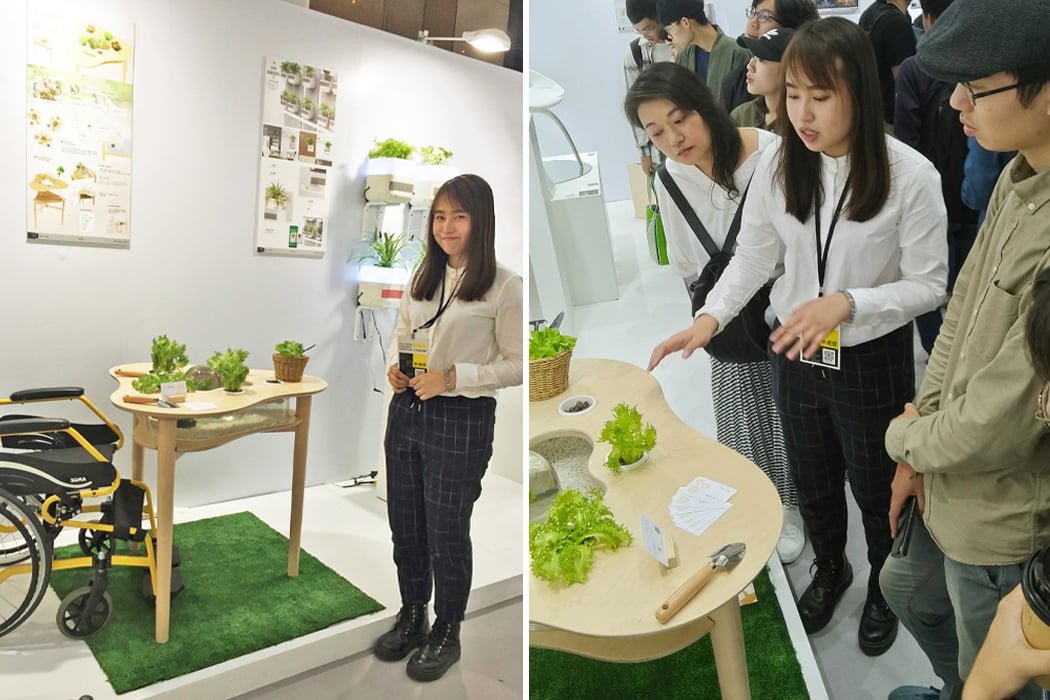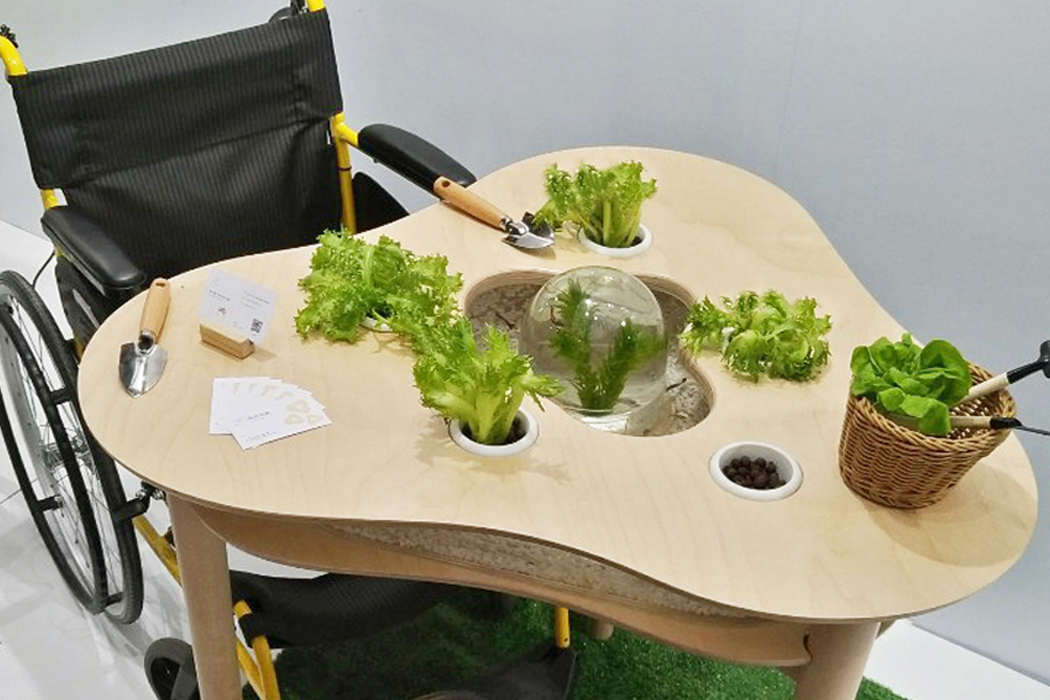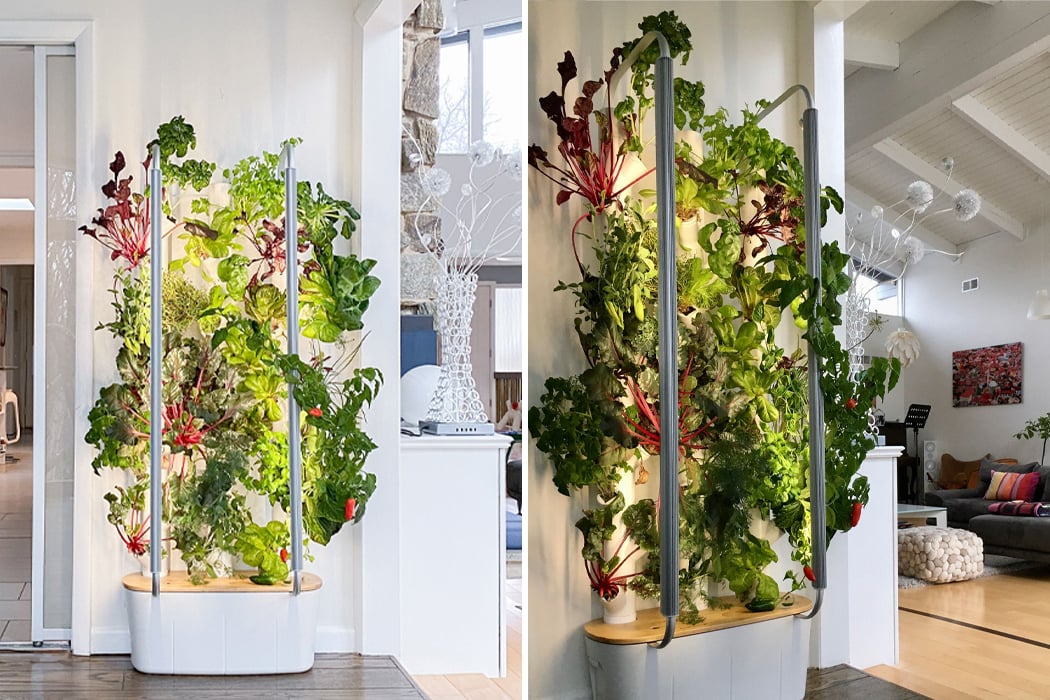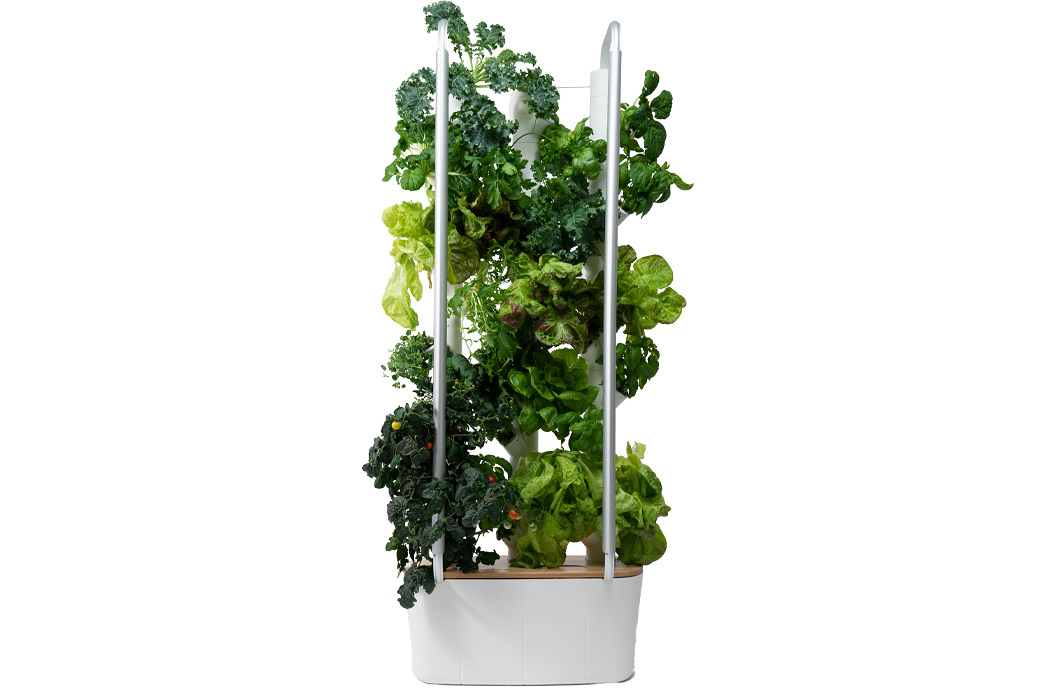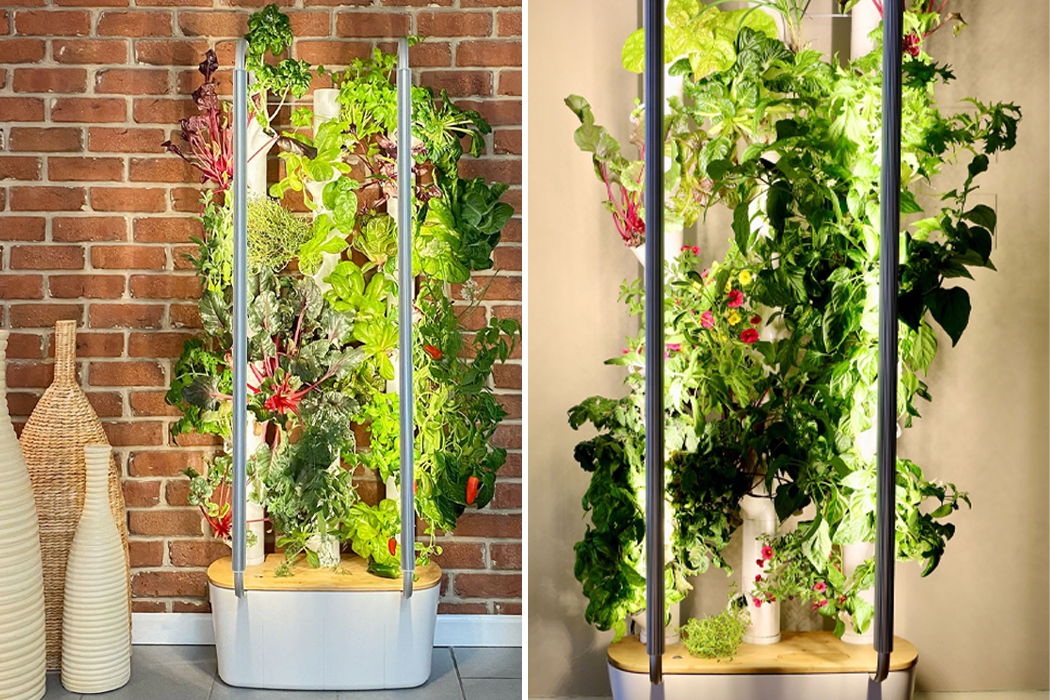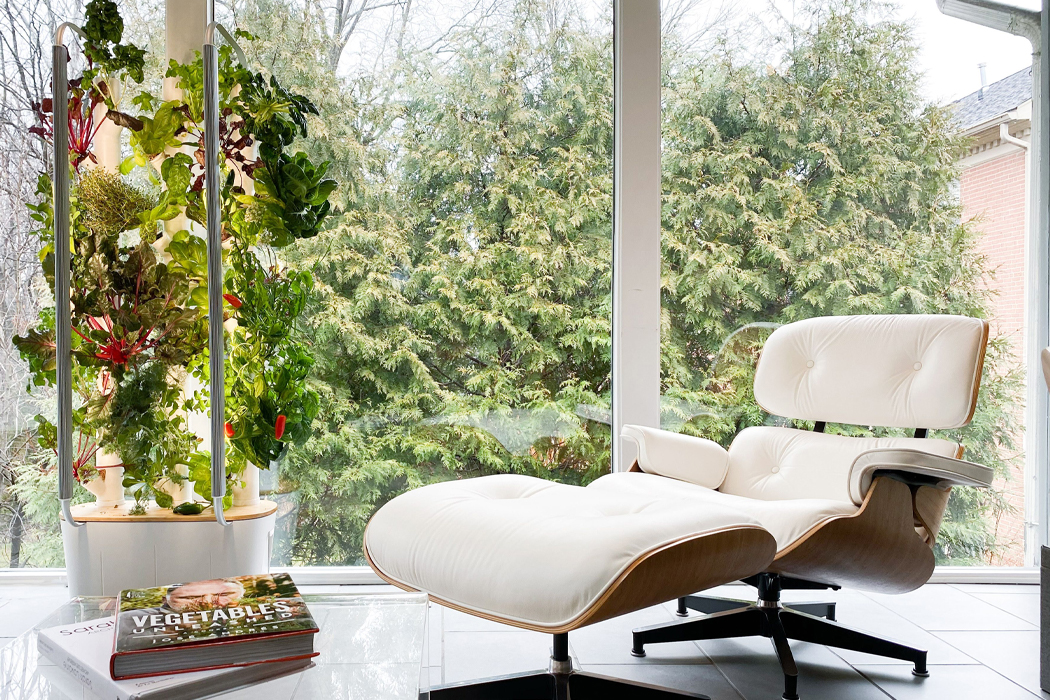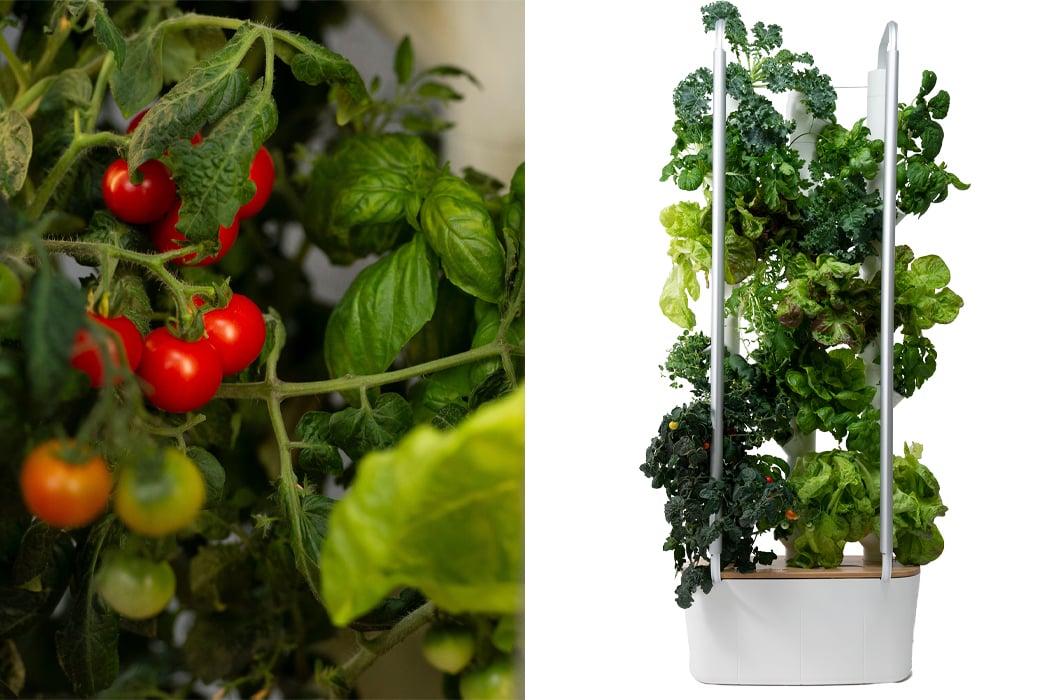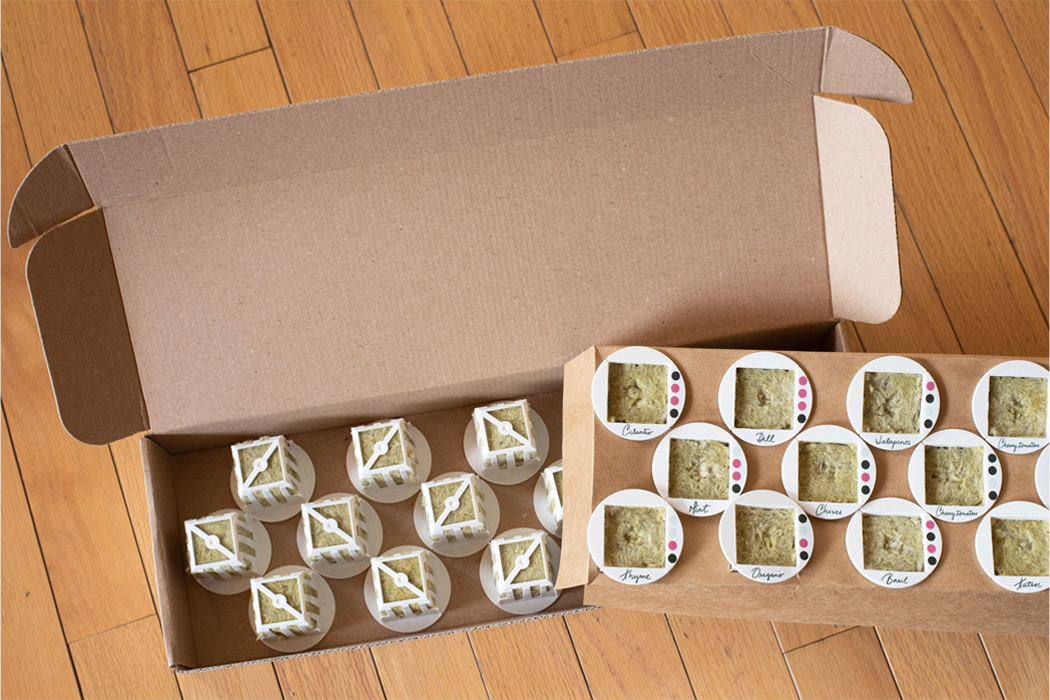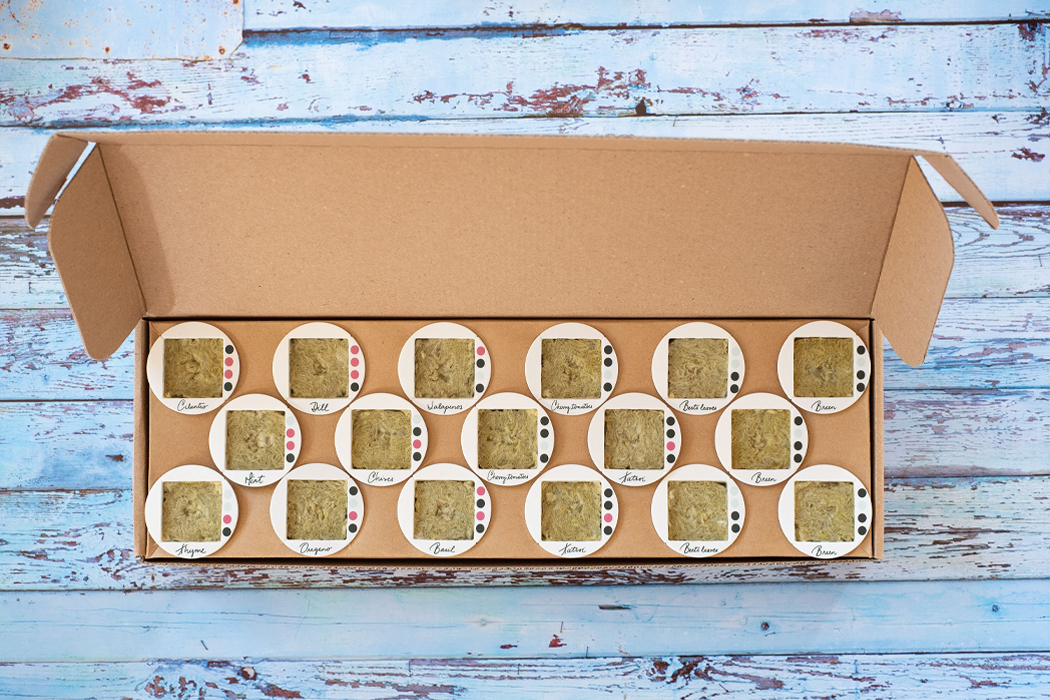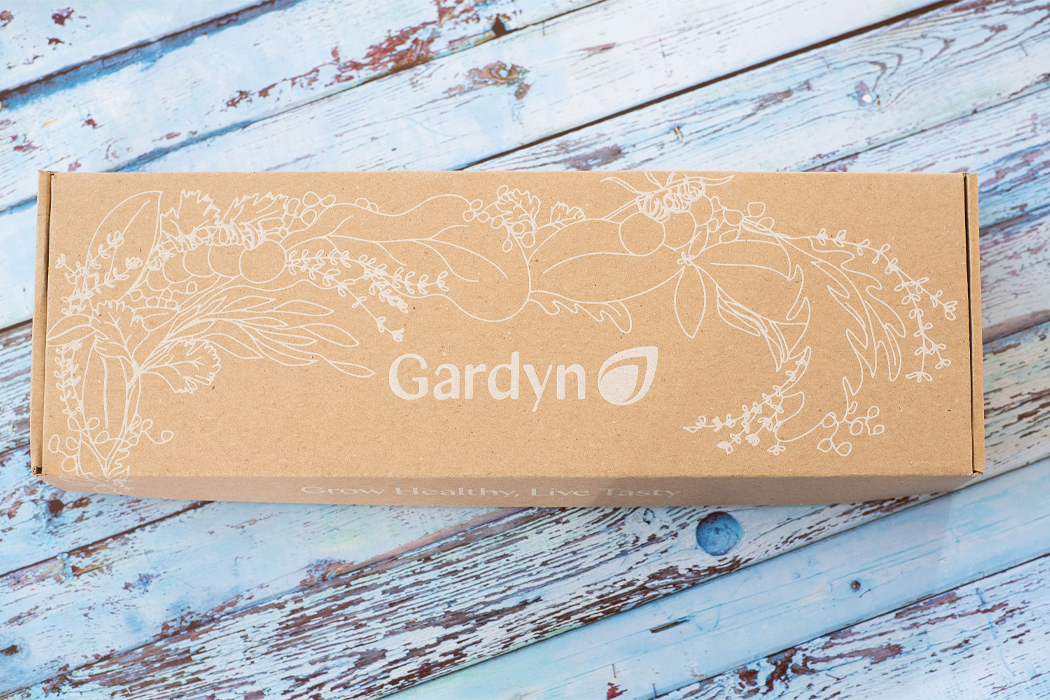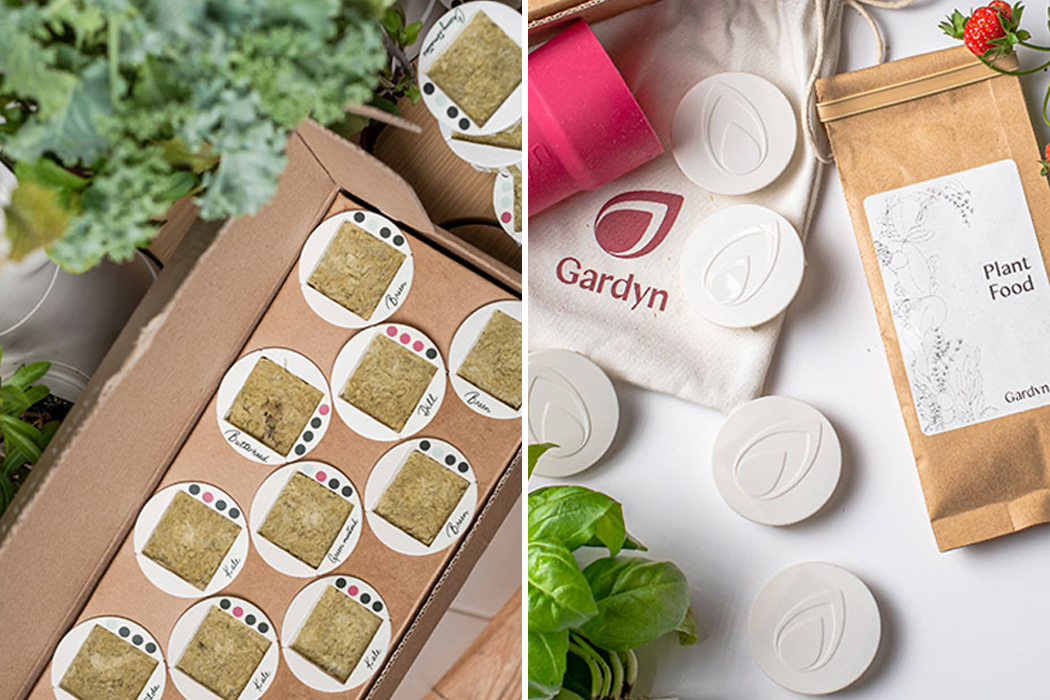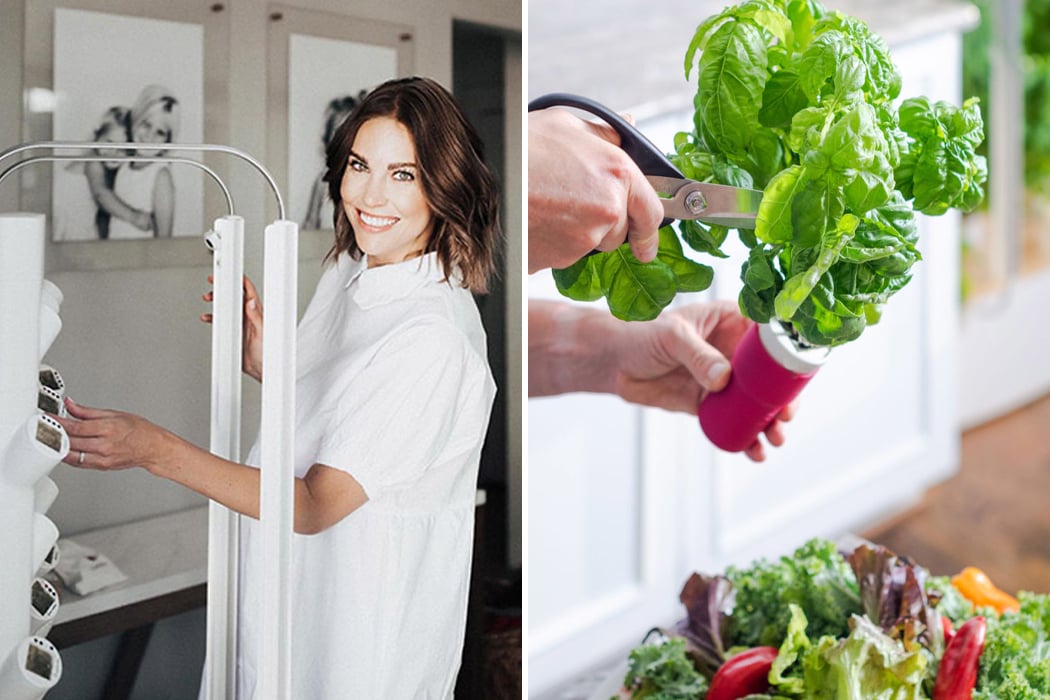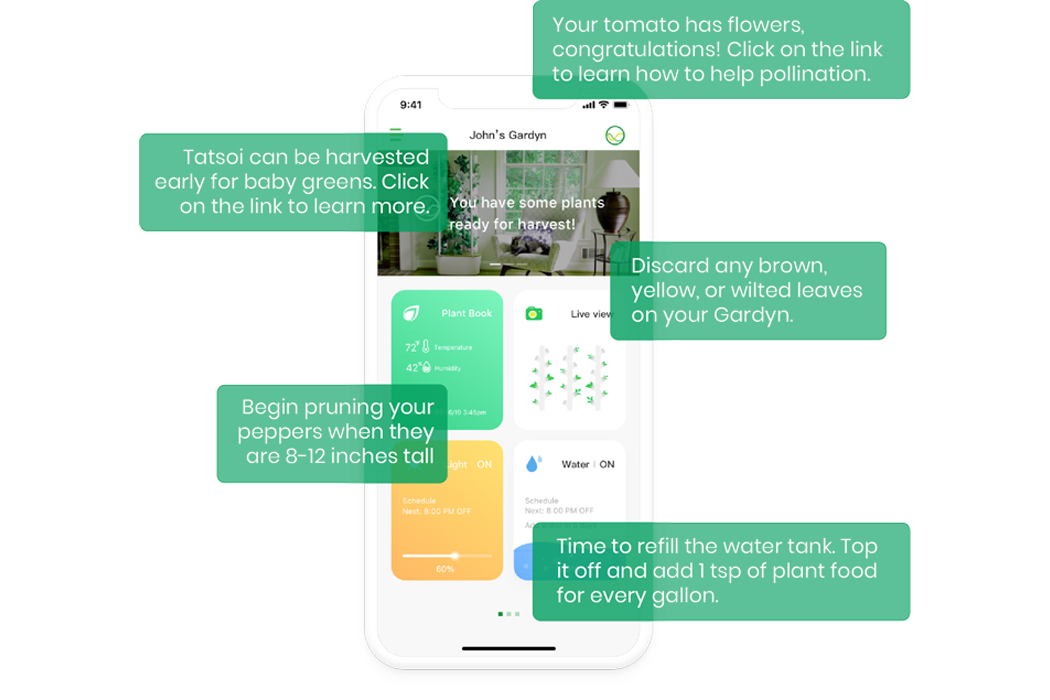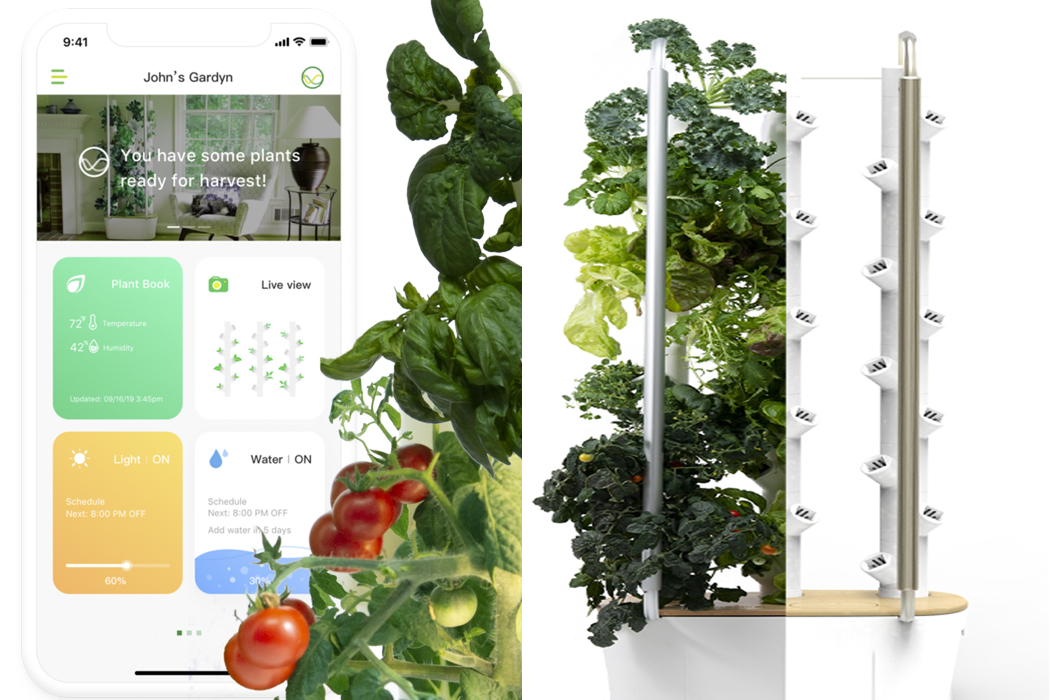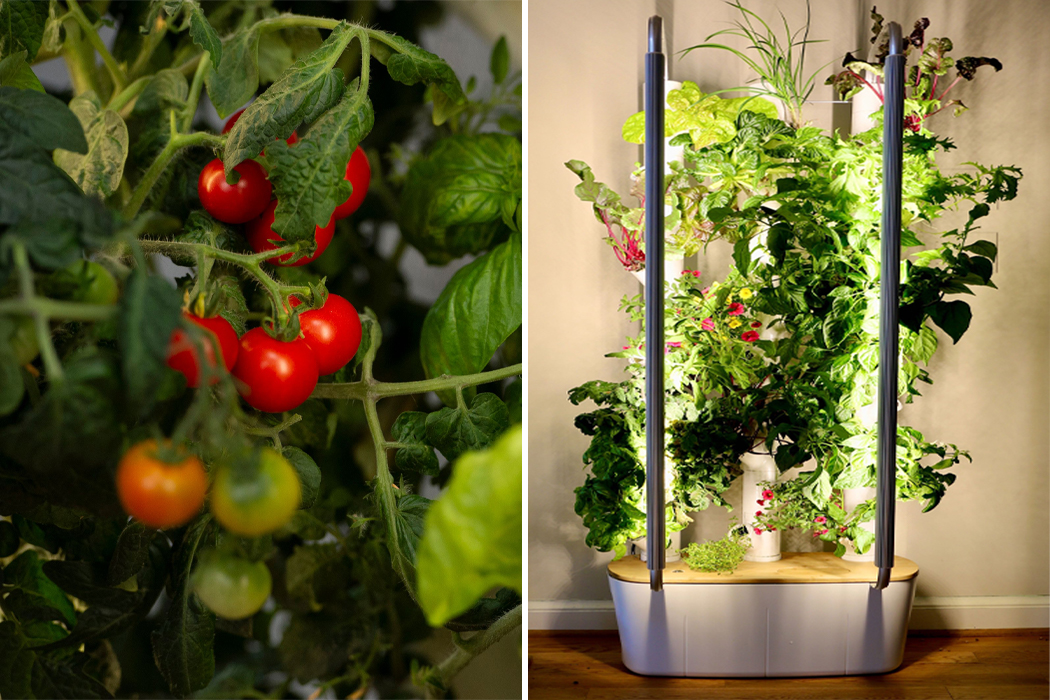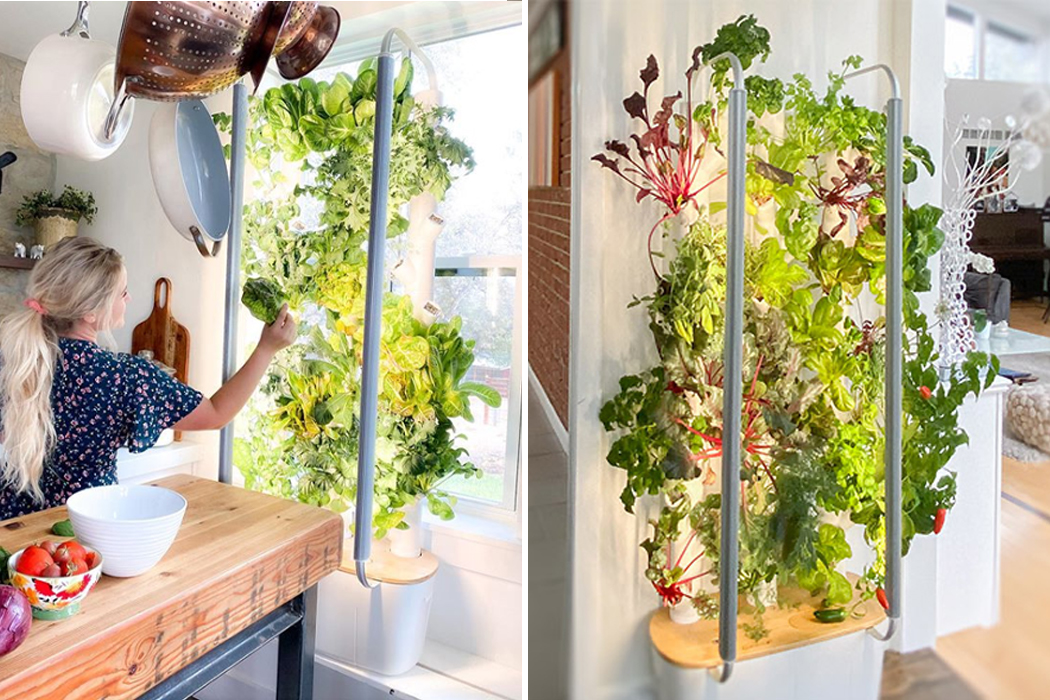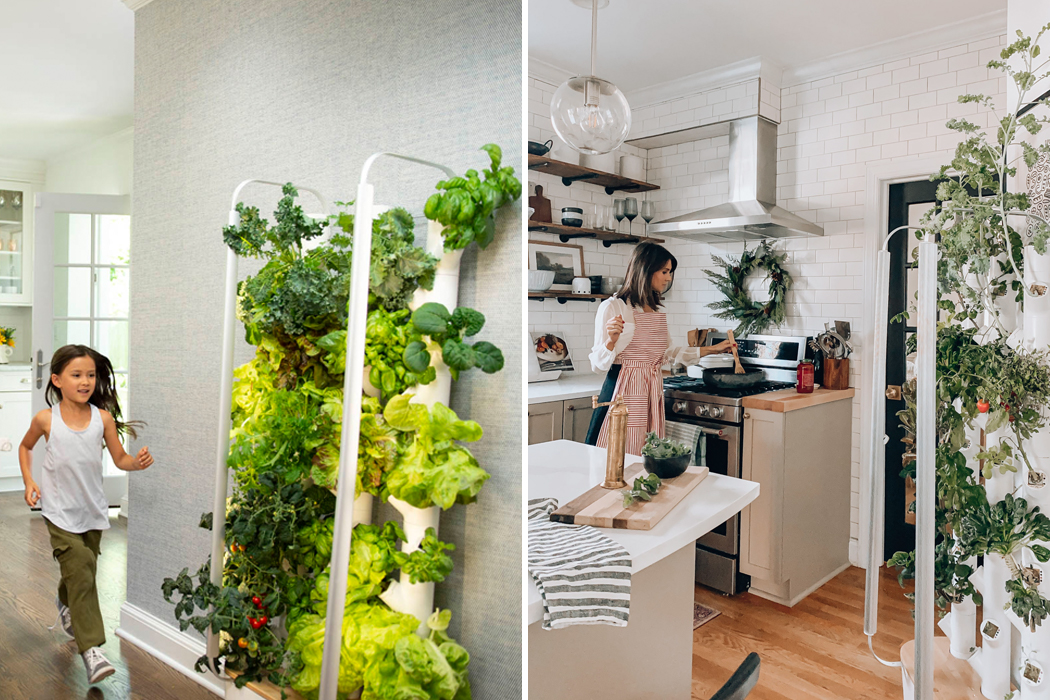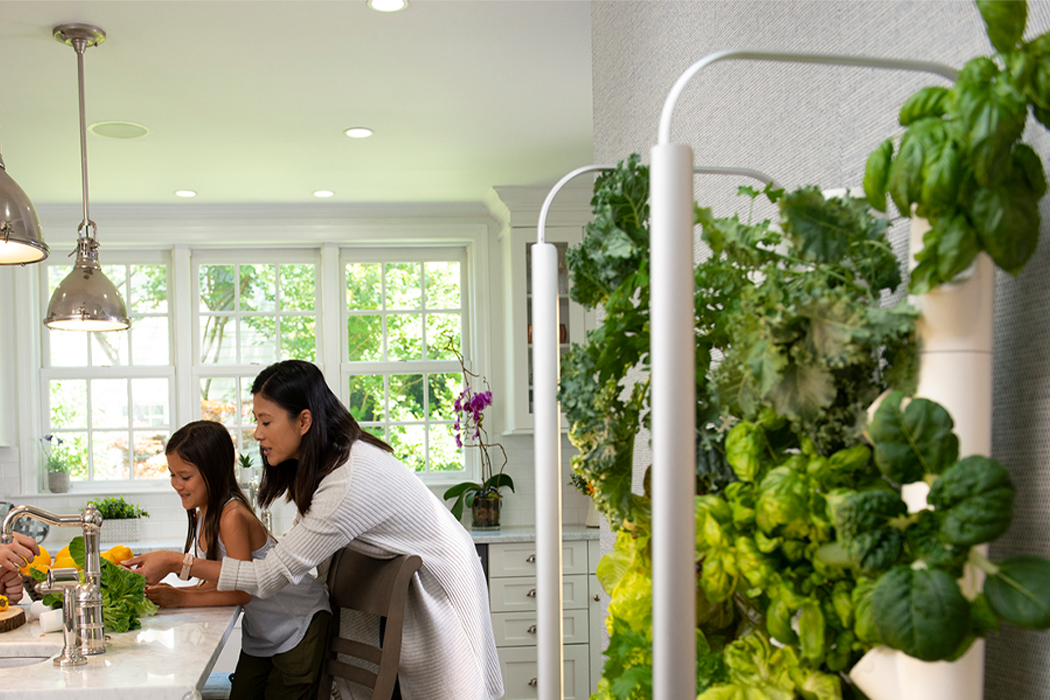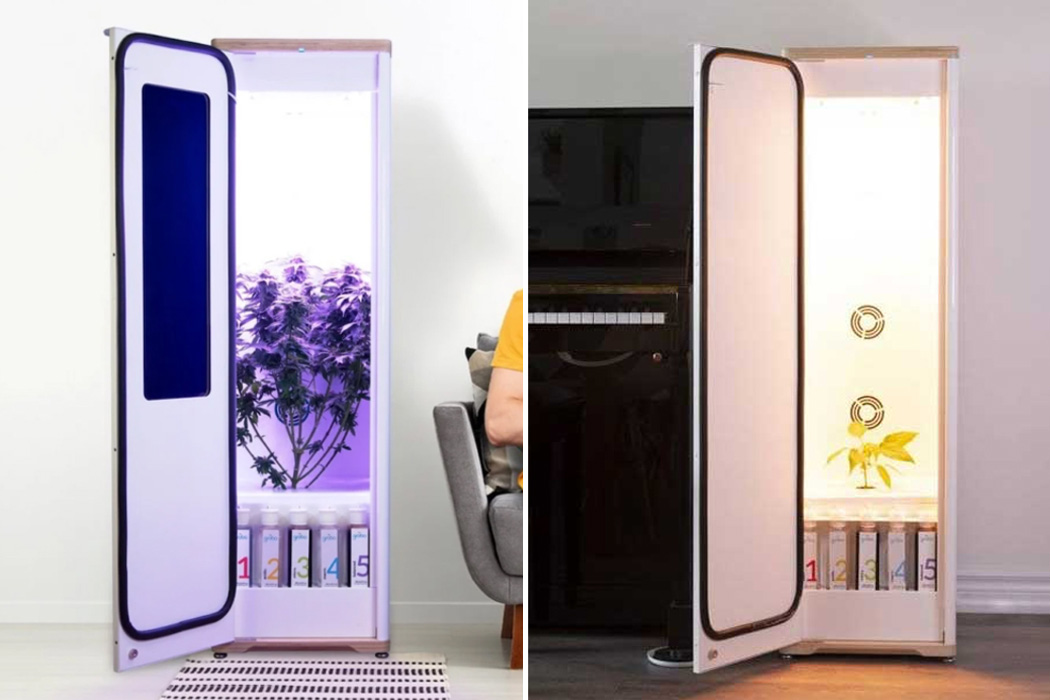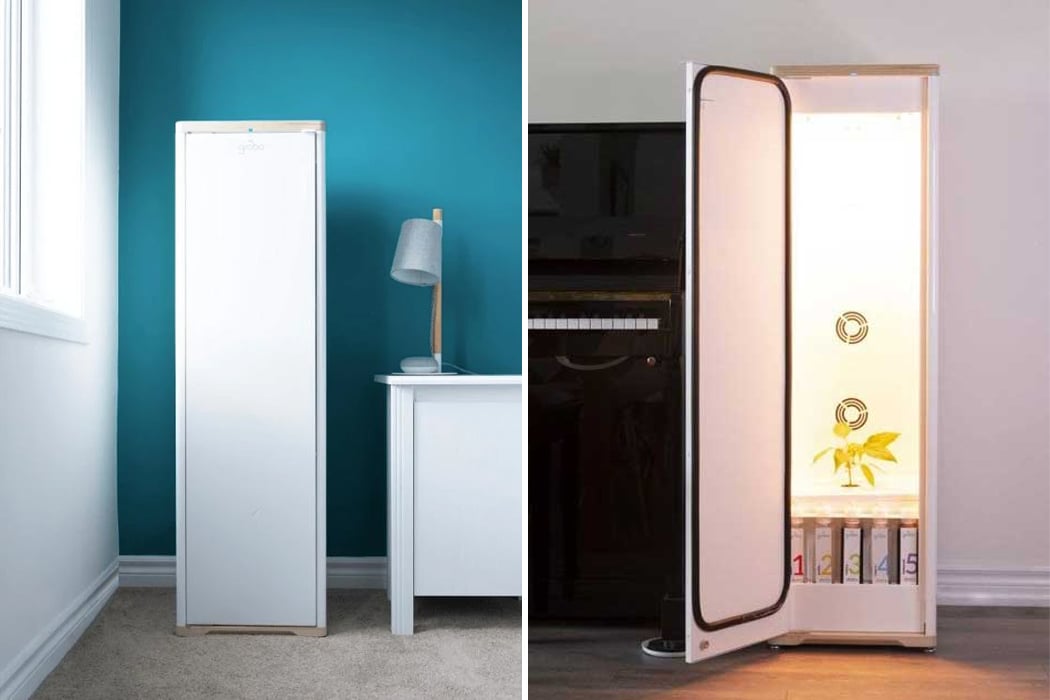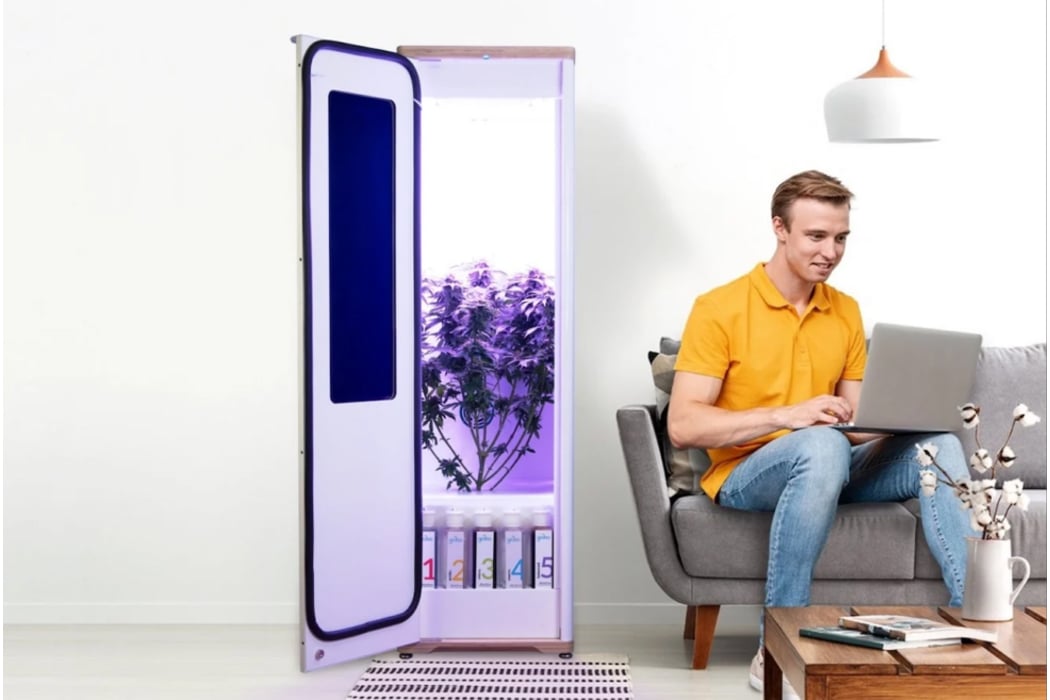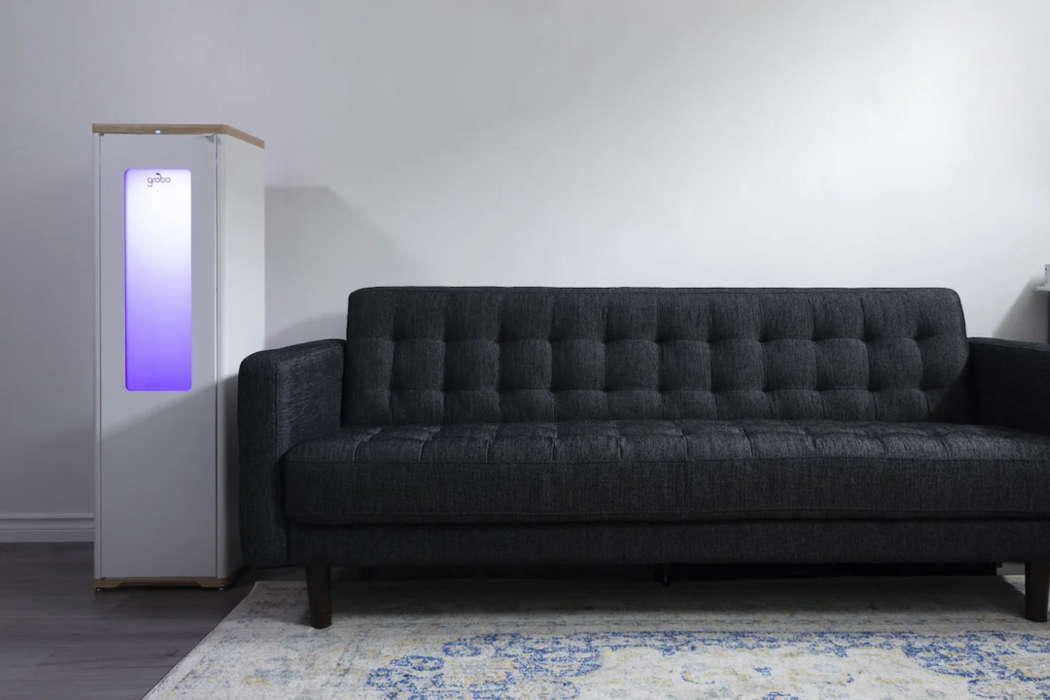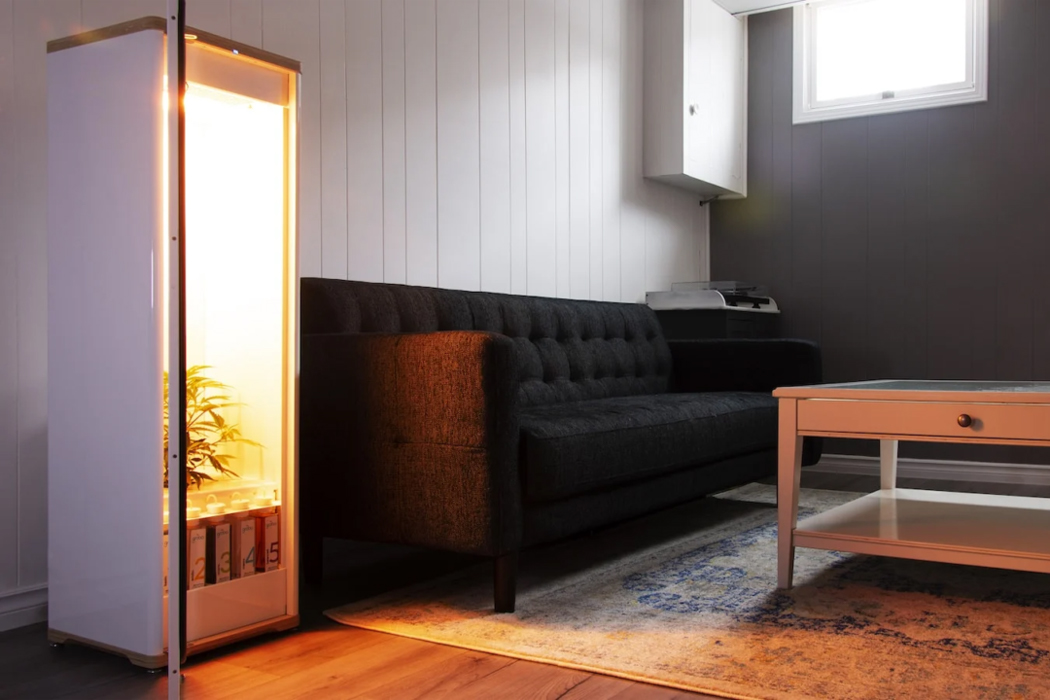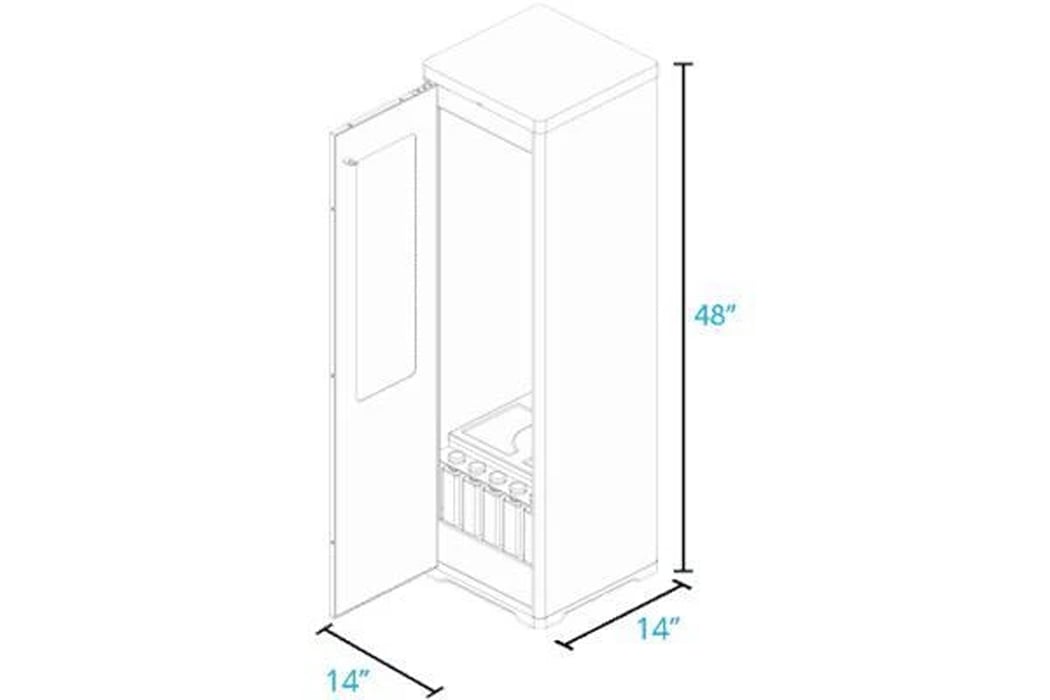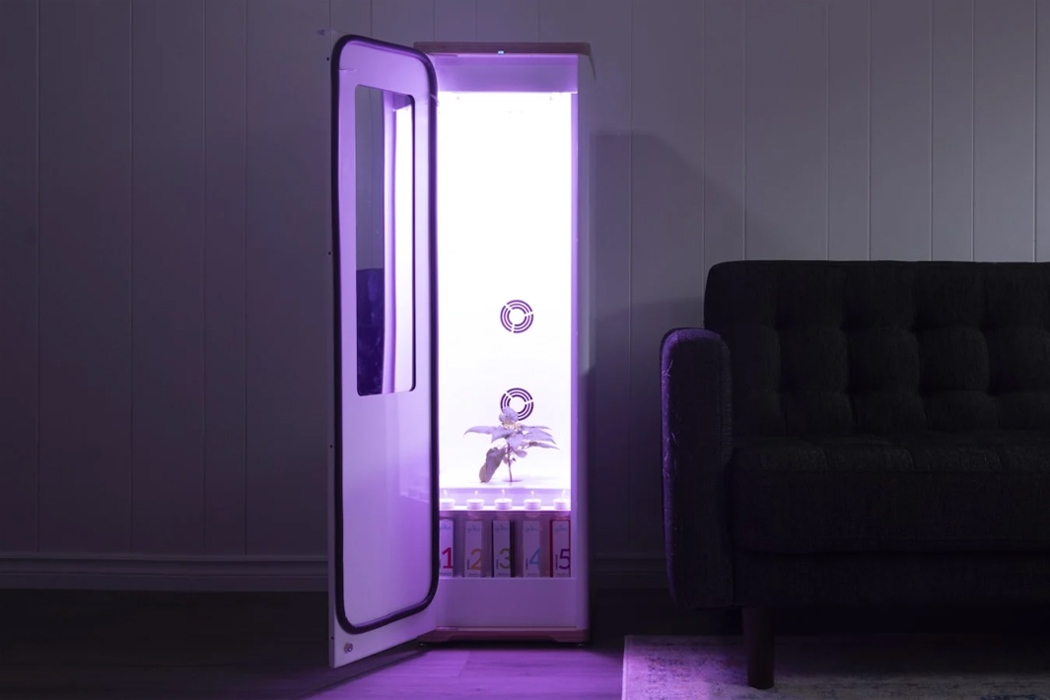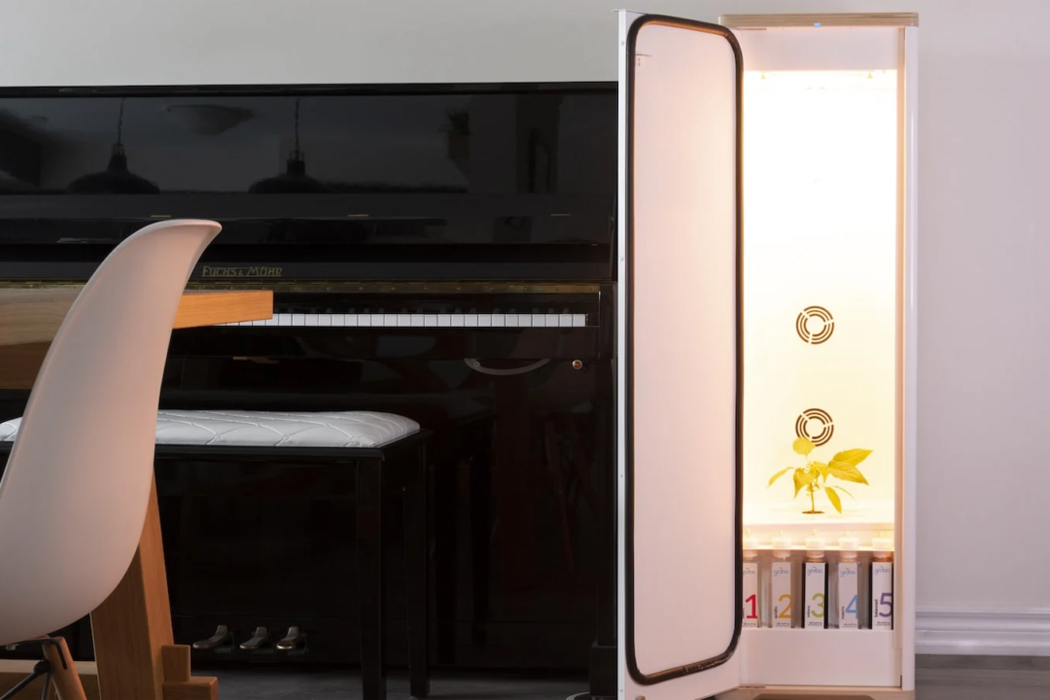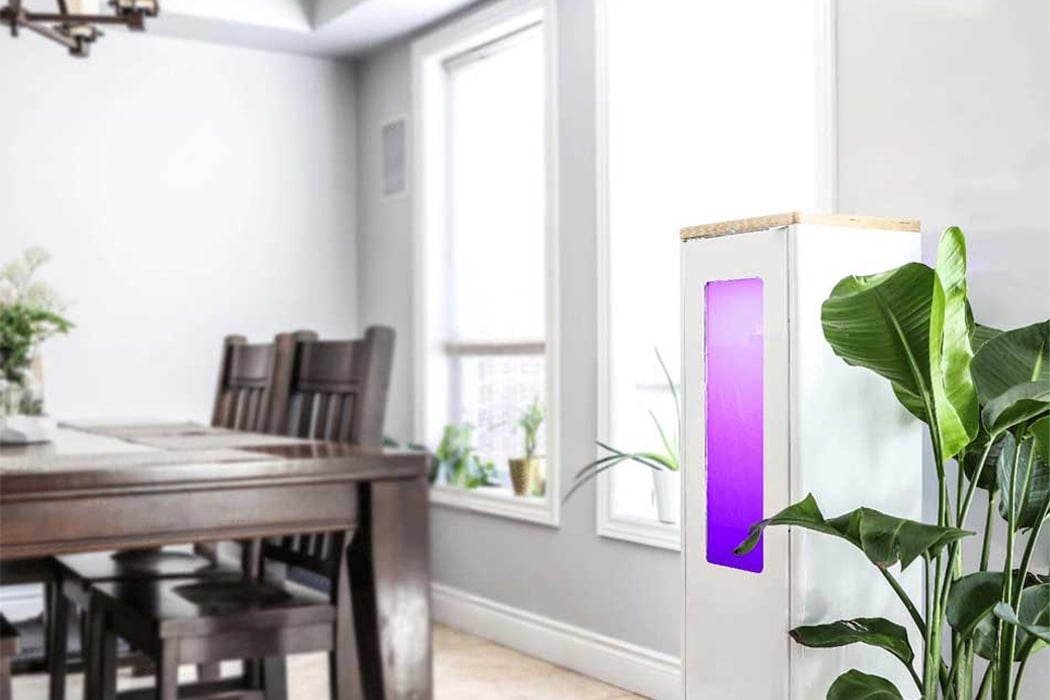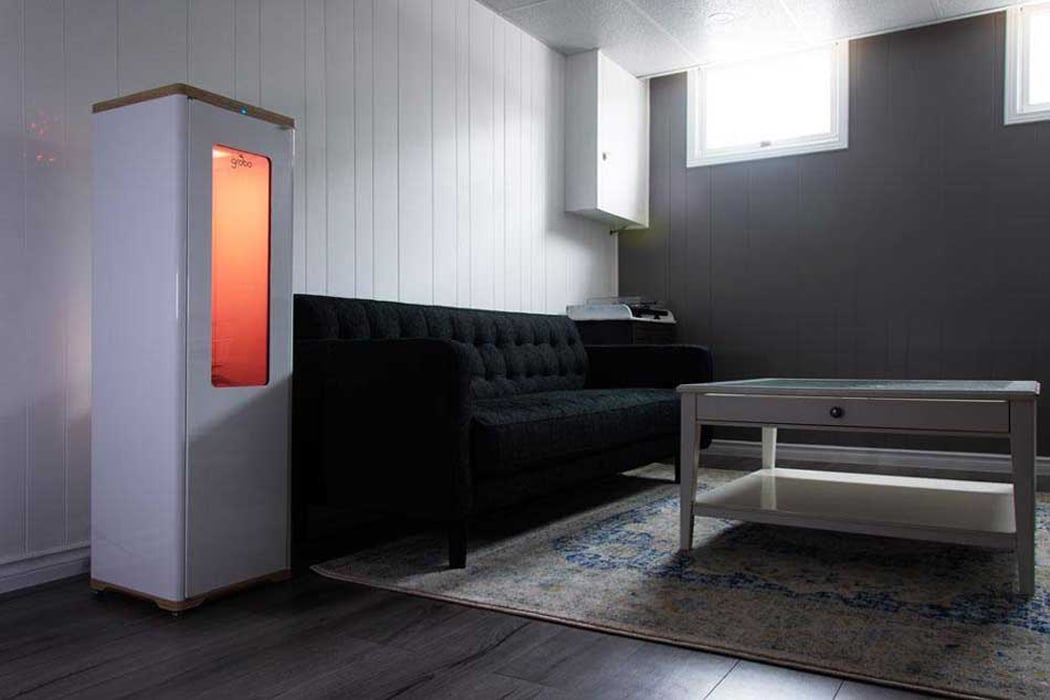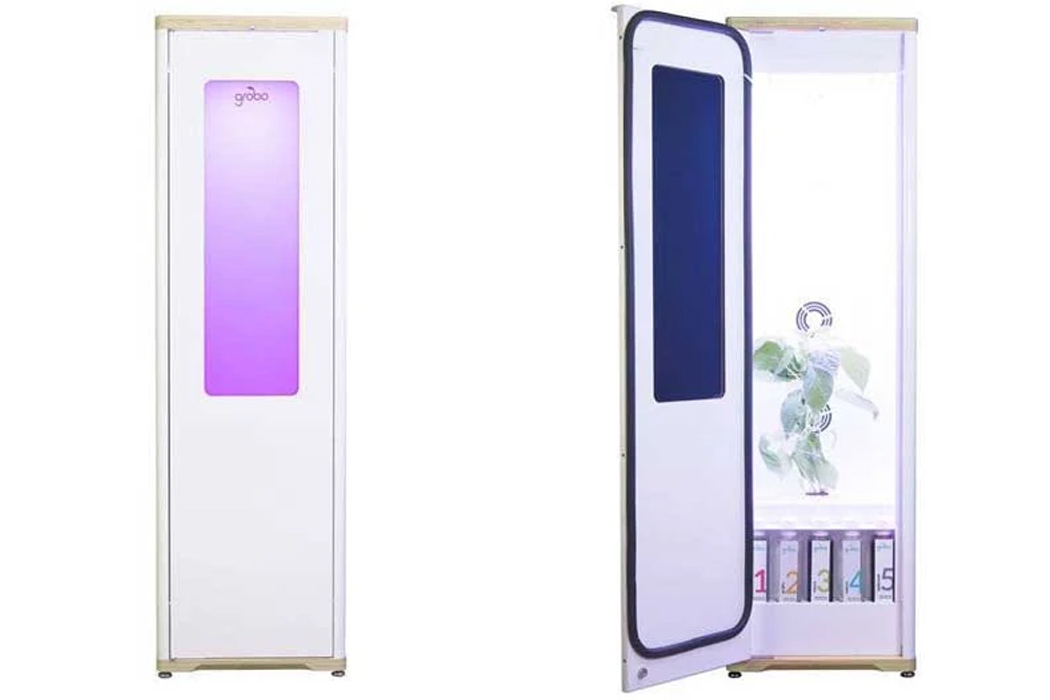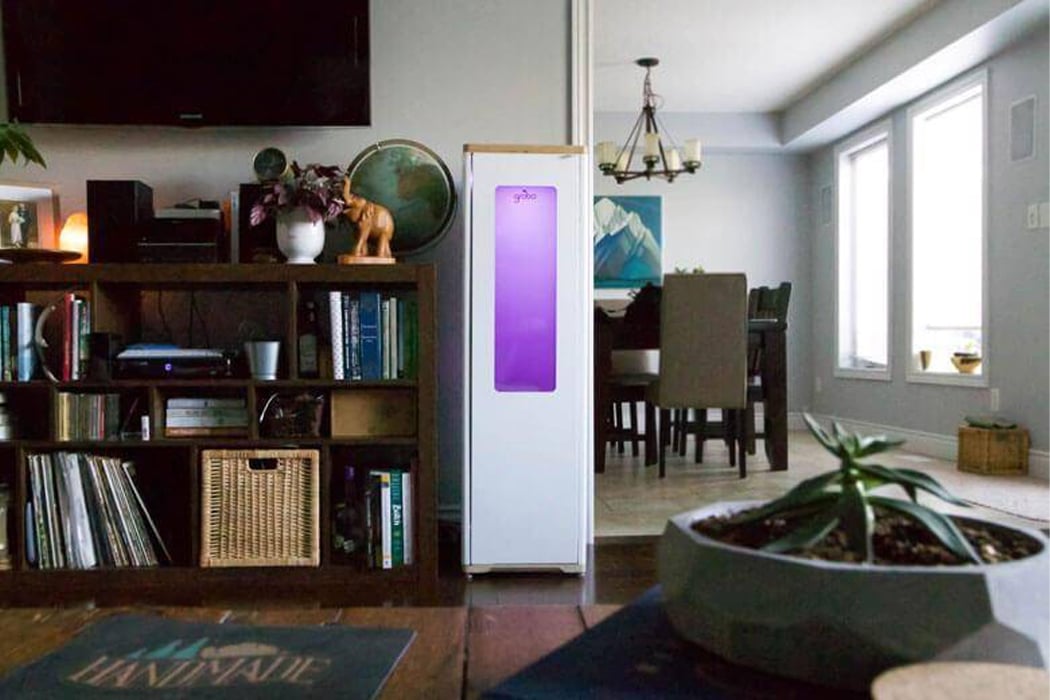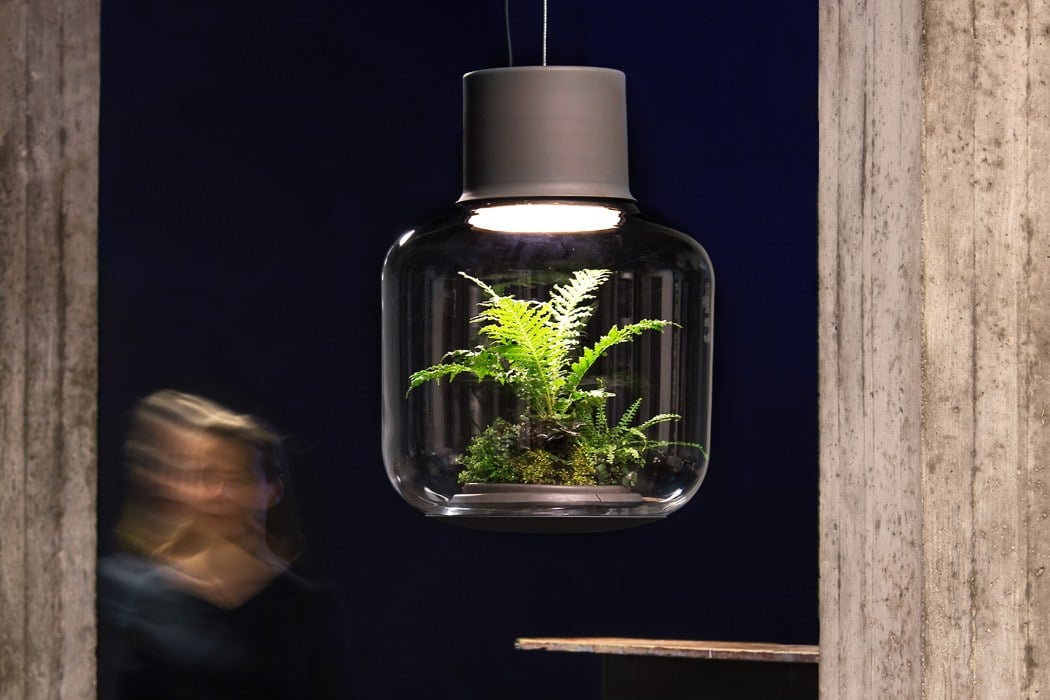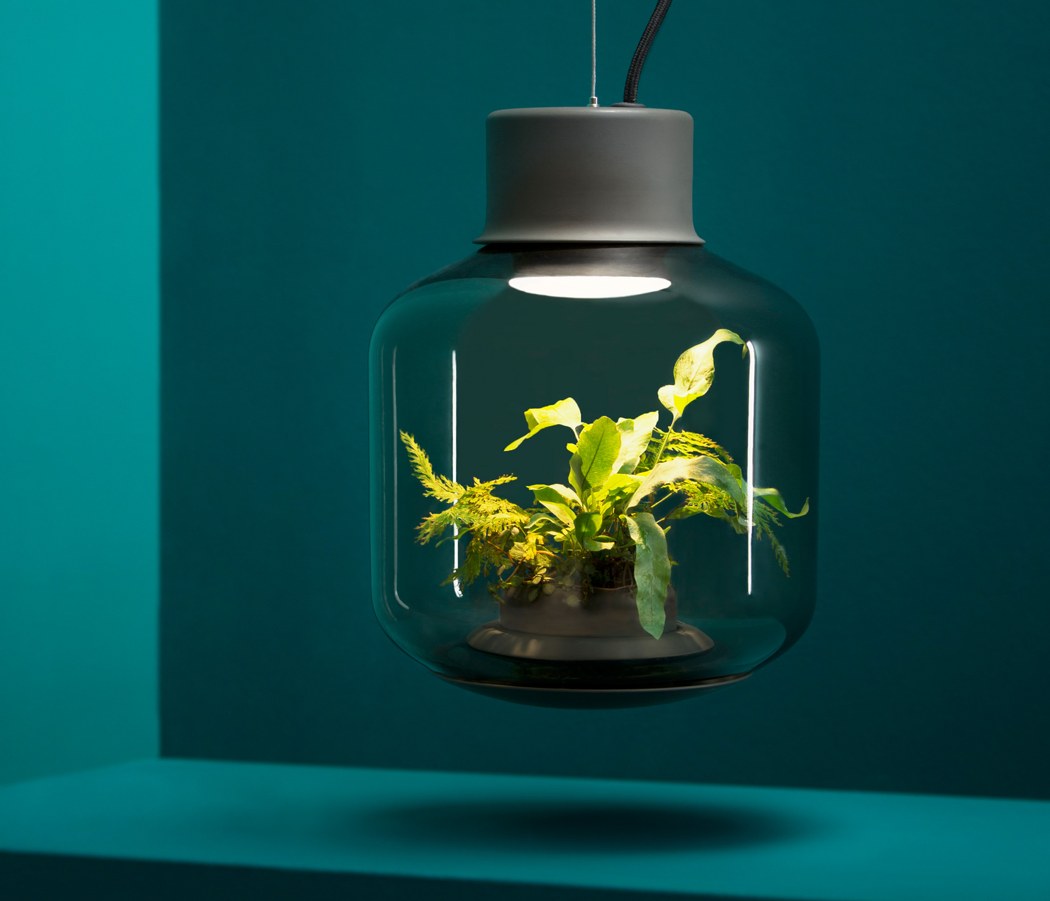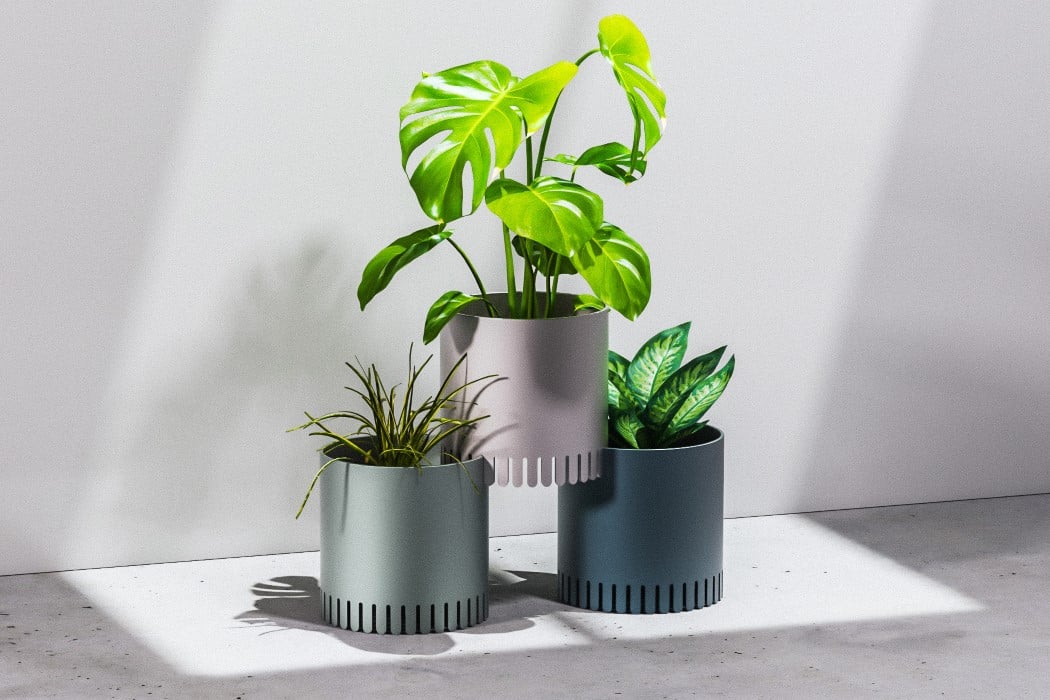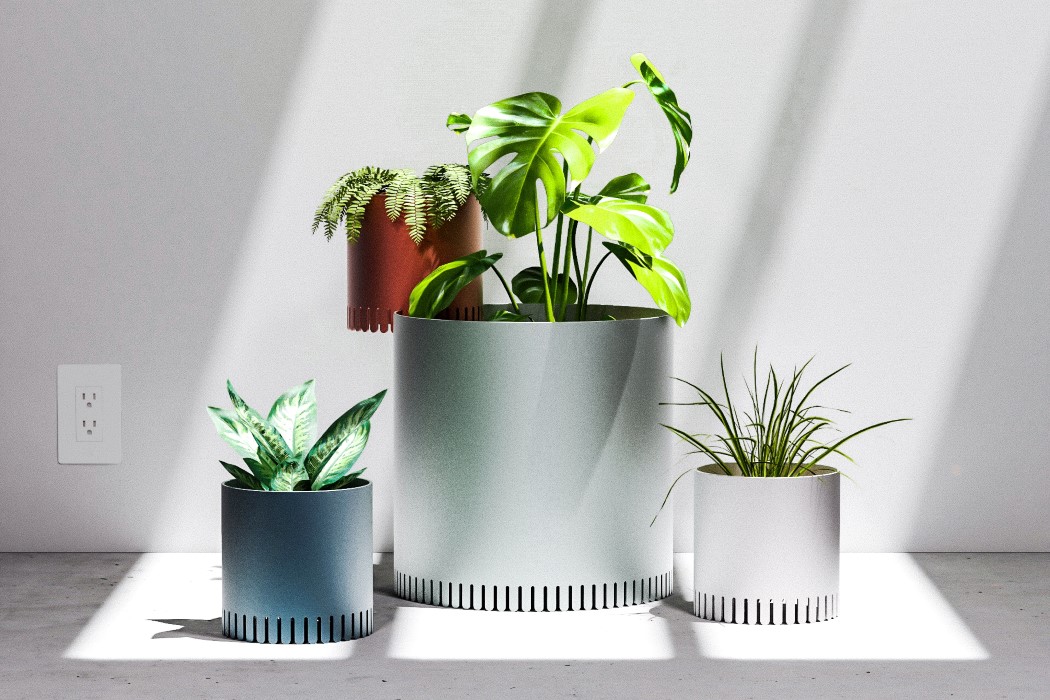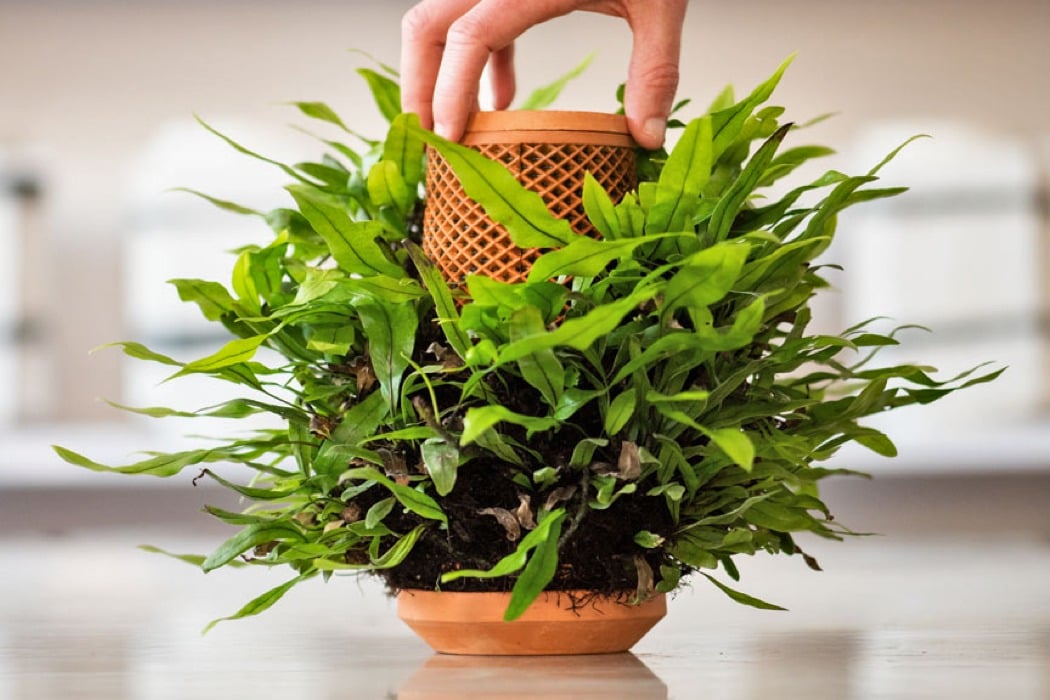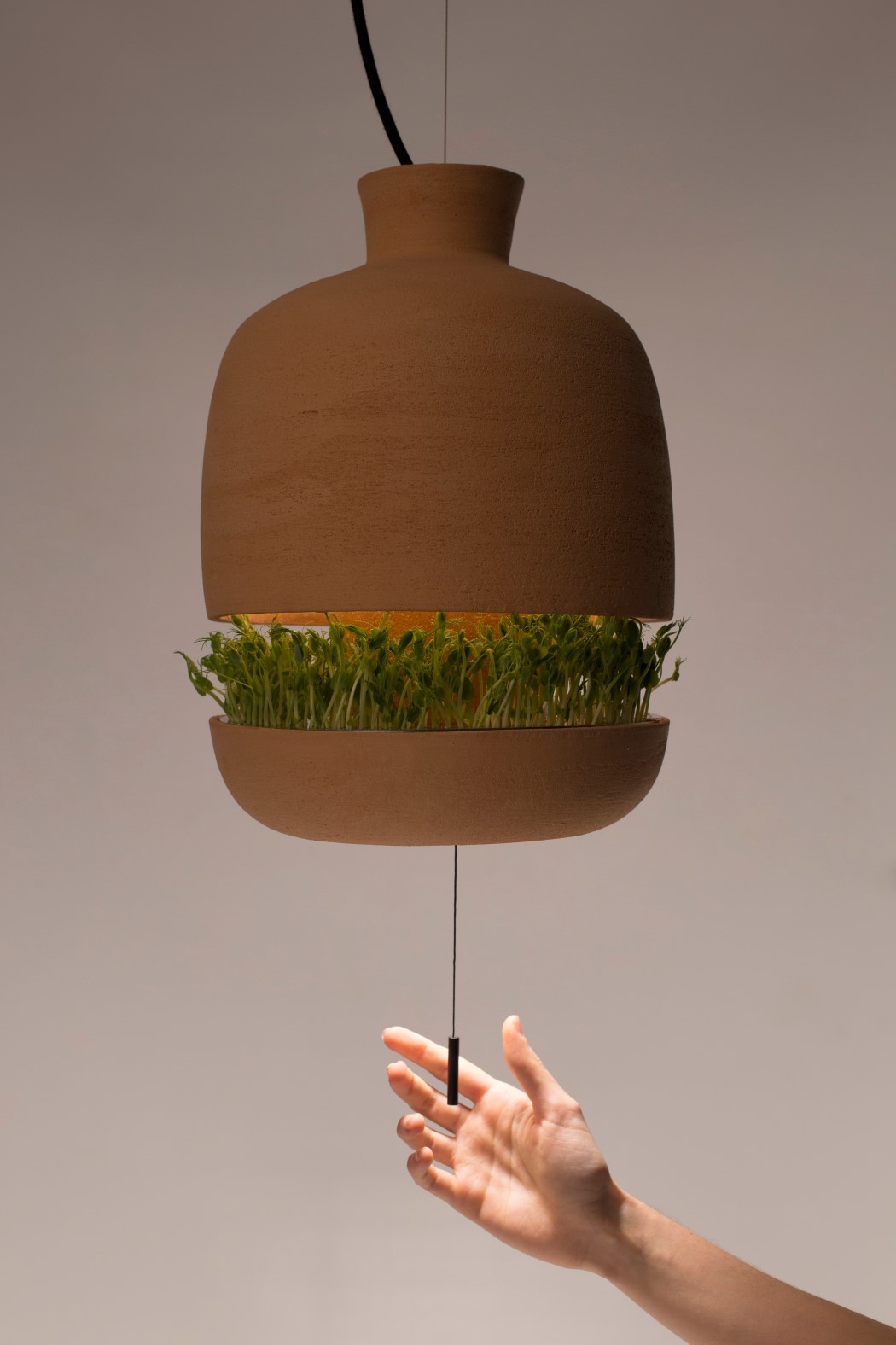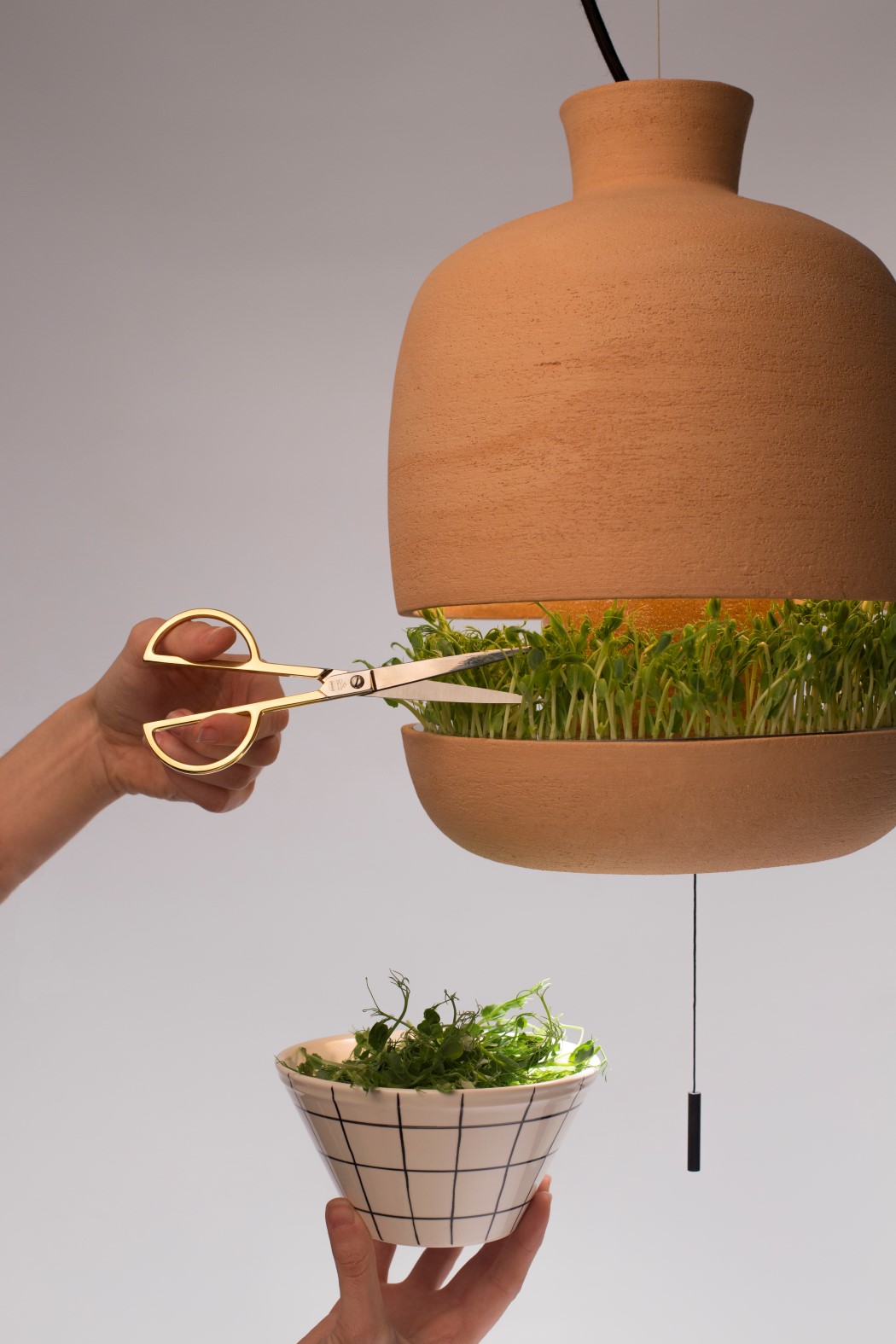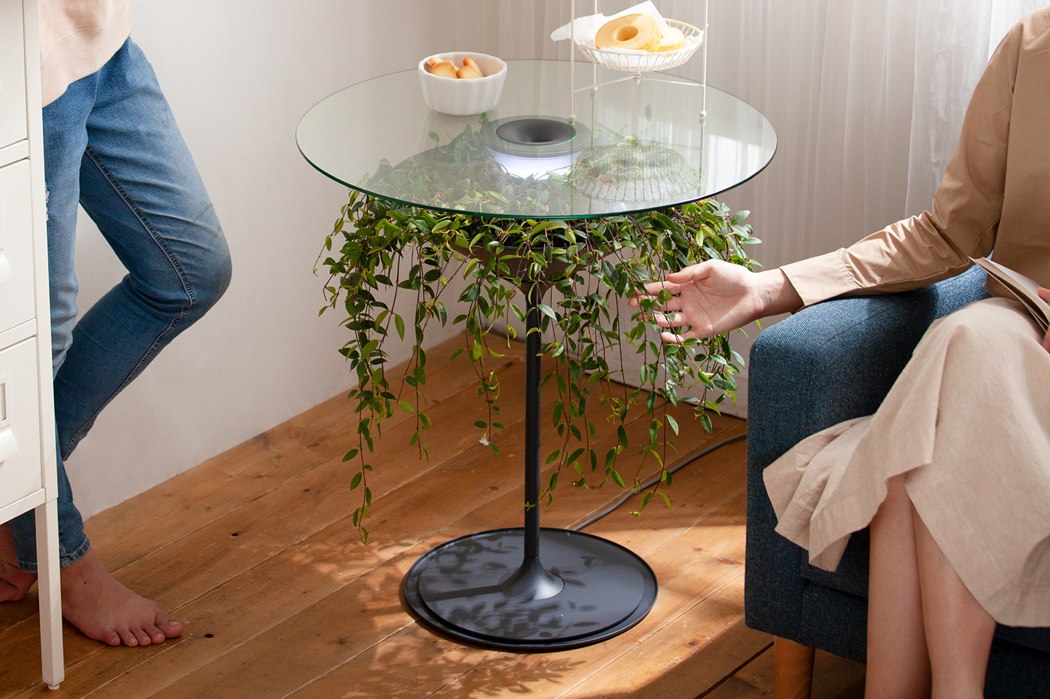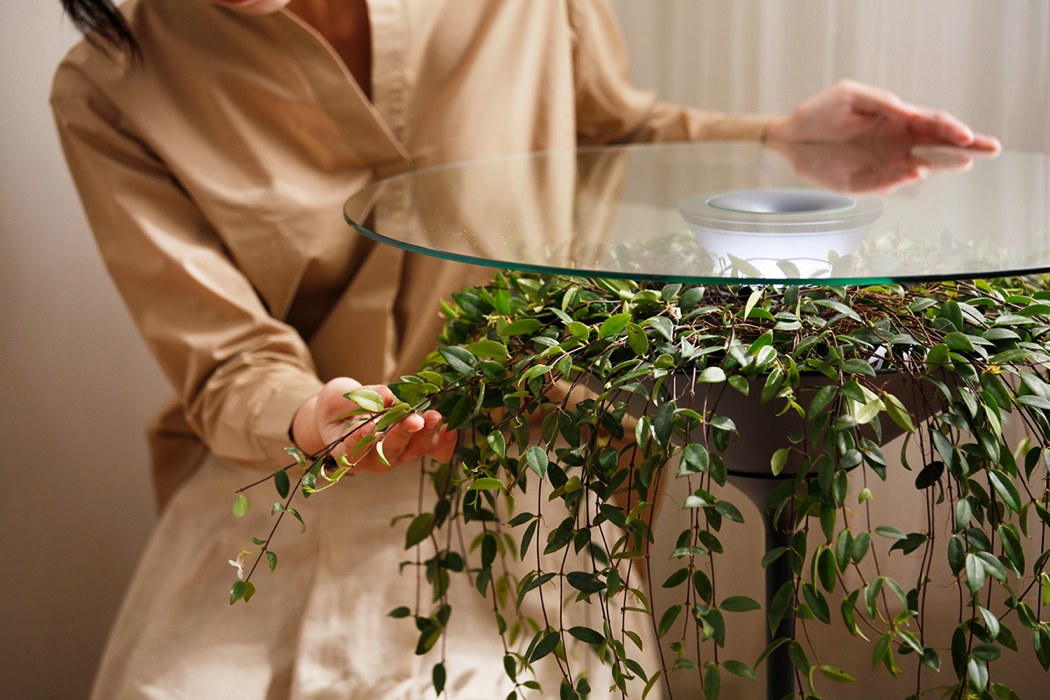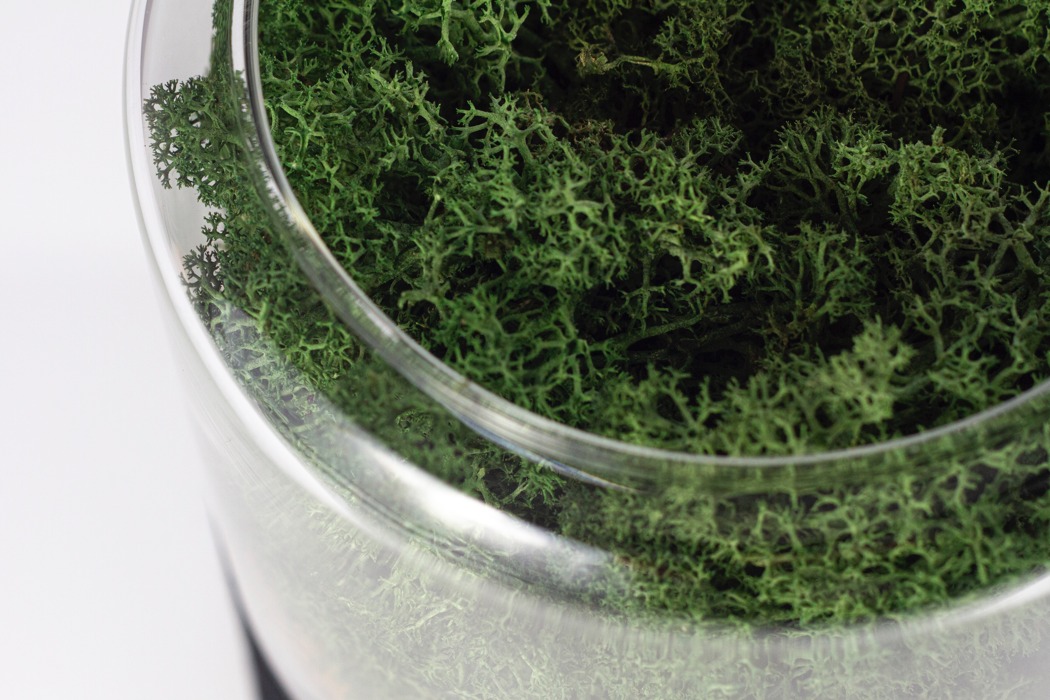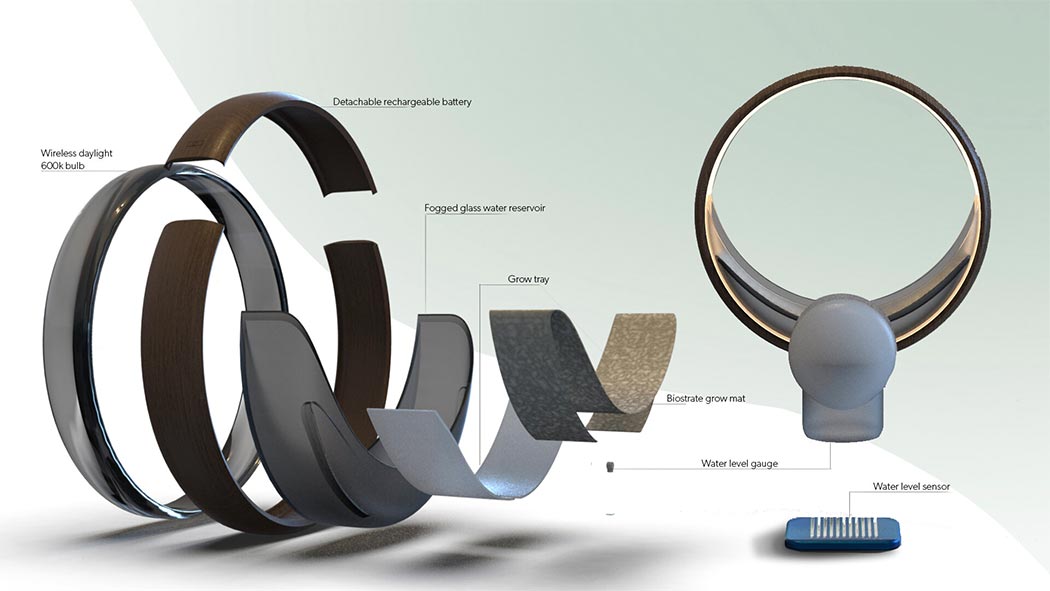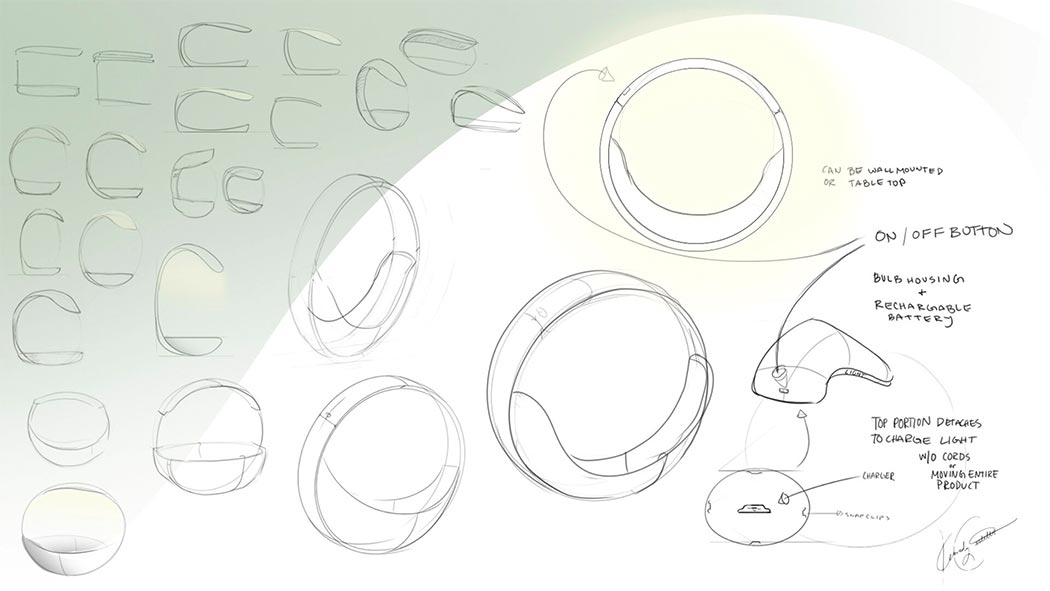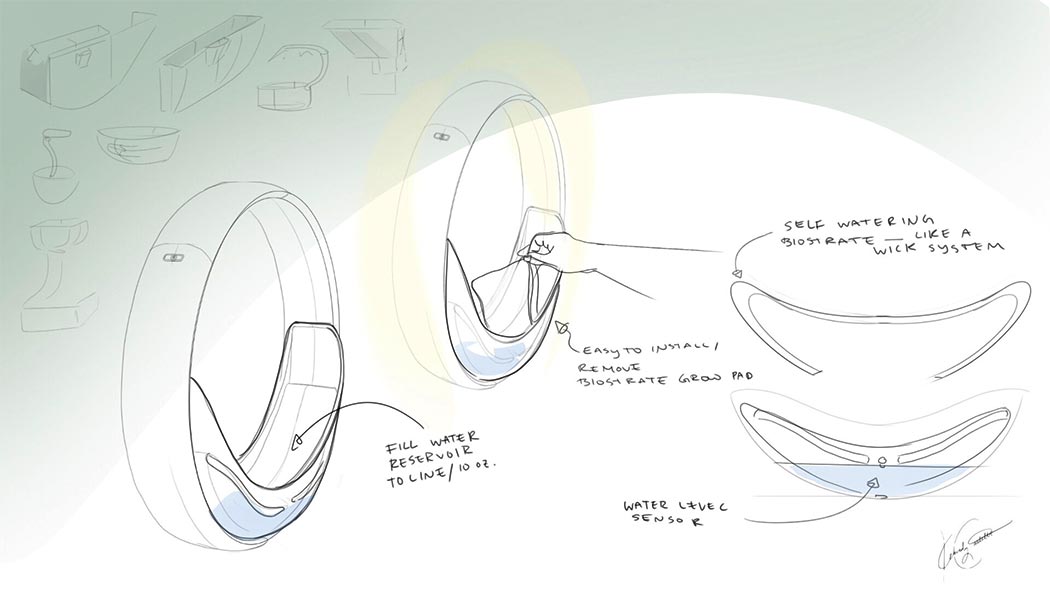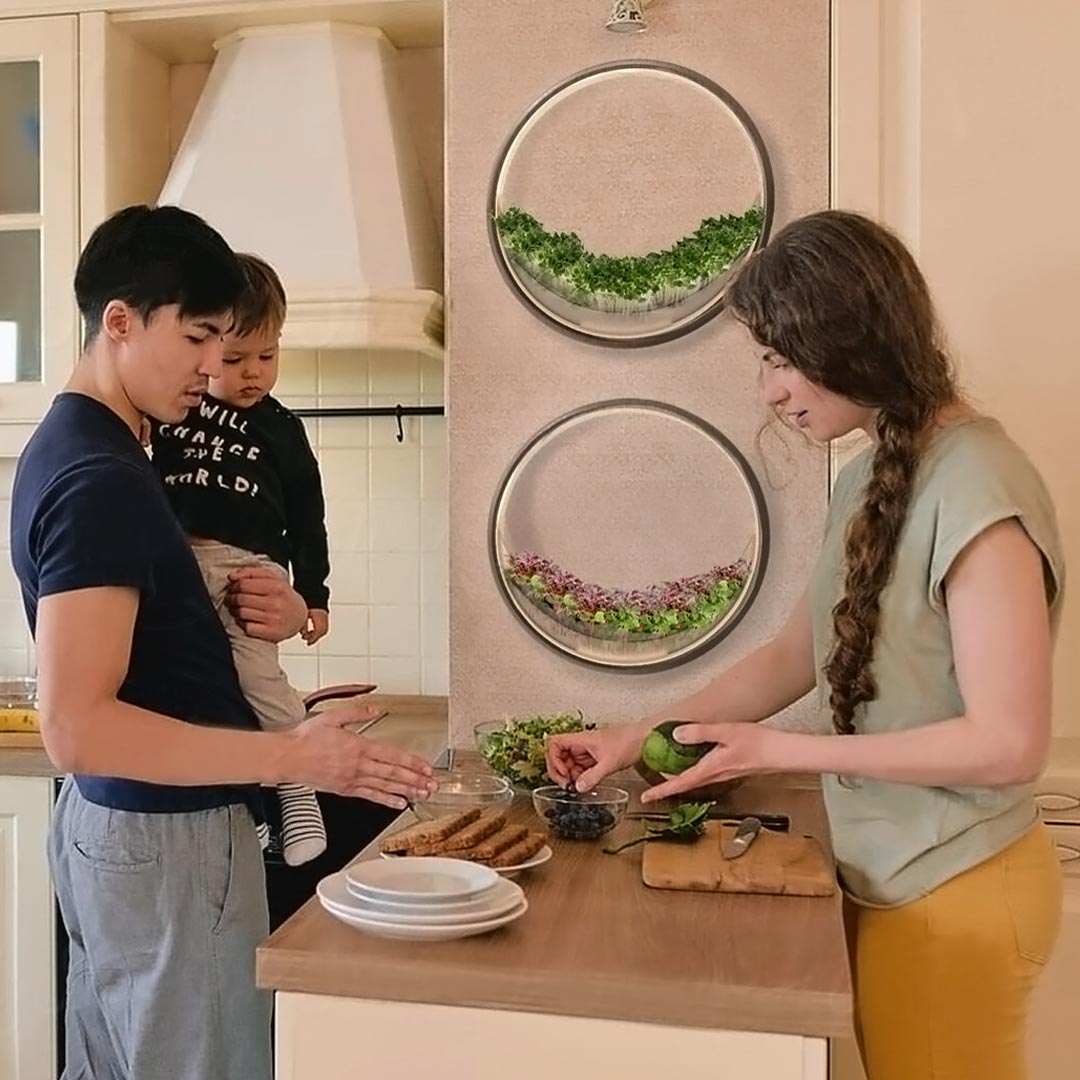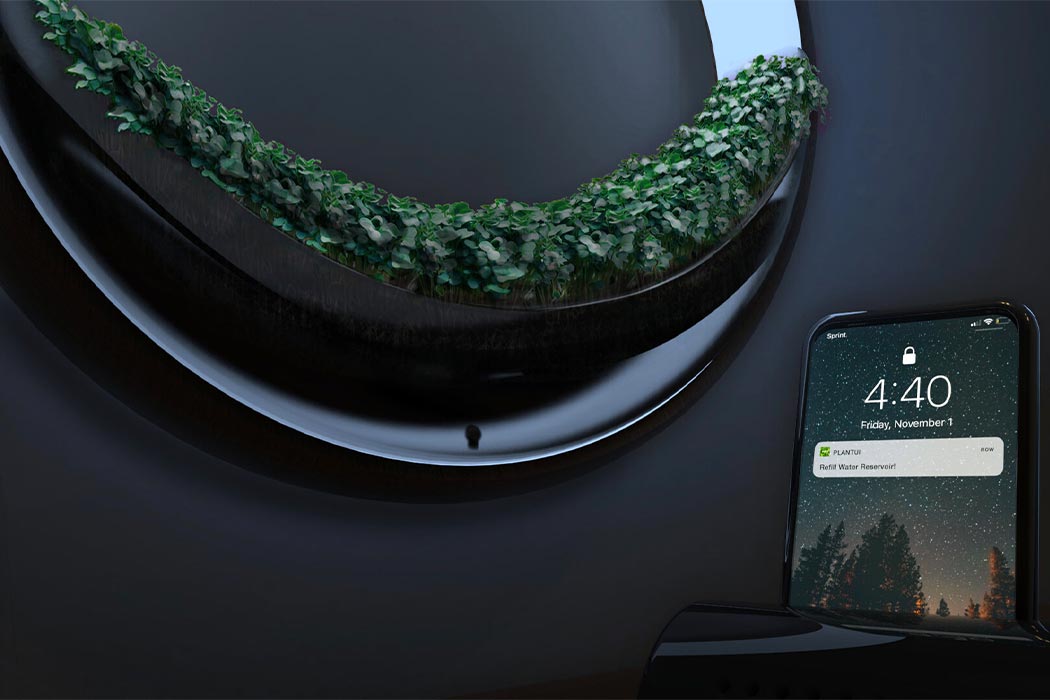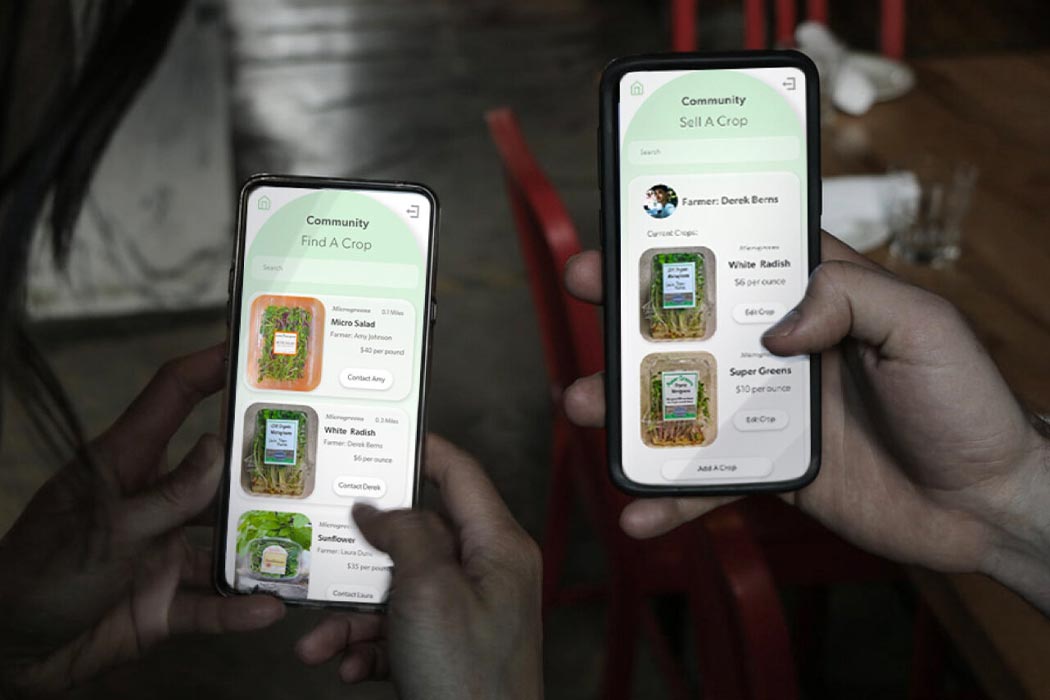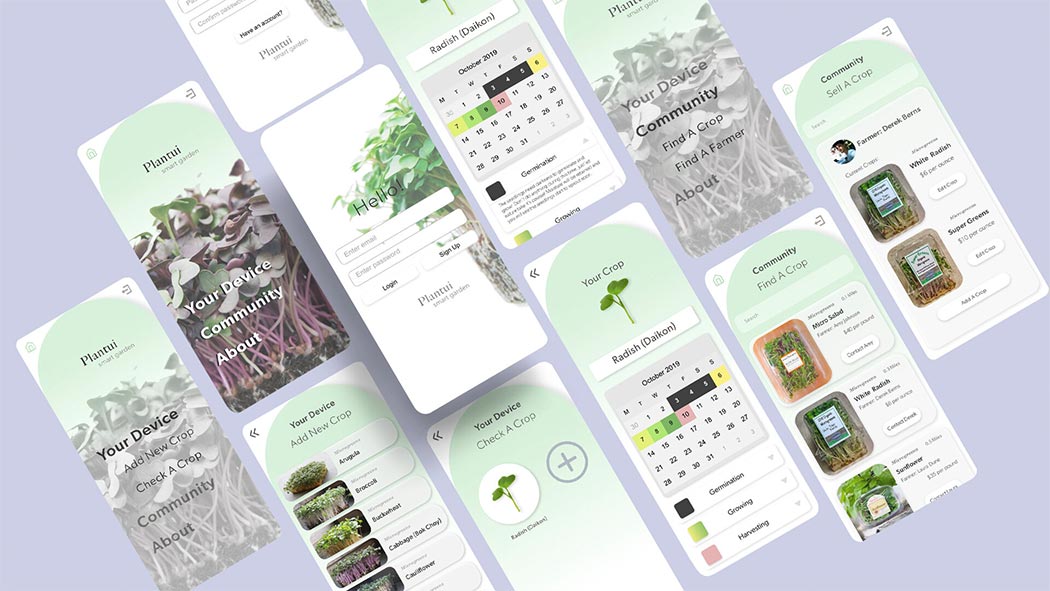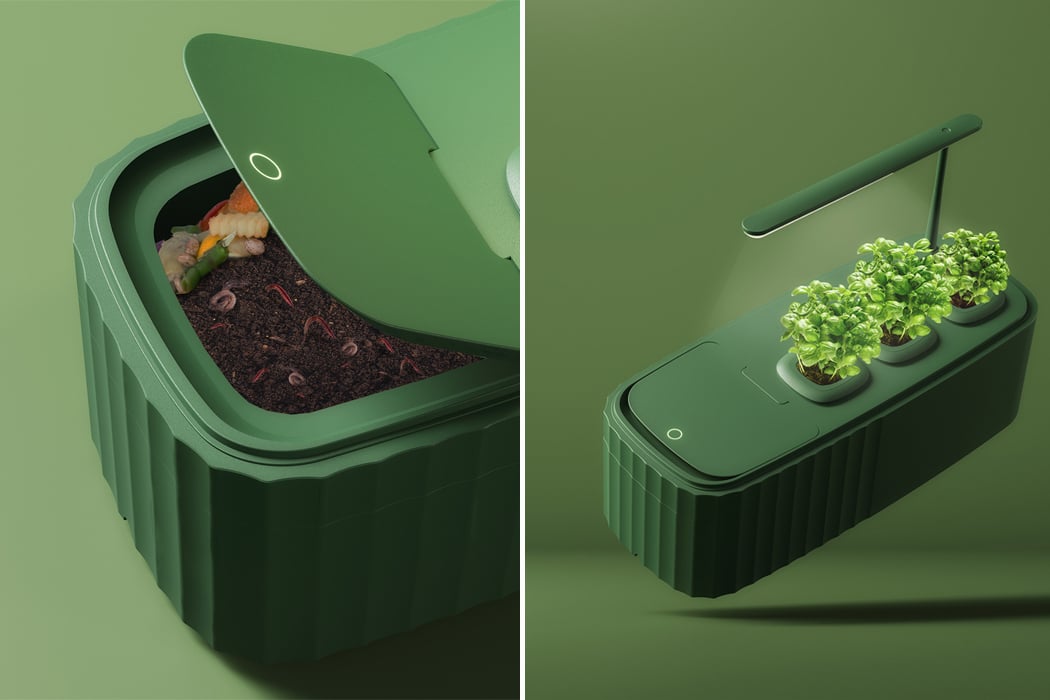
Gardening is an extremely therapeutic activity, and though I may not engage in it all the time, the few times that I have, I found it really delightful and soothing. Growing, tending to, and being surrounded by plants is intensely satisfying, all your worries slowly fade away, and you are simply enthralled by nature. However, not everyone has access to outdoor gardens, especially with the pandemic locking up most of us in our homes. Indoor gardening is a modern solution that works perfectly in our modern homes. From indoor planters to a coffee table with a hidden miniature garden, and even a gardening wheel, we have a myriad range of options when it comes to growing plants within the comfort of your home! These unique, innovative, and thoughtful designs promise to take care of all your indoor gardening needs. And I don’t know about you, but I’m really considering trying one of them out, I wouldn’t mind adding indoor gardening to my daily routine!
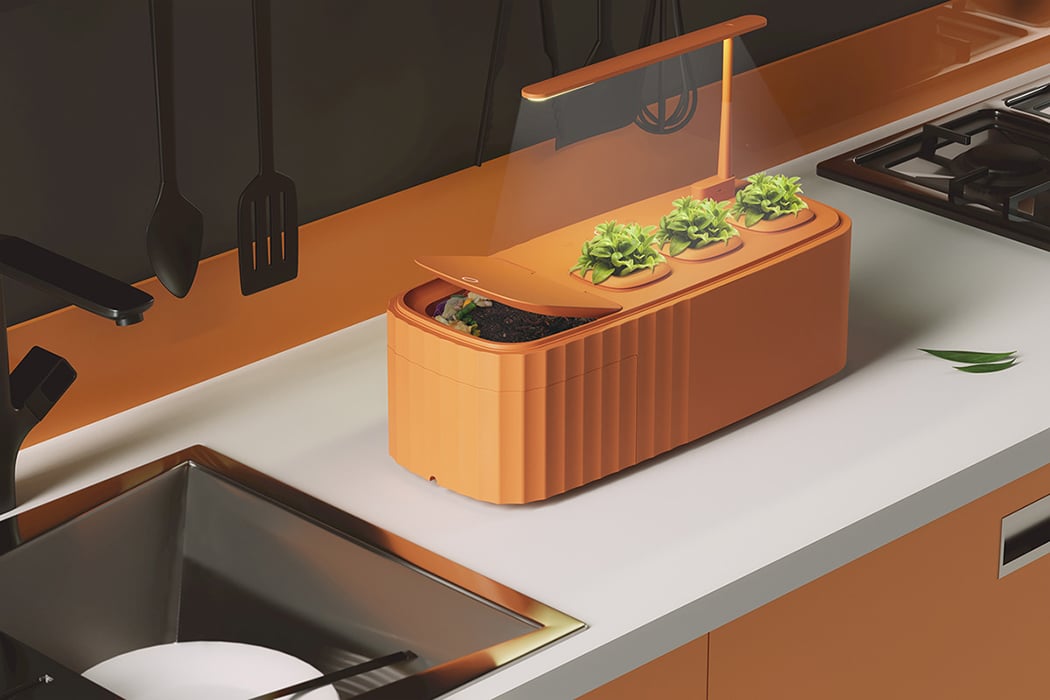
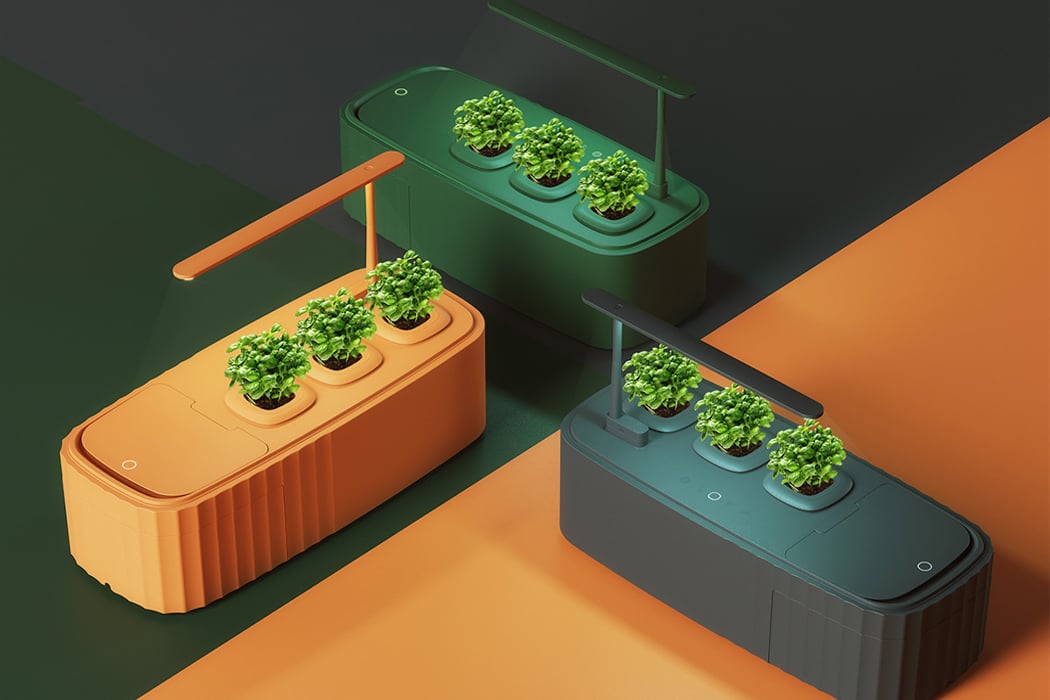
KAGURA was created by Chaozhi Lin so that environmentally conscious people can curate their very own self-sustaining indoor gardens no matter where they live. KAGURA’s system is comprised of three main working parts: a container for food waste, an elevated light structure, and three soil pots. The food waste container is located on one side of the indoor planter and turns your leftover food scraps into compost for fertilizer. Composting is a method used to decompose organic solid waste and fertilize the soil for gardening. The slim, attractive light fixture is situated directly above KAGURA’s garden pots and provides the mini garden with nourishing light-energy. The indoor, gardening system is completely self-sustaining and conveniently sized in order to fit into any kitchen or living space. The system itself works after food waste is dumped into the container on the left-hand side, fertilizing the soil contained in the trio of modestly sized pots, each of which provides energy for plants to then grow and thrive.
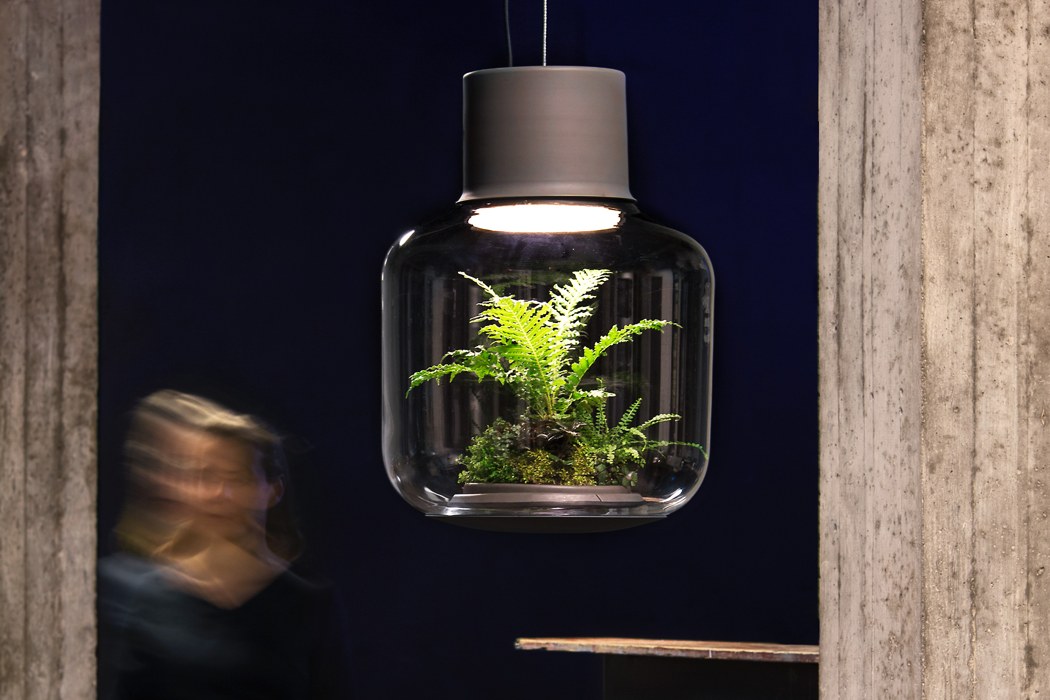
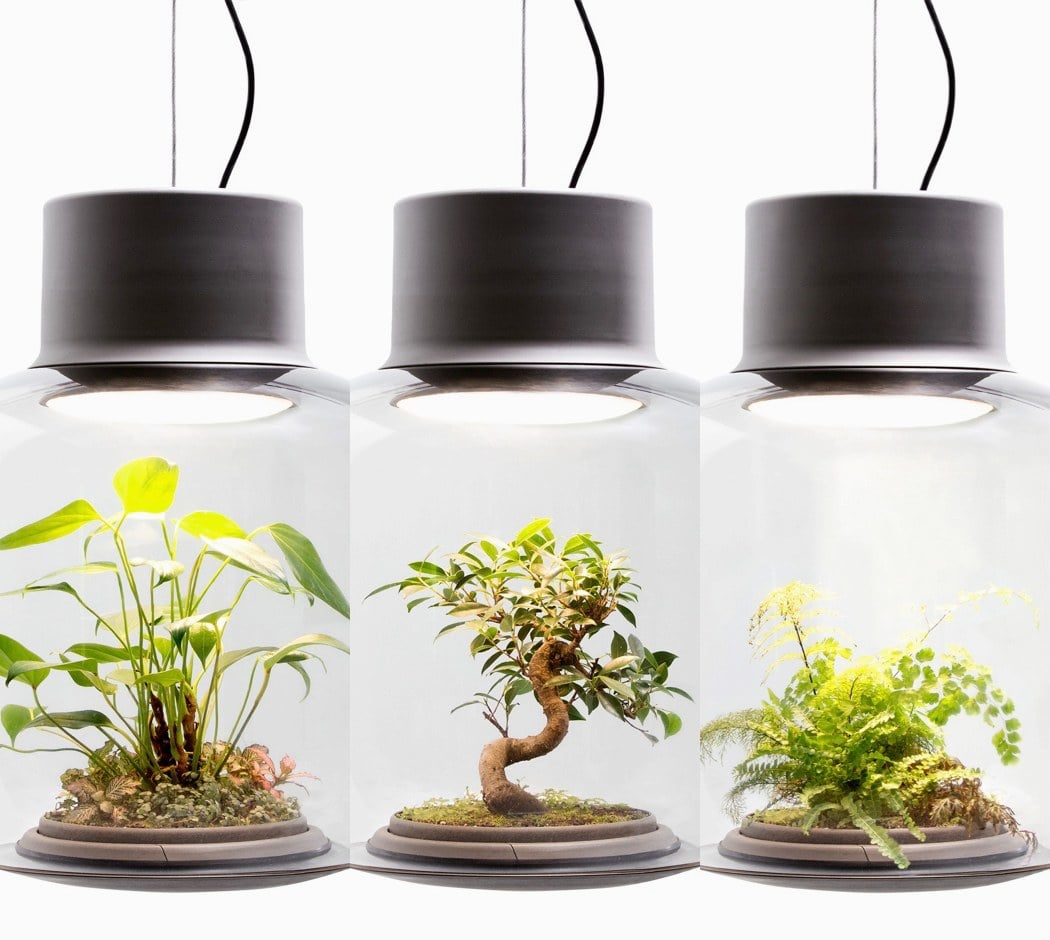
You love plants, plants love light, you love light, you’ll both love the Mygdal plant light! Nui Studio’s revolutionary lighting solution not just because the luminaire is a completely self-sustaining ecosystem where the plants can grow undisturbed, but also because of its one-of-a-kind electrically conductive glass coating. It actually streams the electricity invisibly along the surface, so there’s no need for a cable connection between the power source and the LED. Bring even windowless spaces to life with a plant light!
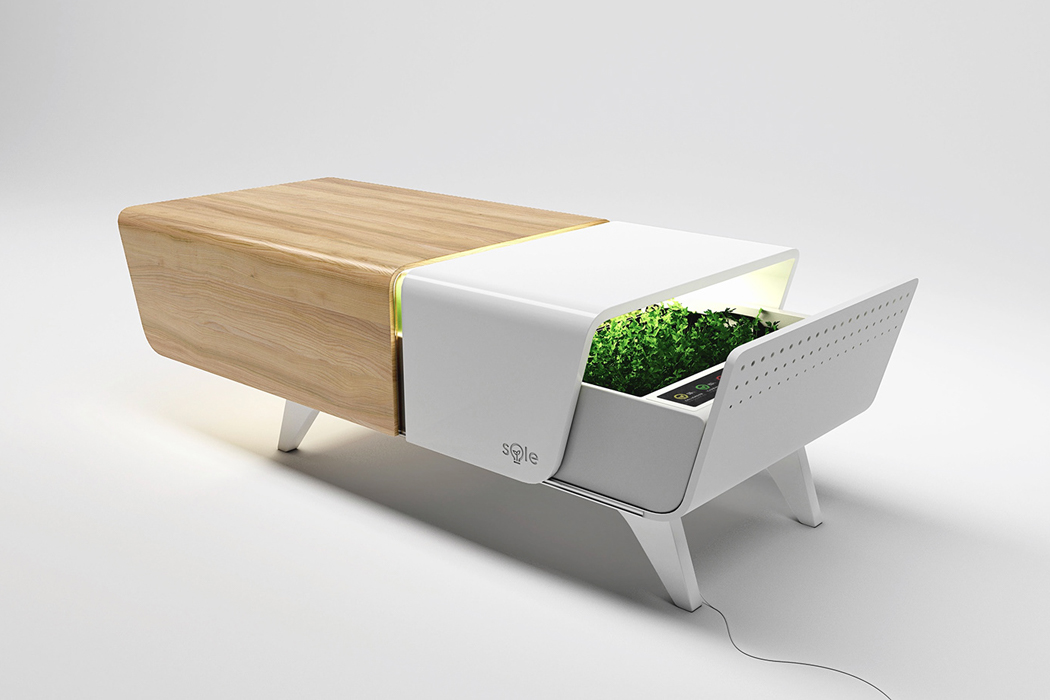
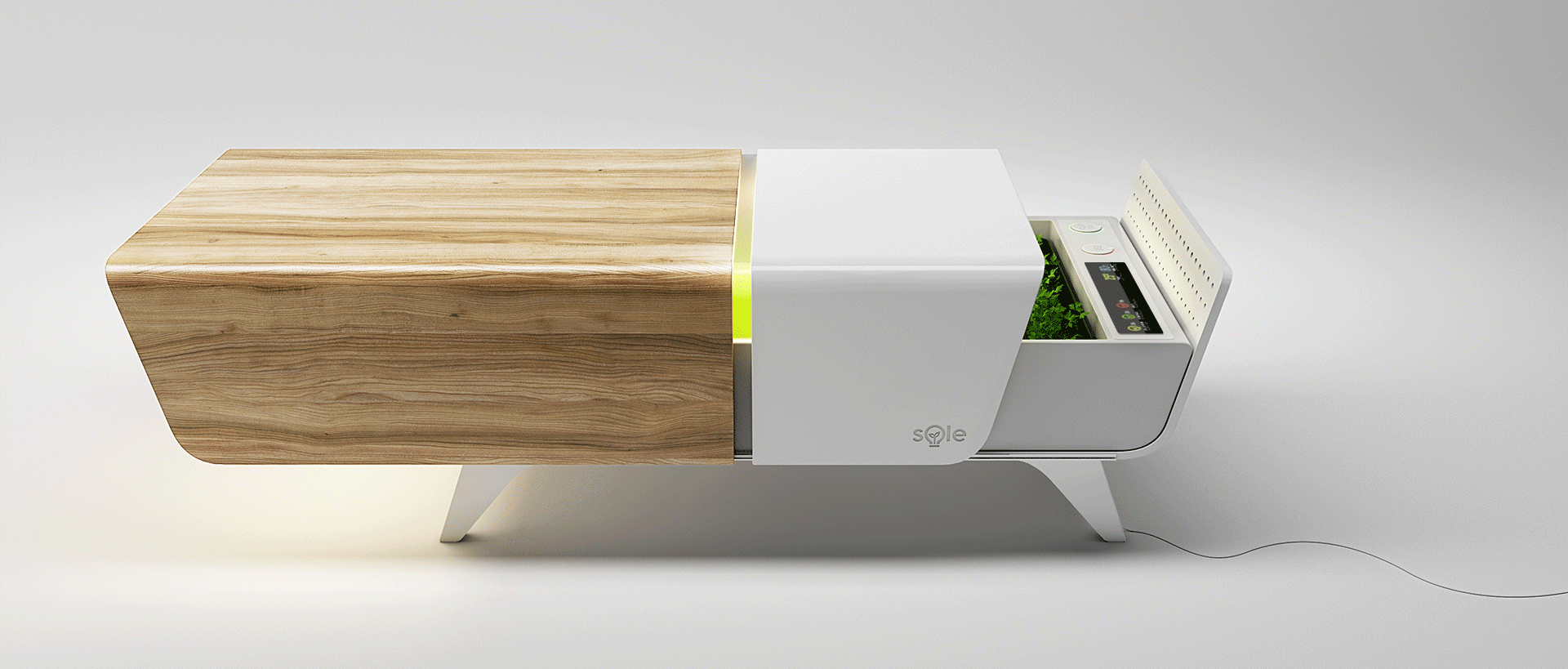
SOLE, a home gardening system, poses first as a small coffee table only to reveal a hidden, self-maintained, miniature garden for city dwellers who want to fill their homes up with some natural greens, but not the fuss that typically comes with them. More people are moving into cities, which means that access to home gardening is decreasing since natural light is harder to come by and smaller apartment spaces, like efficiency studios, are preferred. Thankfully, SOLE’s coffee table was designed to take up as little space as possible in order to fit into even the smallest of studios. Indoor urban gardening is usually practiced by using grow box containers that require a lot of window ledge space and natural sunlight – both of which can be hard to come by in city apartment searches. In order to make home gardening possible in any city-living space, SOLE maintains the perfect climate, temperature, and nutrients for you and your chosen plants so long as they fit inside the coffee table’s extensive body.
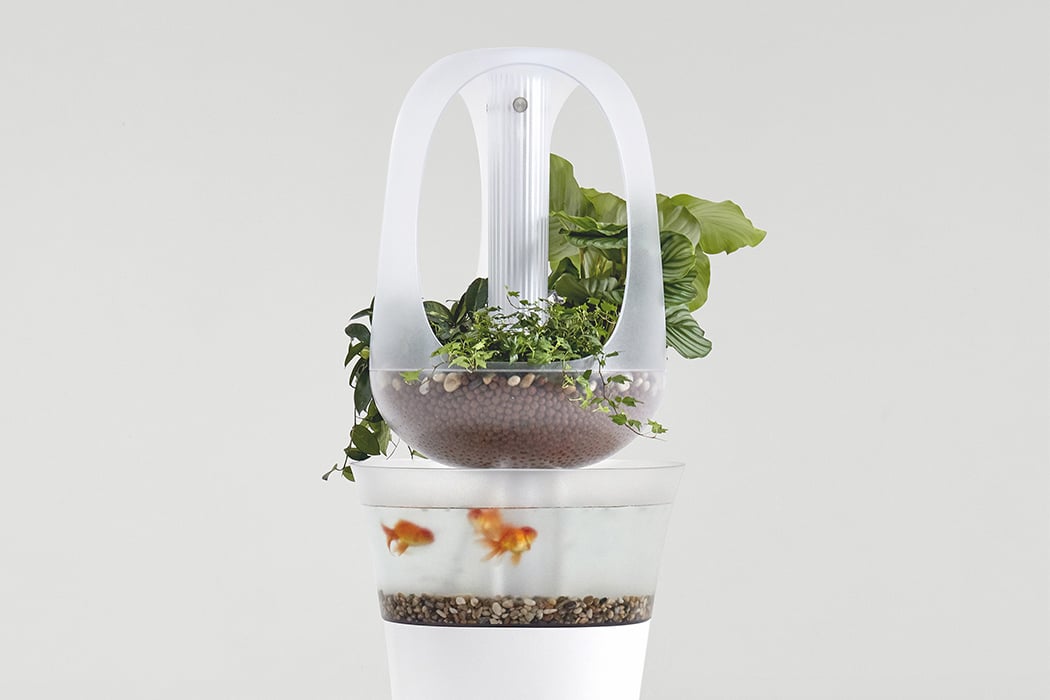
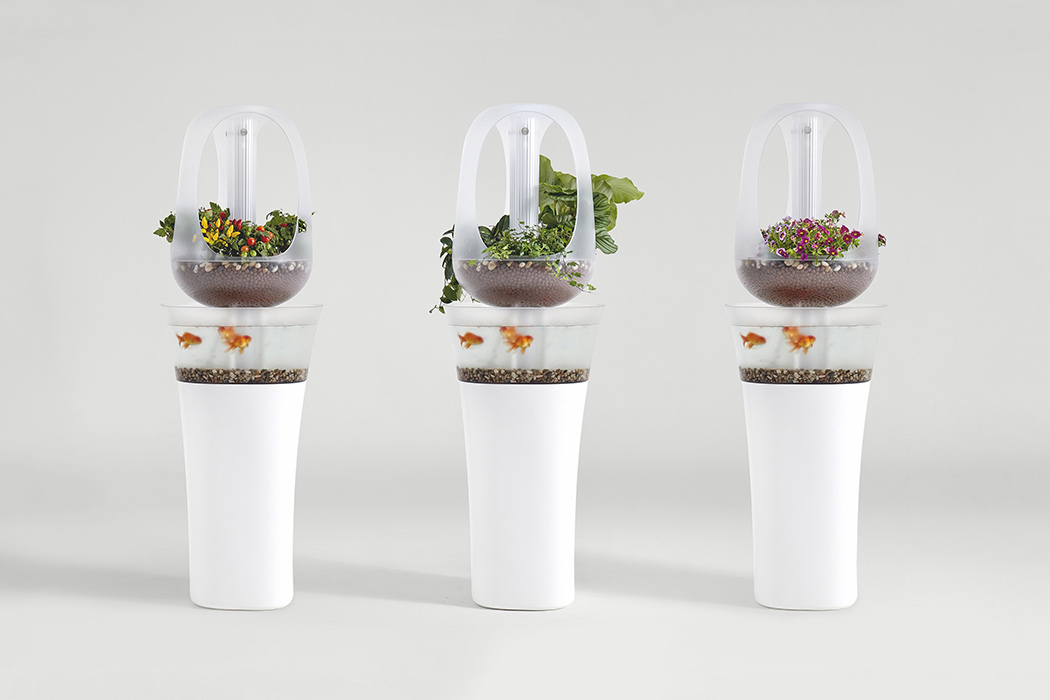
The Eva hydroponic fixture offers neglectful plant owners a no-effort solution in which the plant cares for itself – by merging an indoor garden with an aquarium! The Eva planter creates an environment in which the plants can survive without human help. How? By creating a symbiotic relationship between the fish and fauna that live inside it. The fishes produce ammonia as a waste product, which can become toxic in large amounts. As it happens, ammonia contains nitrogen, which is necessary for photosynthesis and helps with plant growth. In the garden above, the roots break down the ammonia, and the resulting waste product, nitrites, then become food for the fish. Simply put, it’s the circle of life — with only two organisms.
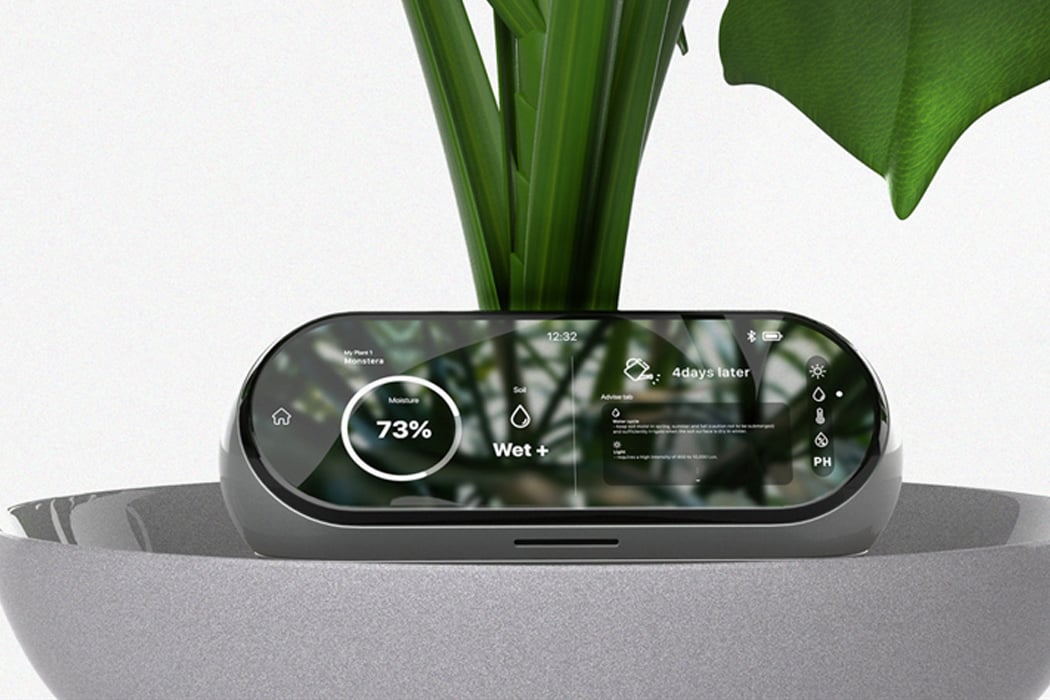
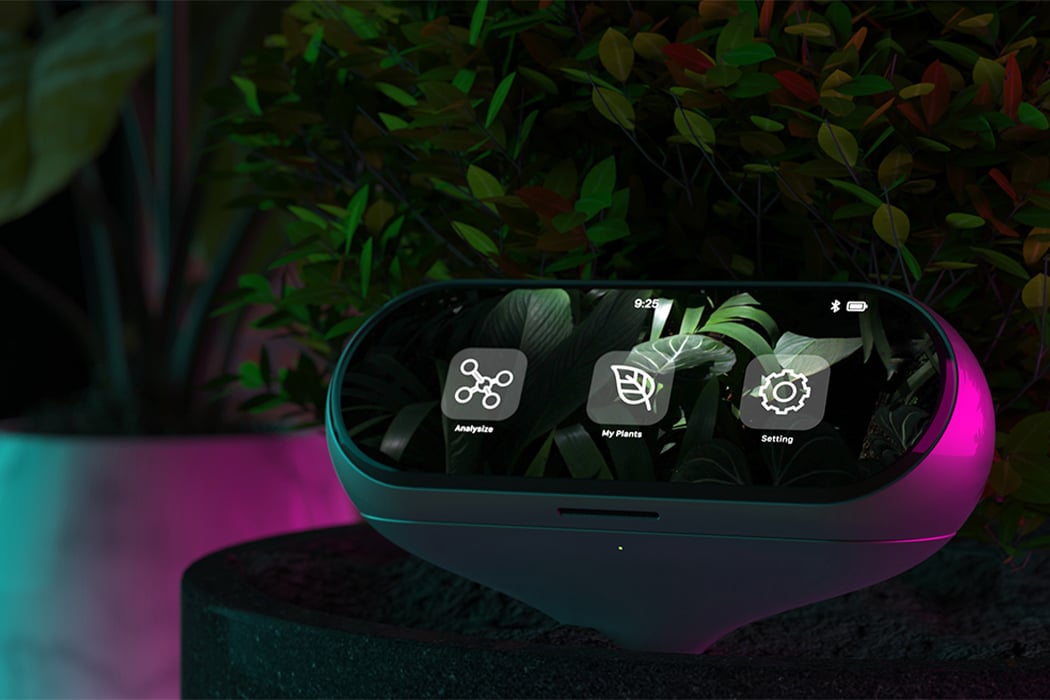
Millennials seem to take some heat from older generations for how often we’re on our phones and how disconnected from the world we are because of it. In order to make some sense of that tension, Park bridged a connection between the natural and mobile worlds. Botanist consists of three divided parts: touchscreen, connector, and the probe stick. The probe stick scans and analyzes your houseplant’s soil in order to communicate what the plant might need, which is displayed on Botanist’s screen. Through a speaker and touchscreen, the user is informed of the houseplants’ soil, pH, light, temperature, and humidity levels on easy-to-read, circular, gauges. The touchscreen then provides additional information, relaying how the user can maintain the plant’s health levels or cater to them. The connecter is what allows the information gathered from the probe stick to travel to the touchscreen. On its touchscreen, Botanist also lets users file their houseplants so that they’re easy to find and take care of.
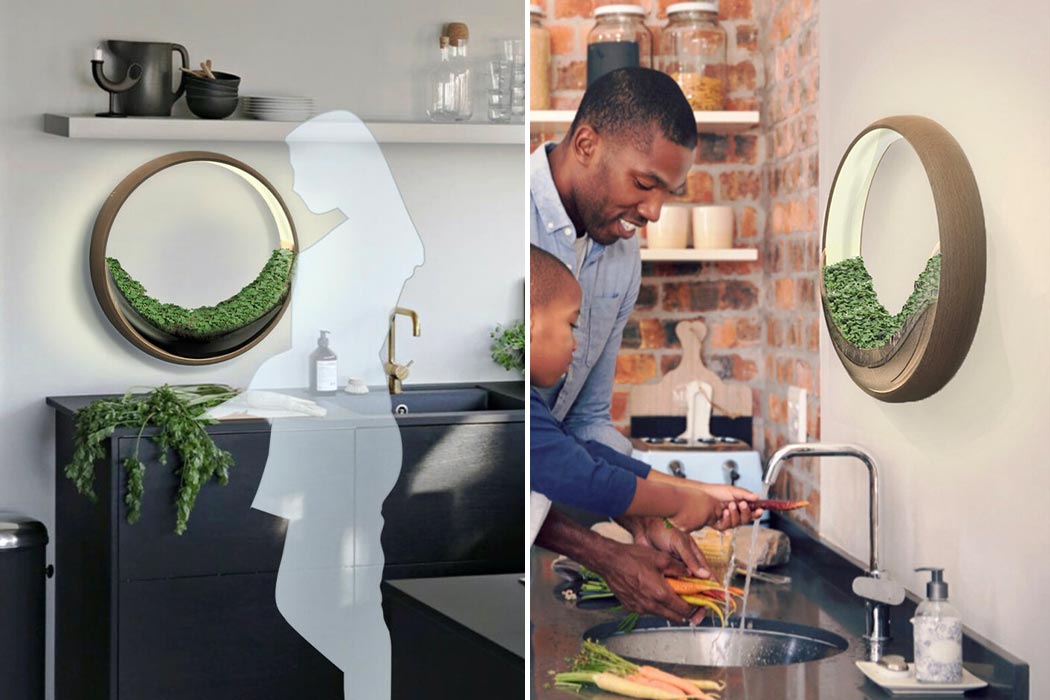
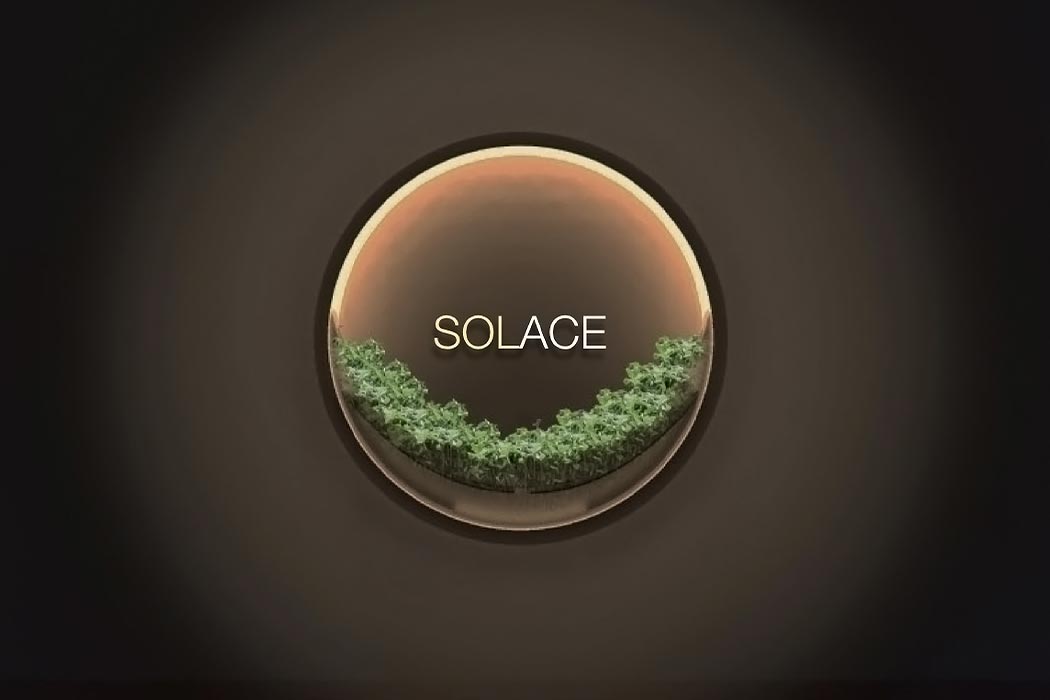
Solace is a scalable and sustainable solution to grow food in small spaces. It has a system that uses wick moisture with a biostrate grow mat and automatic lighting which makes it easy for beginners to start their home gardens. The appliance is also integrated with an intuitive app that guides you through germination, growing, and harvesting phases. The circular design increases the functionality of the product by utilizing available space instead of spreading out further. The growing light also serves as a lovely ambient light or night light – the design has a simple yet futuristic aesthetic – a lot like the Dyson circular fan actually. It has a detachable rechargeable battery and I think if it ever goes into production, the team should consider making the battery solar powered so it makes Solace even more sustainable.
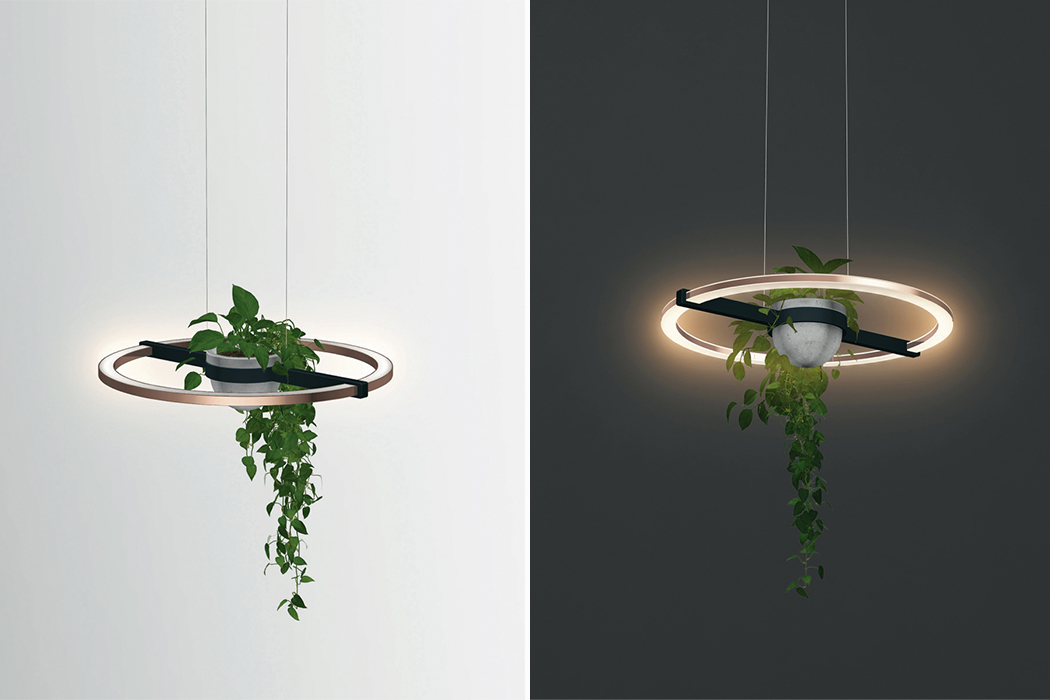
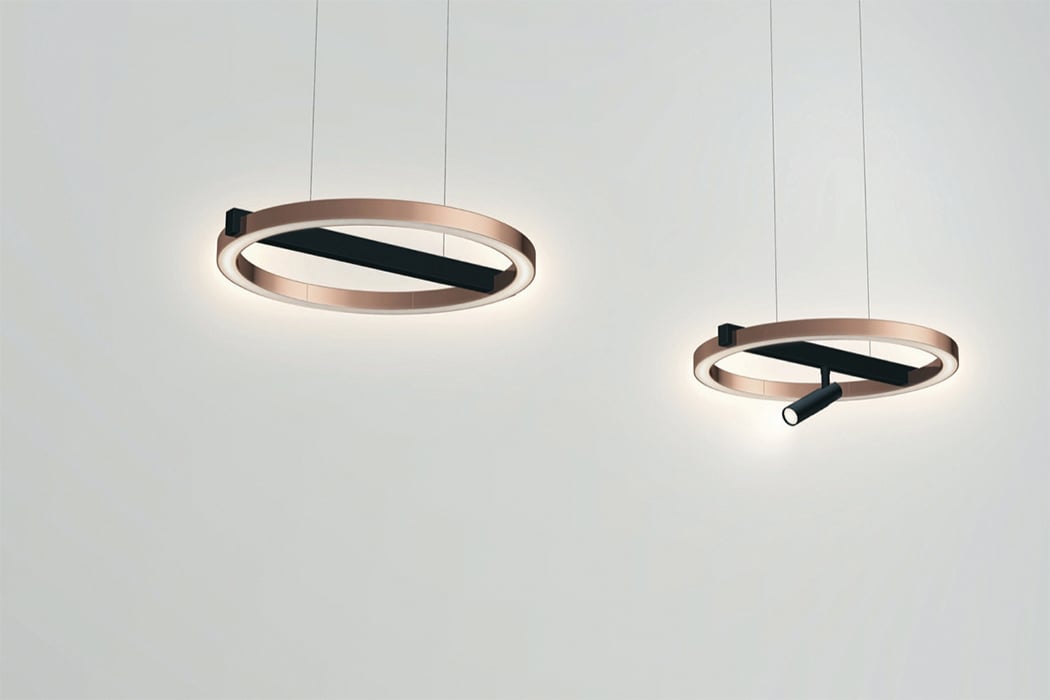
The ceiling, pendant, and floor lamp called Ring is a European Product Design Award-winning interior light fixture designed by Jackie Luo and Wilfried Buelacher for Lampenwelt. The lighting fixture is ultimately a simple design, thanks to its hybrid of design attributes from both integral parts of this product: the common houseplant and lighting accessory. The lamp itself can be hung as a pendant lamp, but can also function as a floor lamp when not suspended from the ceiling. If the pendant lamp is the decided lamp, then the pots for houseplants can either be positioned in the center of the lamp’s ring or entirely done without. A centerpiece for Ring provides the placeholder for plant pots to hang from but can be opted out for a straight, iron bar. Alternatively, users can insert a spotlight that works to enhance the light coming from Ring, which can be used for any variation of the lamp. Thanks to the subdued yet infinite nature of the lamp’s circular head, houseplants are free to drape and grow as naturally as they please.
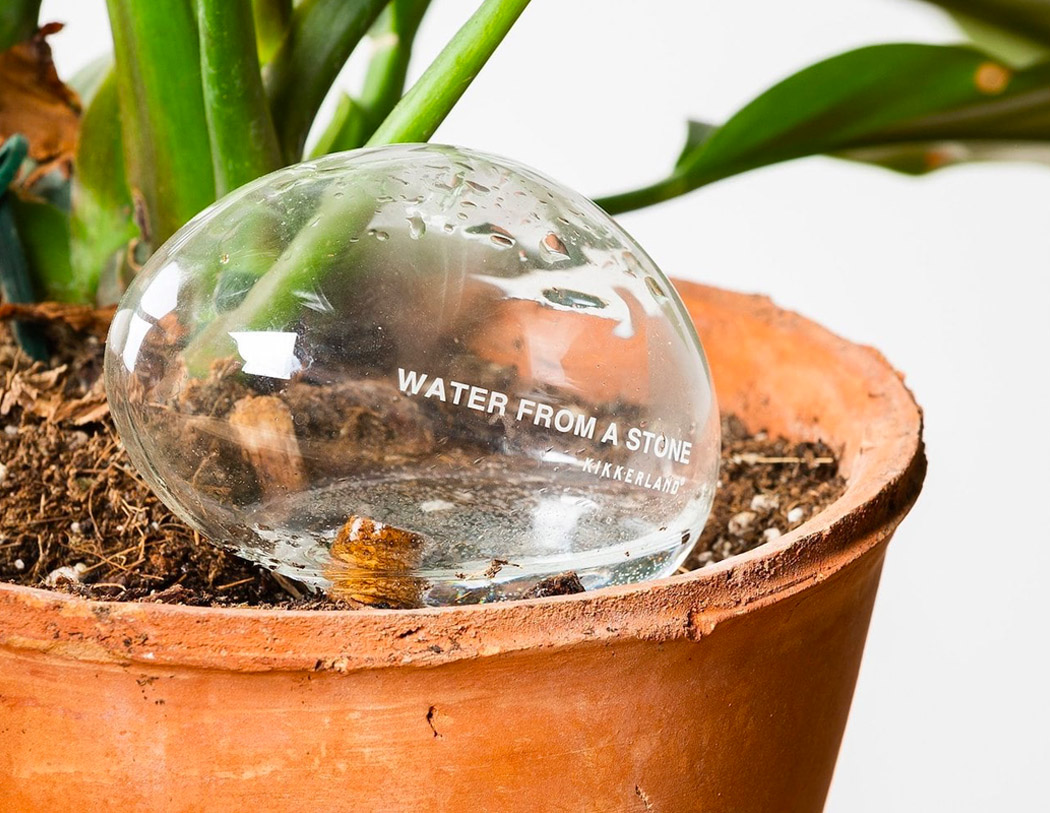
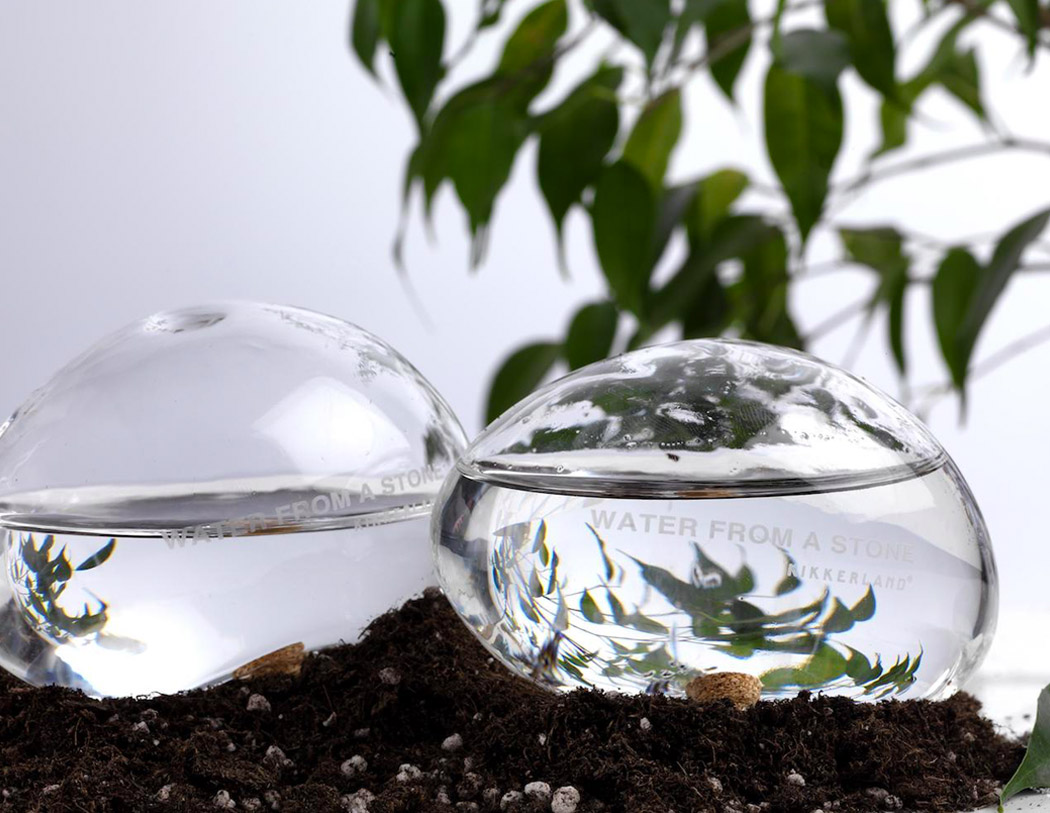
The Kikkerland Automatic Self-Watering Plant Globes is a nifty gardening tool that slowly waters your plant over a duration of three to four days. Made from hand-blown glass, the globes release water into your planter. You simply have to unscrew the cork and pour some clean water into the globe, turn it over to ensure the water streams out of the release hole, and place the globe in the planter. Tap the globe a few times, so that the water begins to flow out, and your plants are well-hydrated for a couple of days at least! Not to mention, these little gardening globes look really adorable and cute!
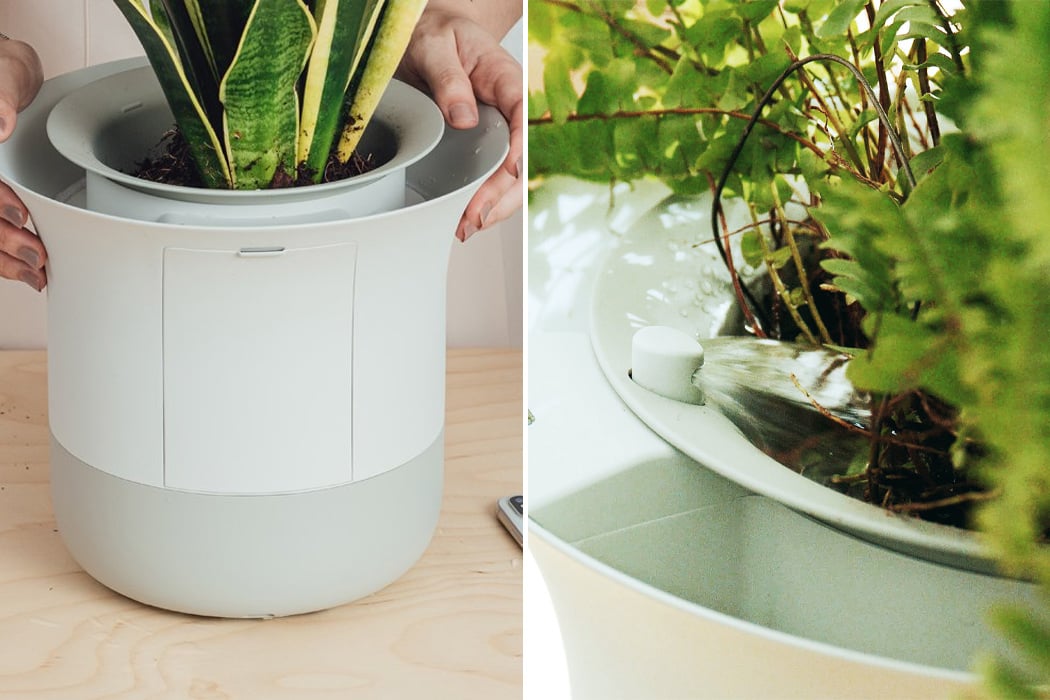
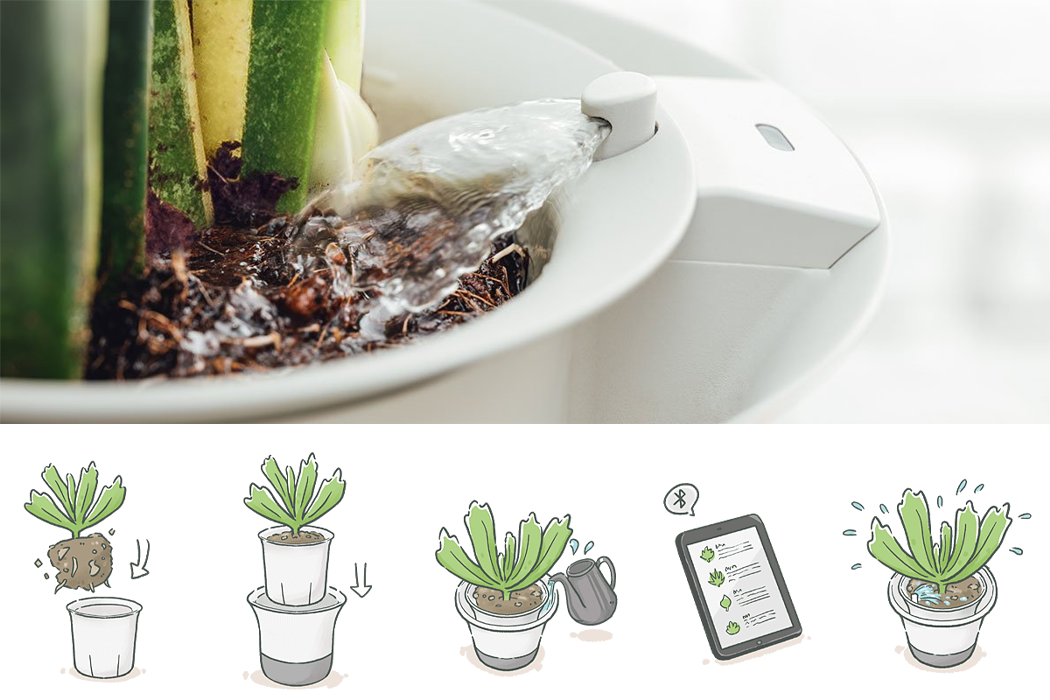
Wazai, from Abilliant, is an award-winning, wirelessly autonomous gardening assistant for your plant and comes with an app that allows you to care for your houseplants while you’re away from home, earning iF World Design’s 2020 Award for Product Design. According to each plant’s individual needs, Wazai waters your plant automatically and advises you of the best location for optimal sunlight. Wazai comes with two main components. The first, the inner pot, is what the user fills with fresh soil for the house plant to mix into, then the inner pot clicks into the bigger pot. Wazai runs using alkaline batteries that will have to be changed once every six months and the plastic used to produce the pot is UV-resistant, waterproof, and complete with a drainage system. Aligning the inner pot with the larger pot’s lock-and-click mechanism, the user can then pour around two liters worth of water into the larger pot from any angle. Then, Wazai takes over.
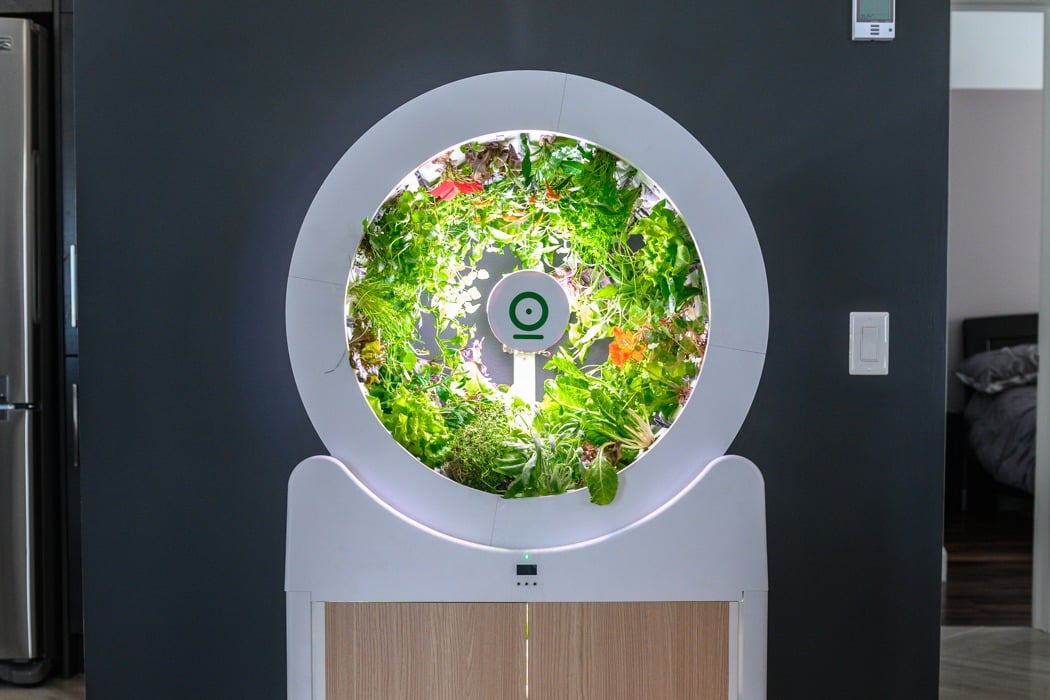
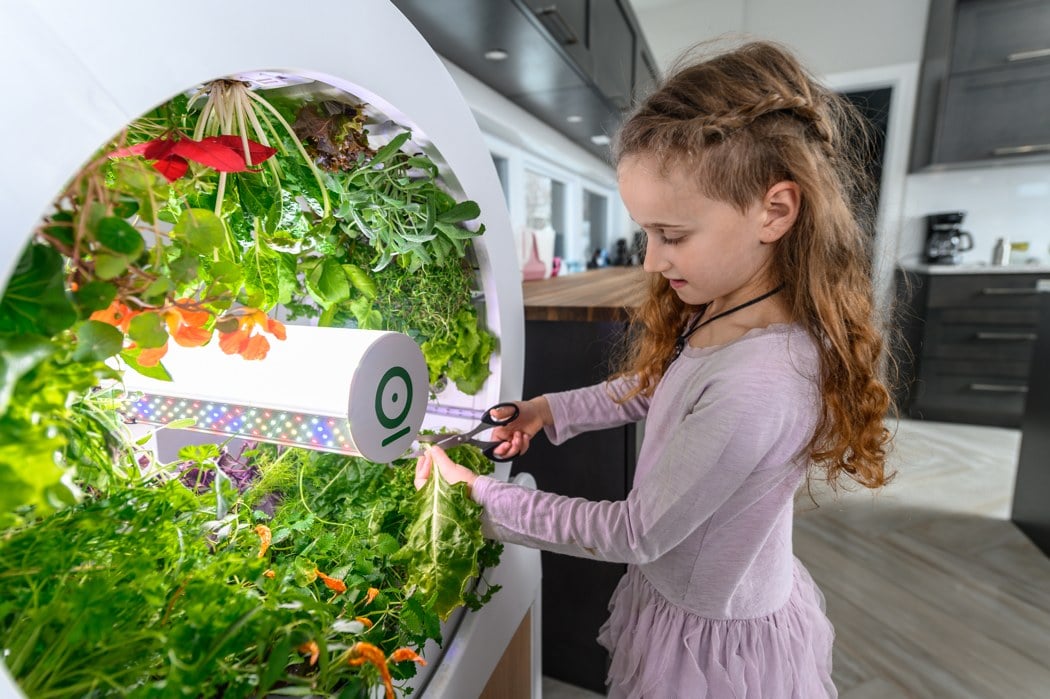
OGarden is the indoor gardening system that makes growing fruit and veg a breeze! By bringing the produce into the home, you are no longer reliant on the weather, therefore having greater control of the entire process. An incredible 90 plants can be grown simultaneously, with 60 plants flourishing within the wheel, and a further 30 seedlings growing in the cabinet below! OGarden features a rather unique watering system that controls the plant’s water intake; the rotating wheel gives each plant the optimum amount of time to take in the water, allowing them to thrive, whilst a secondary reservoir that’s coupled with a pump provides the developing seedlings with water.

